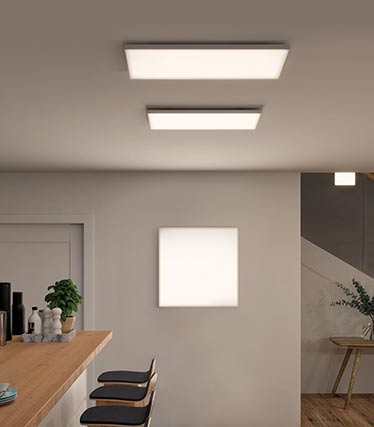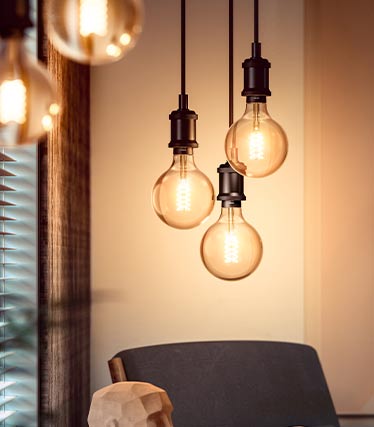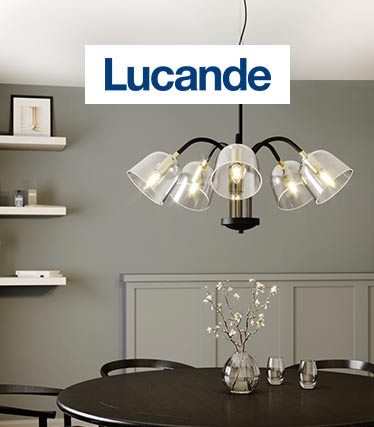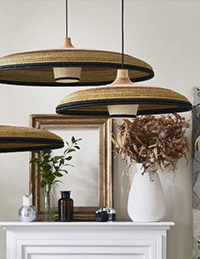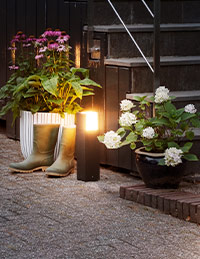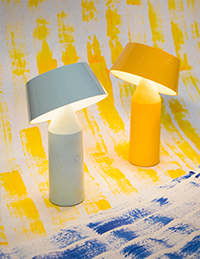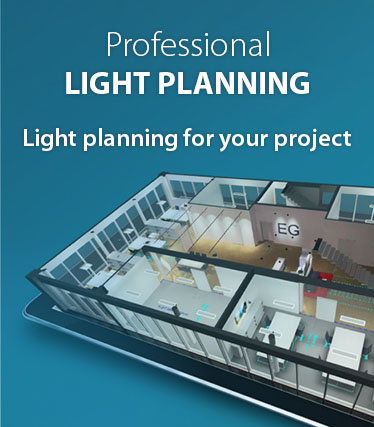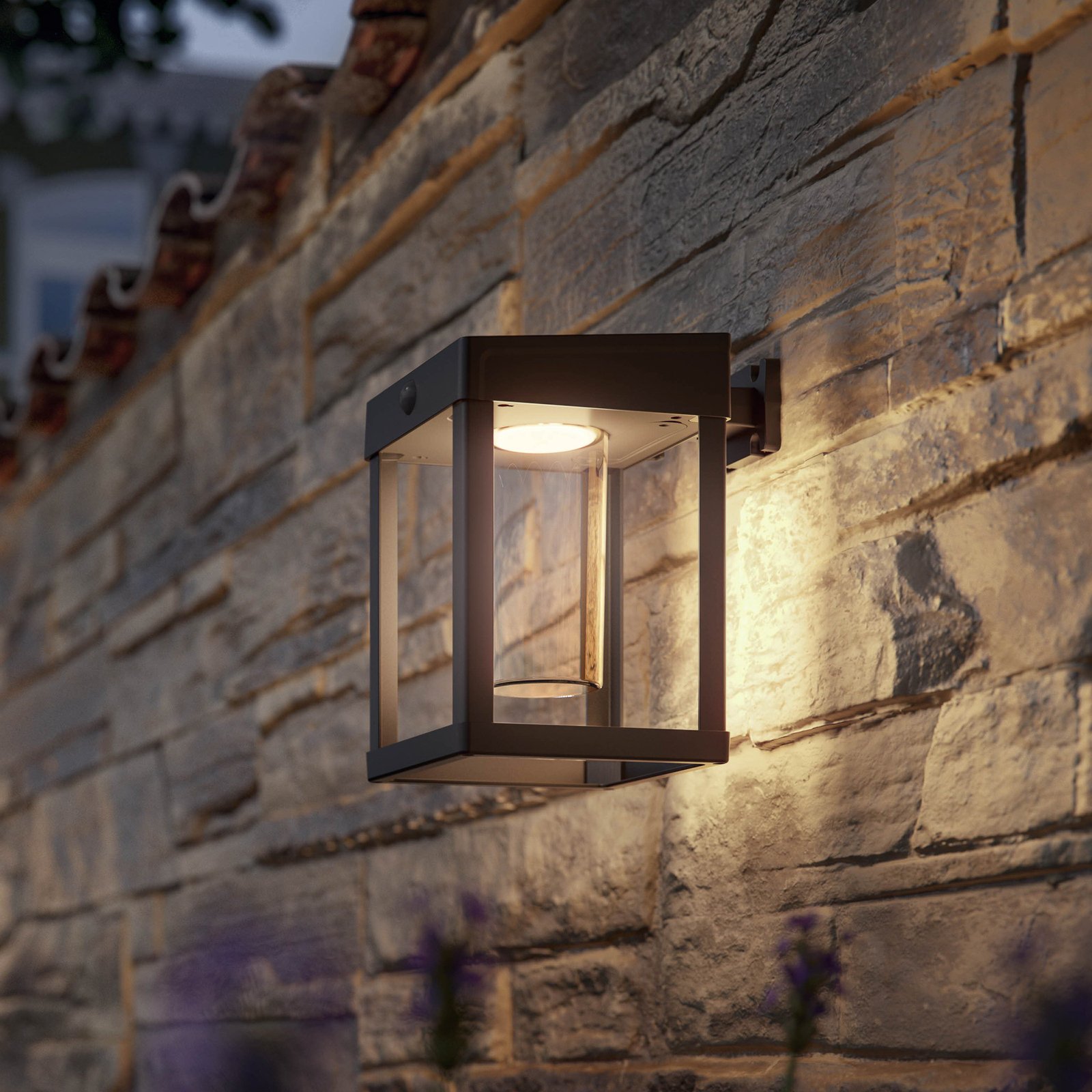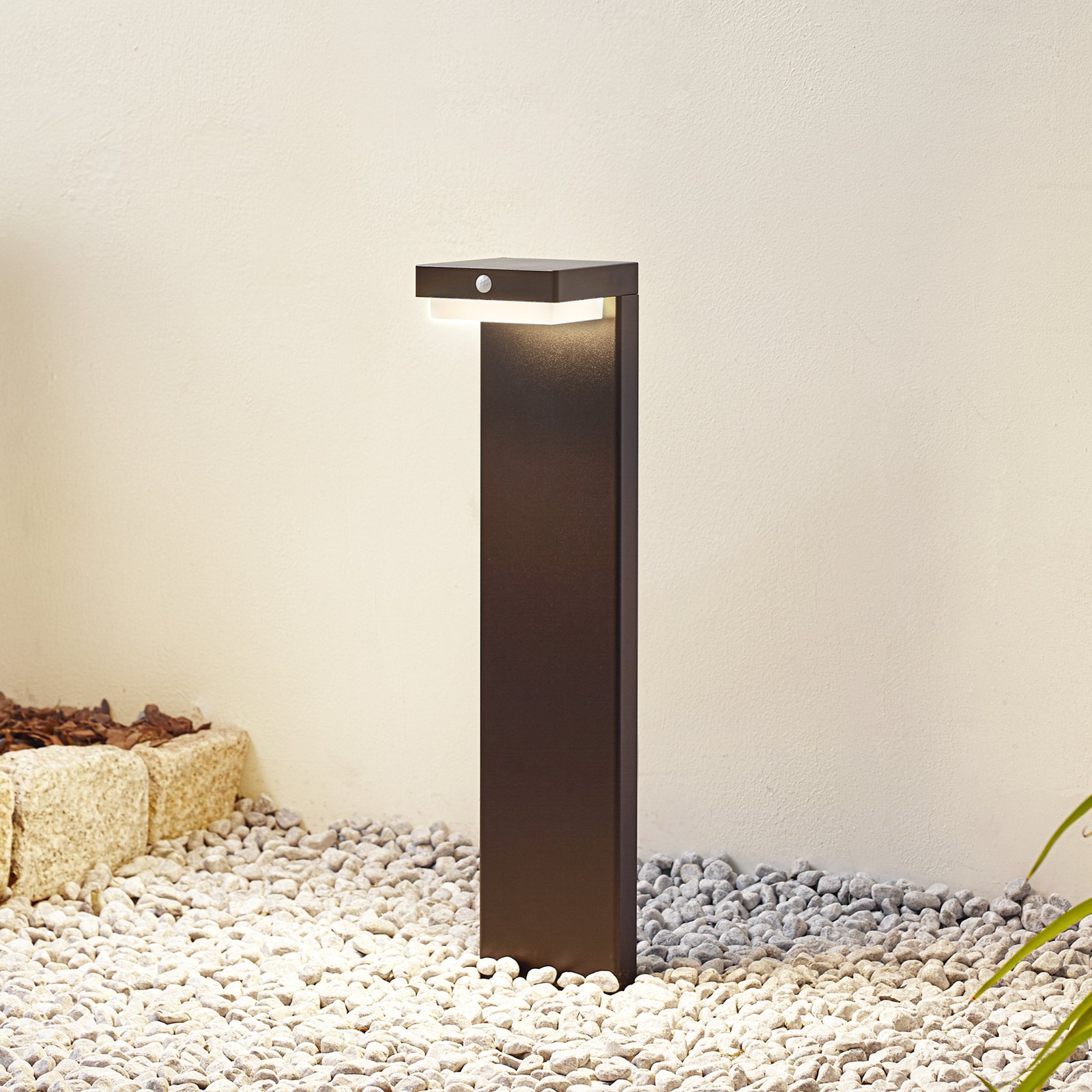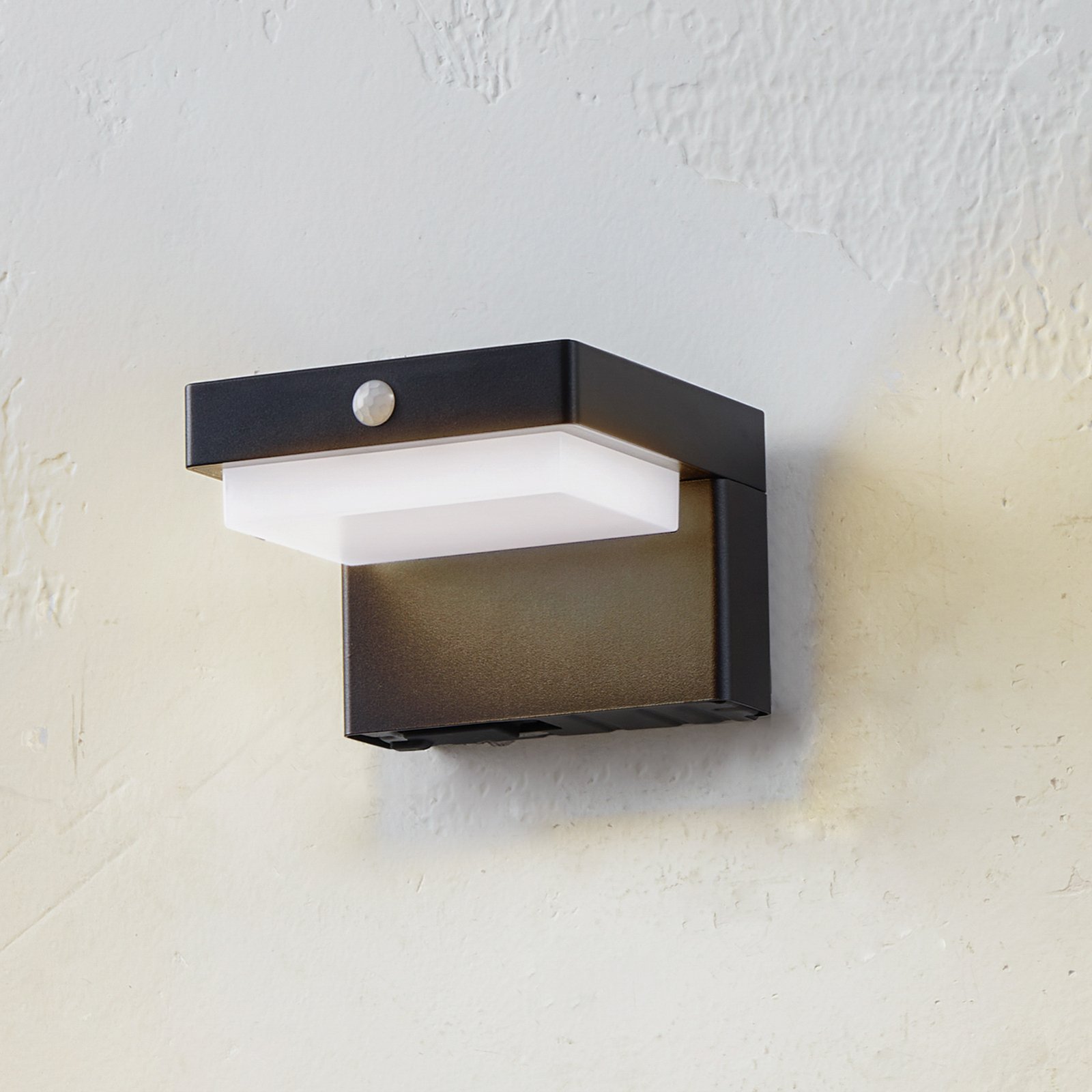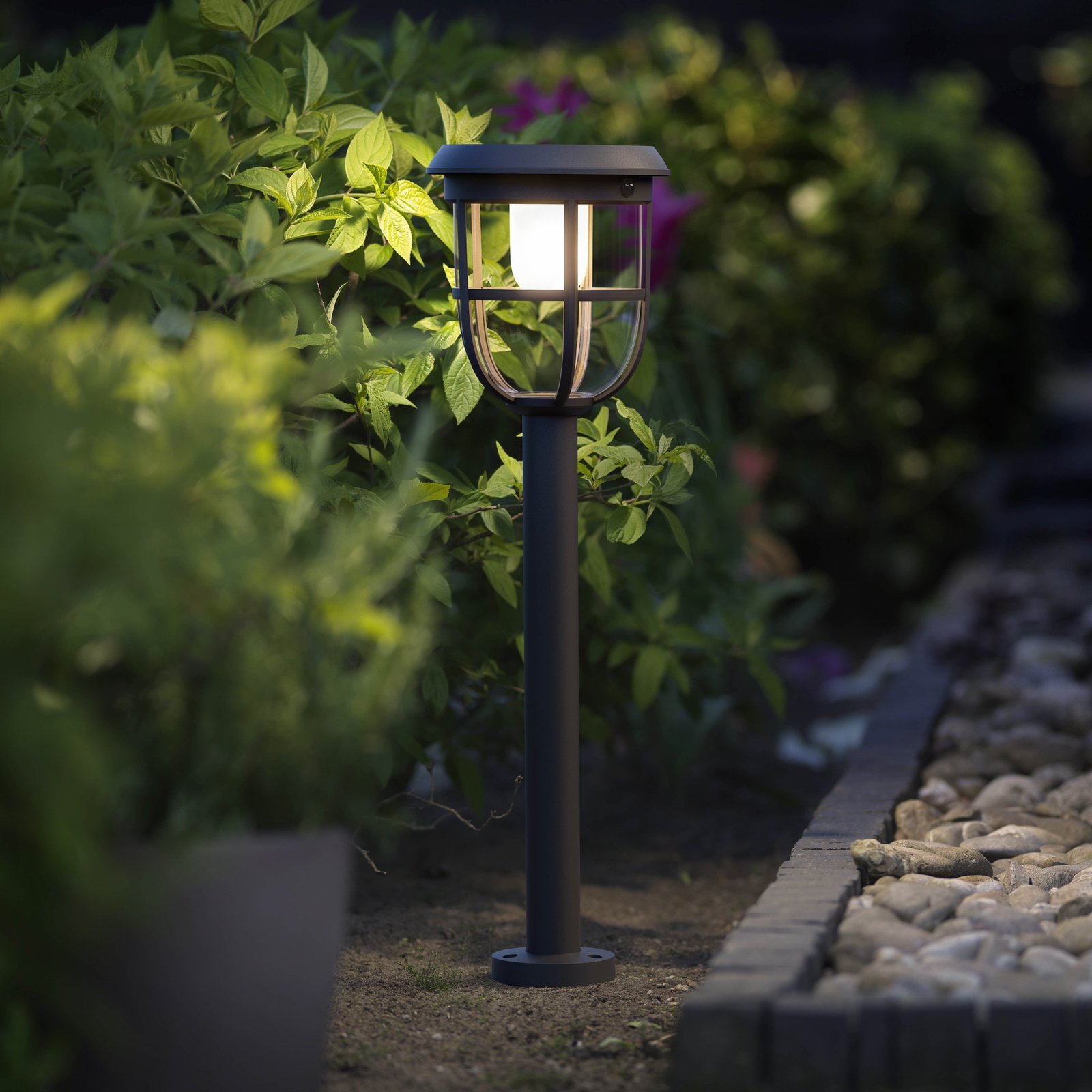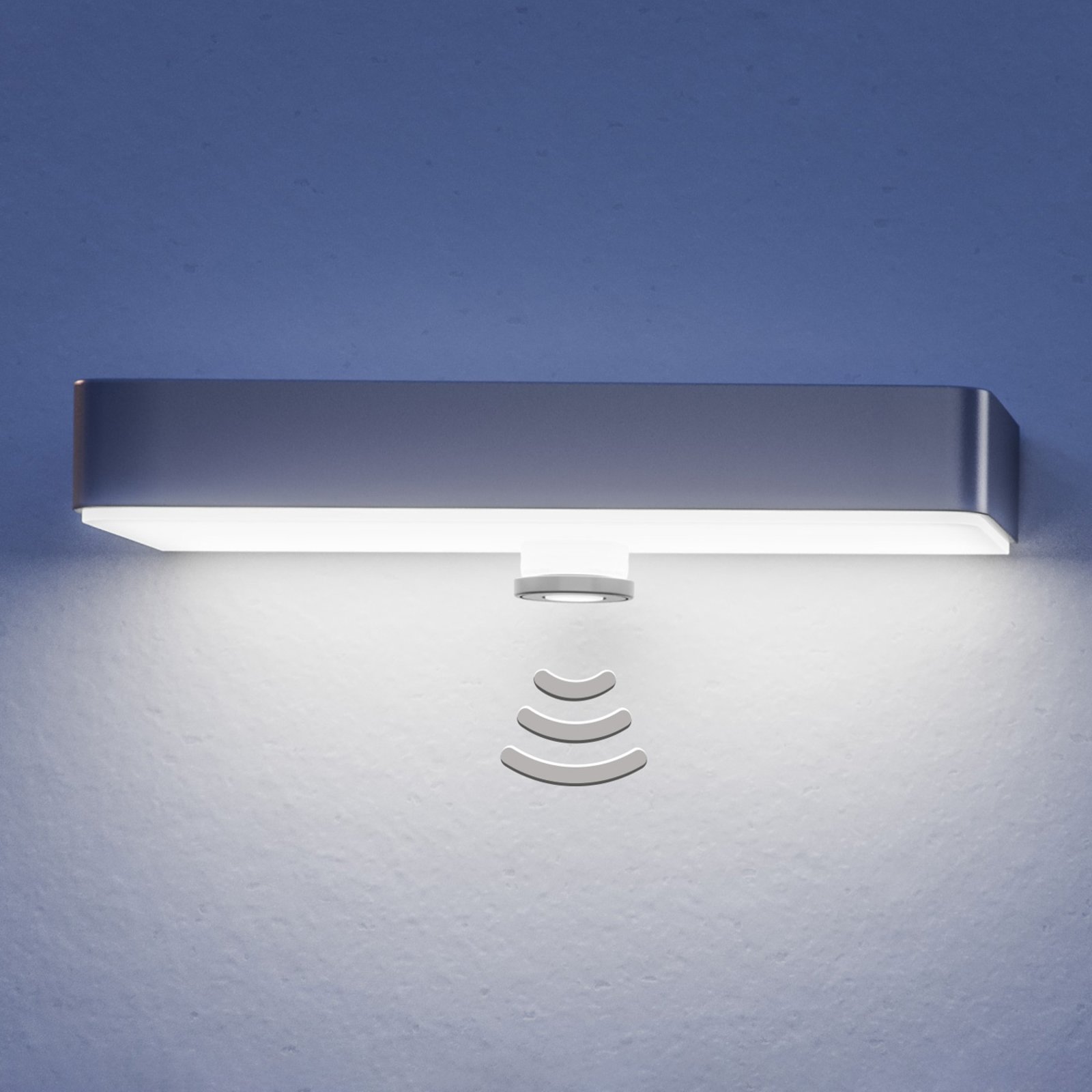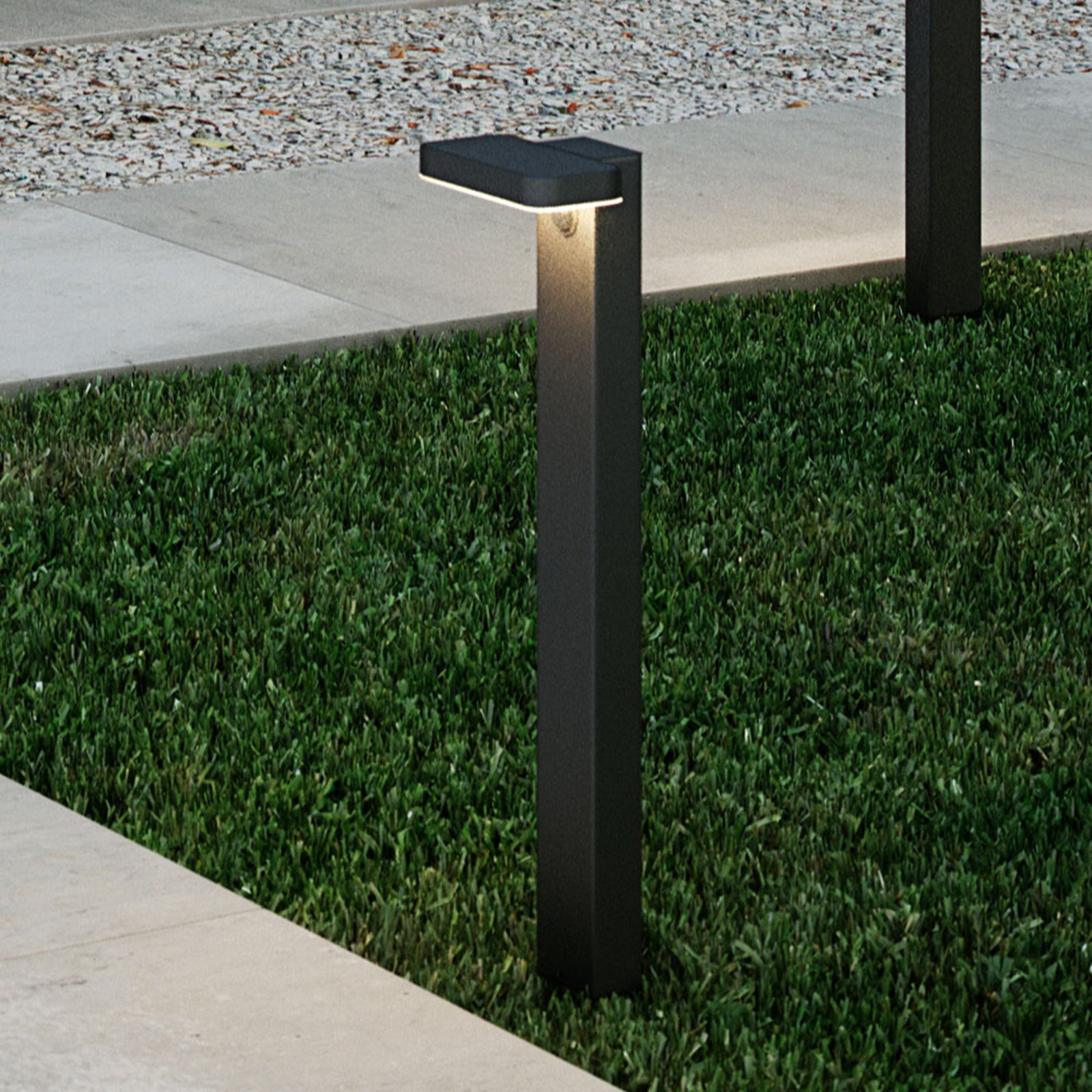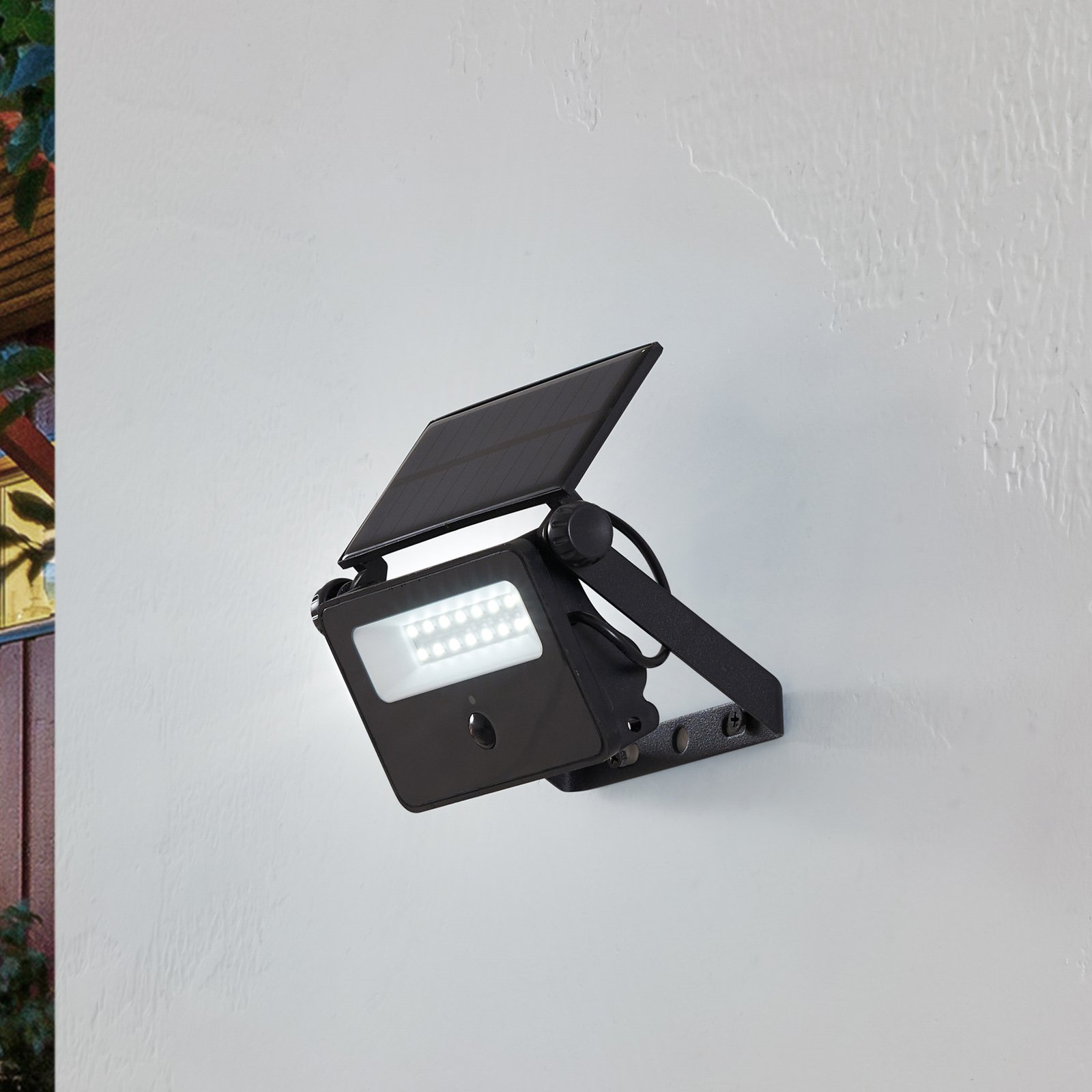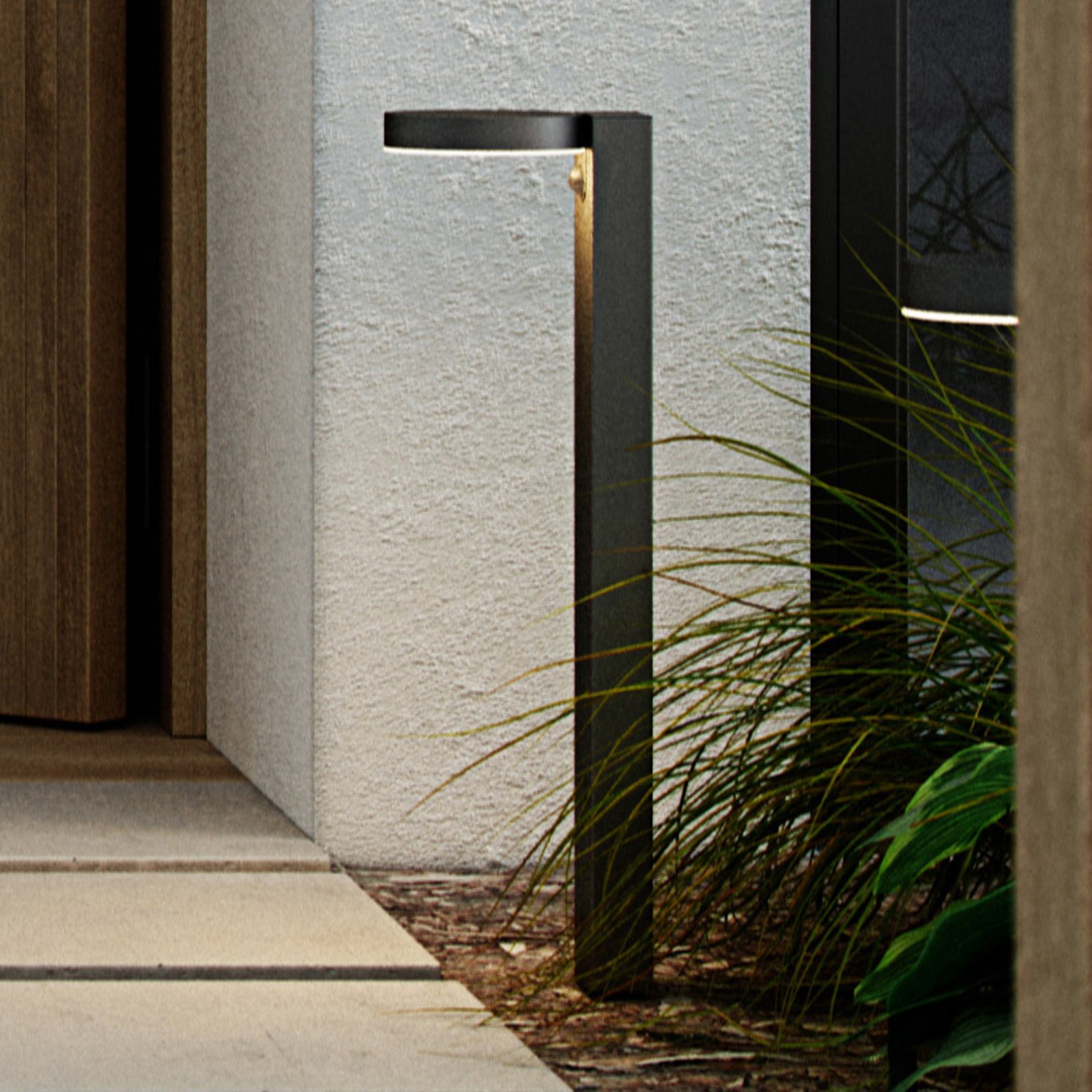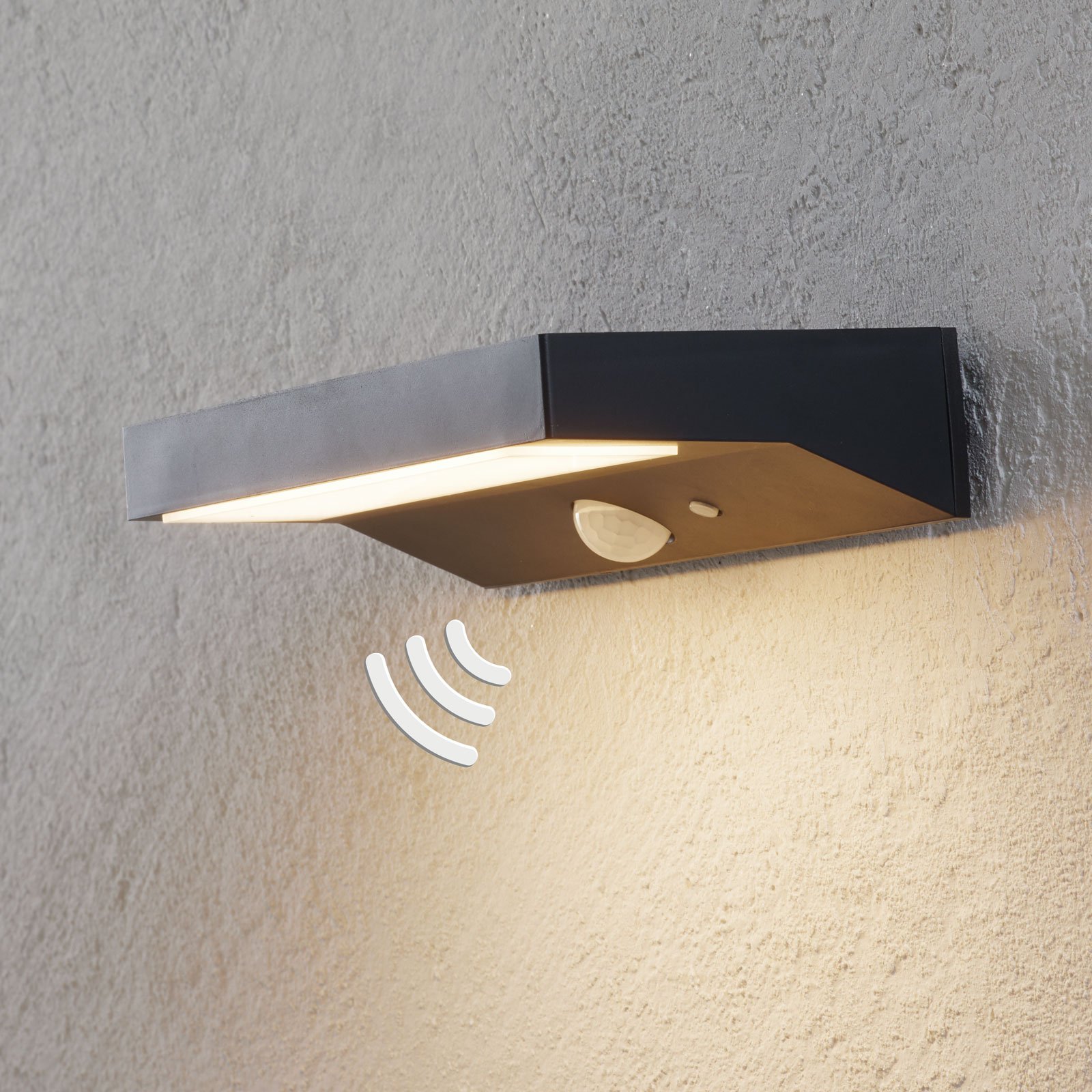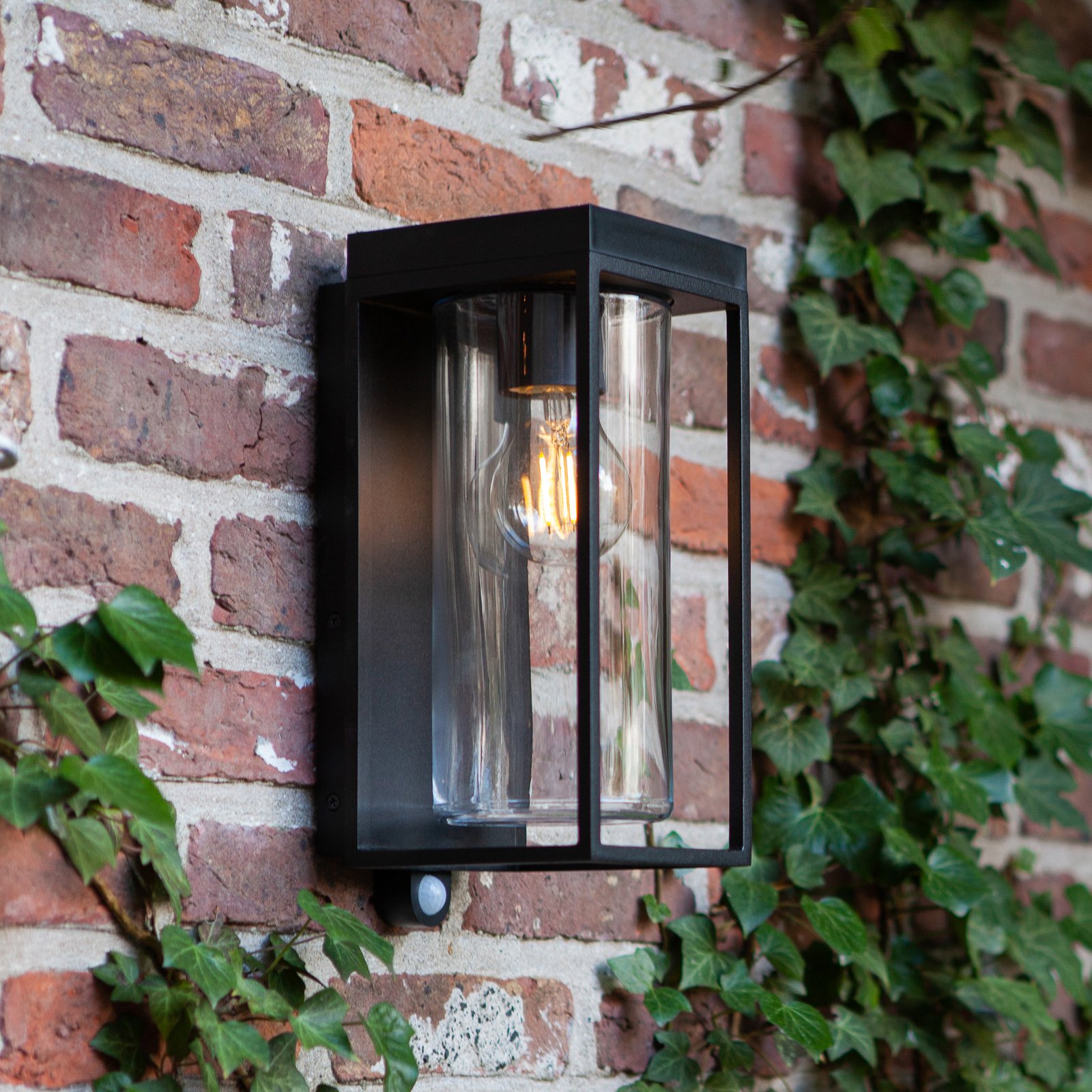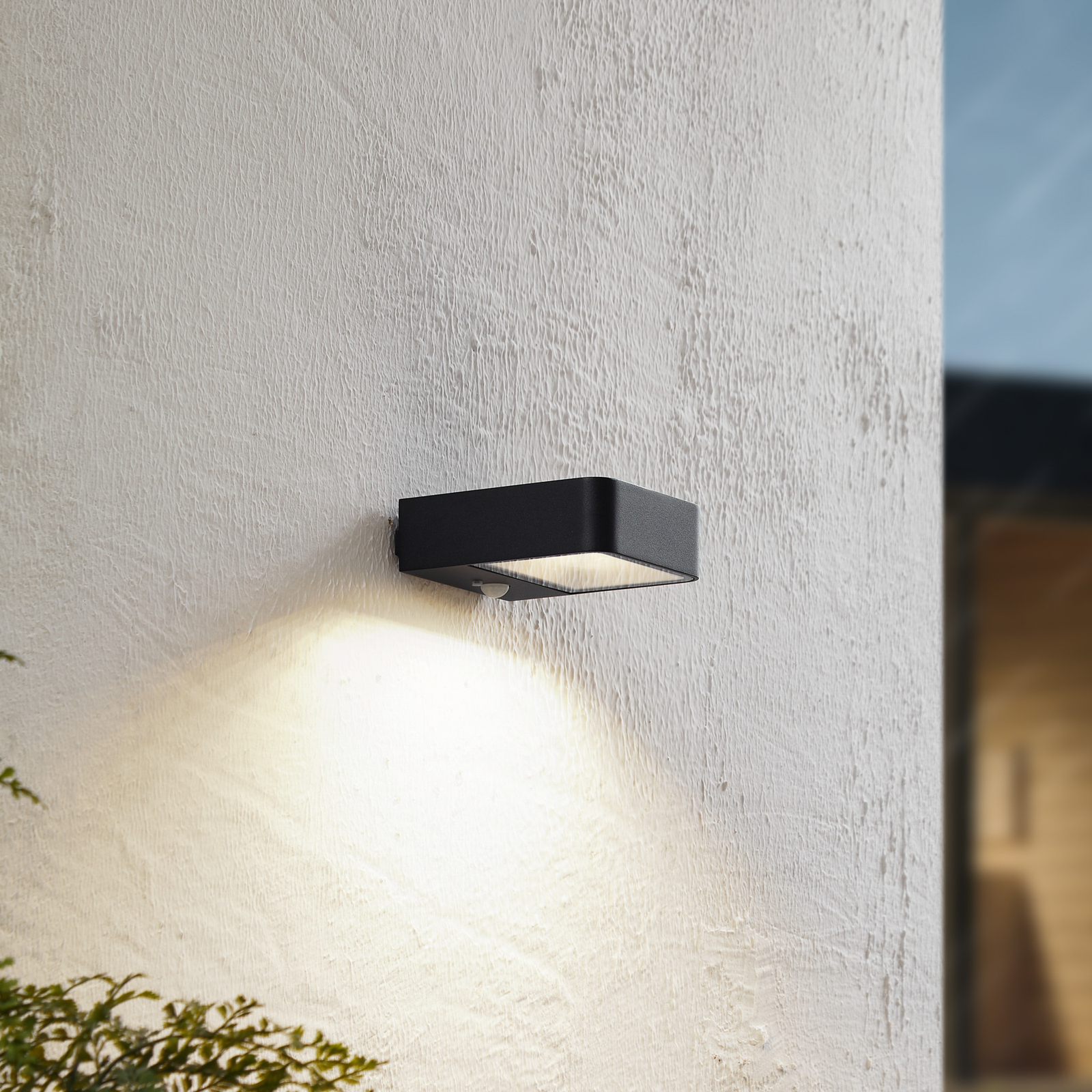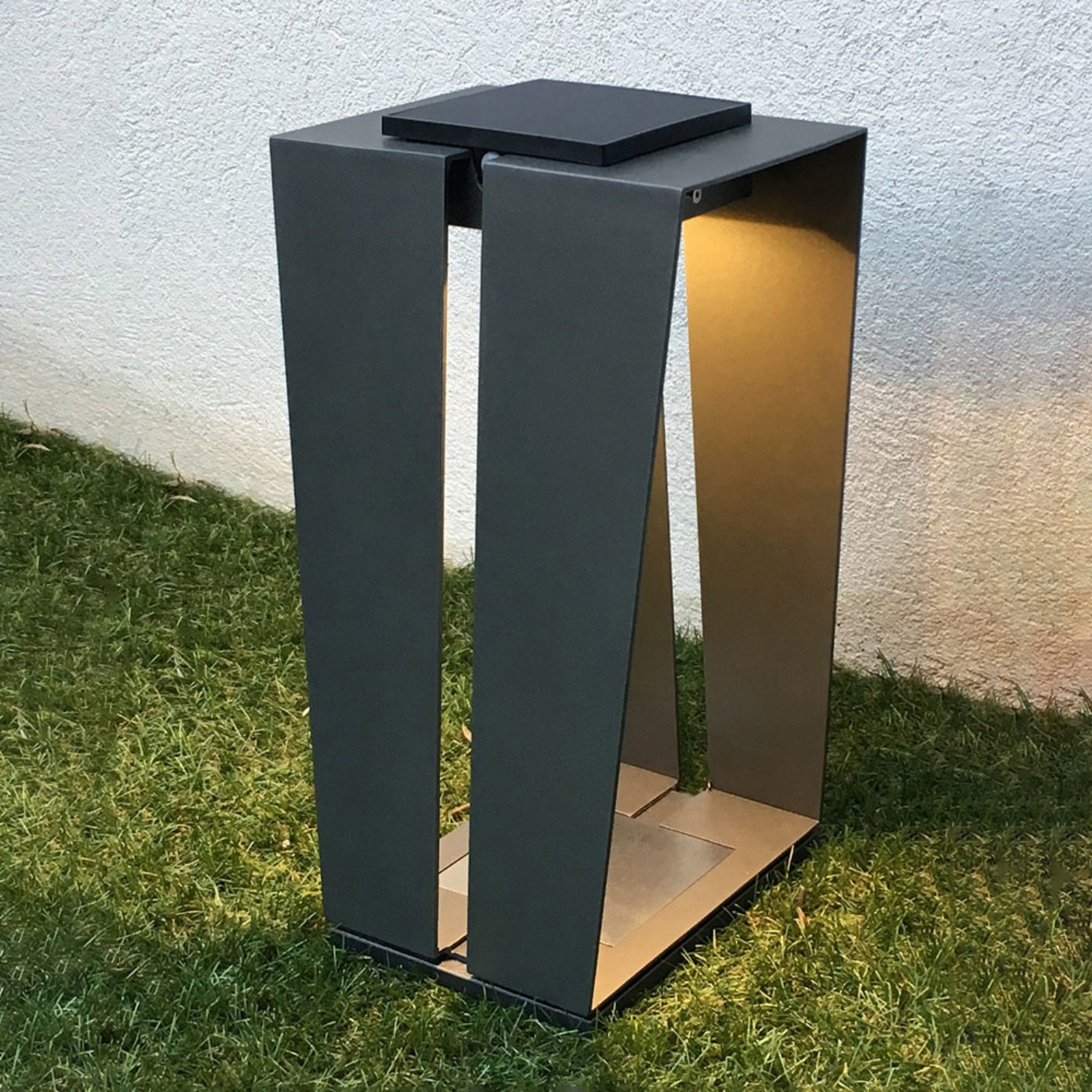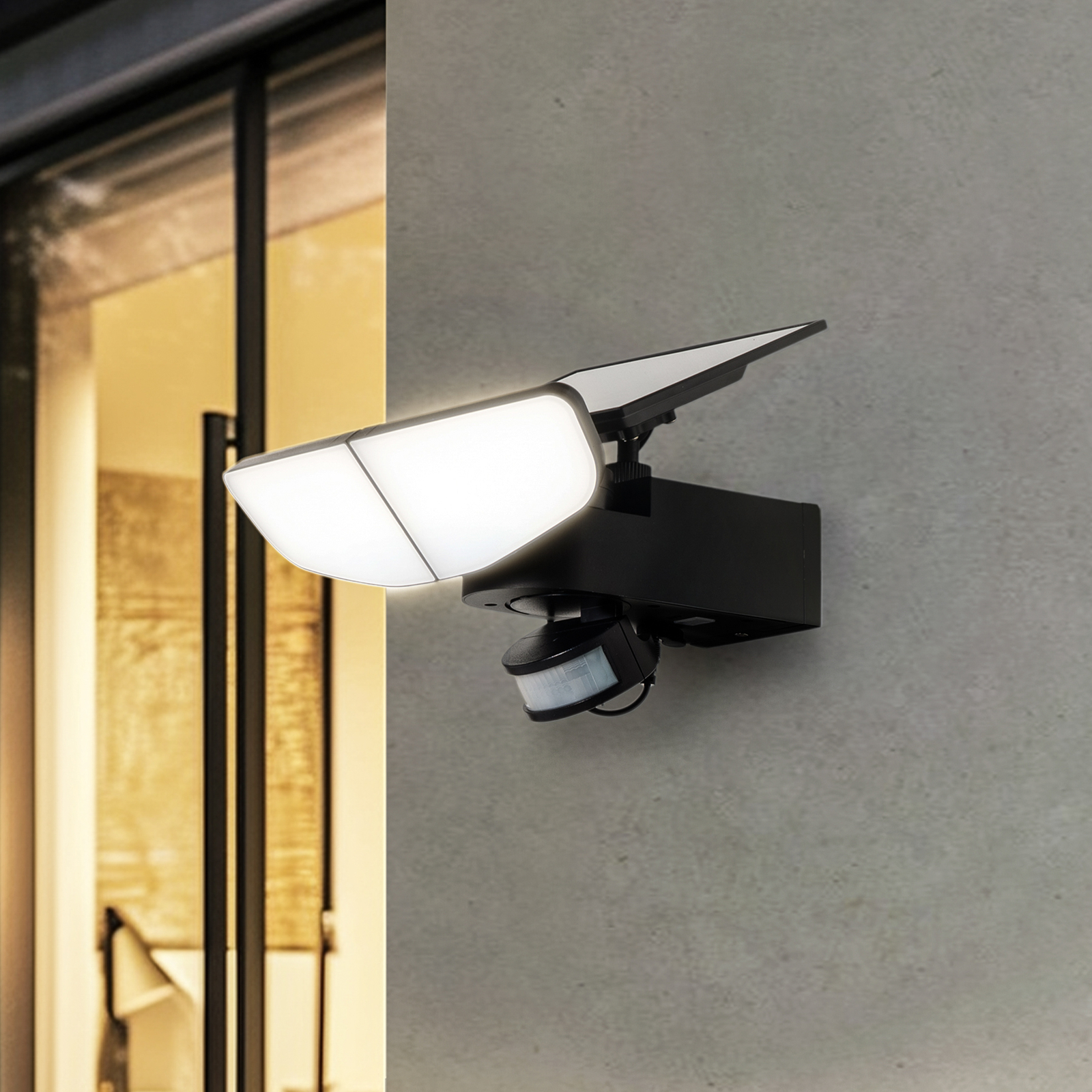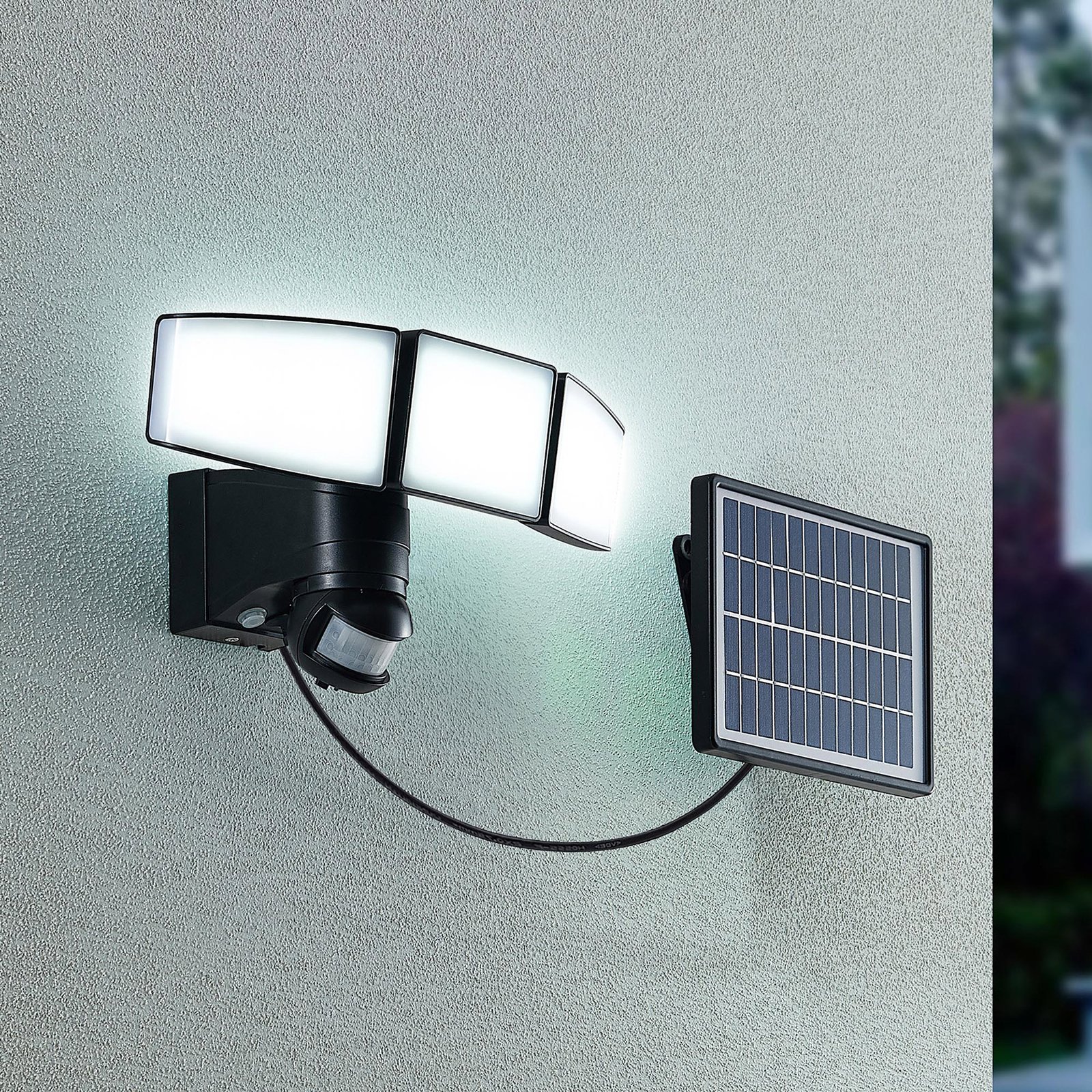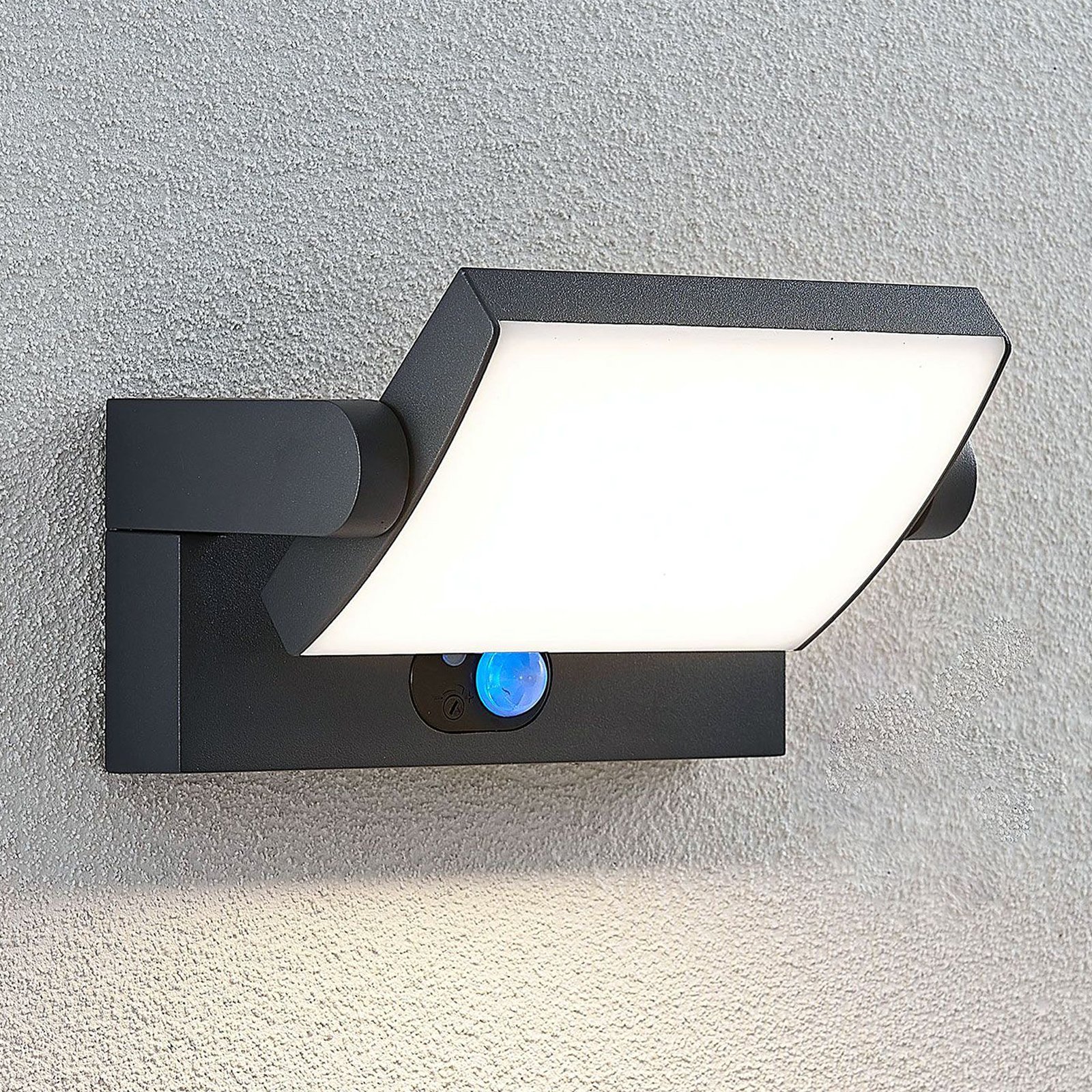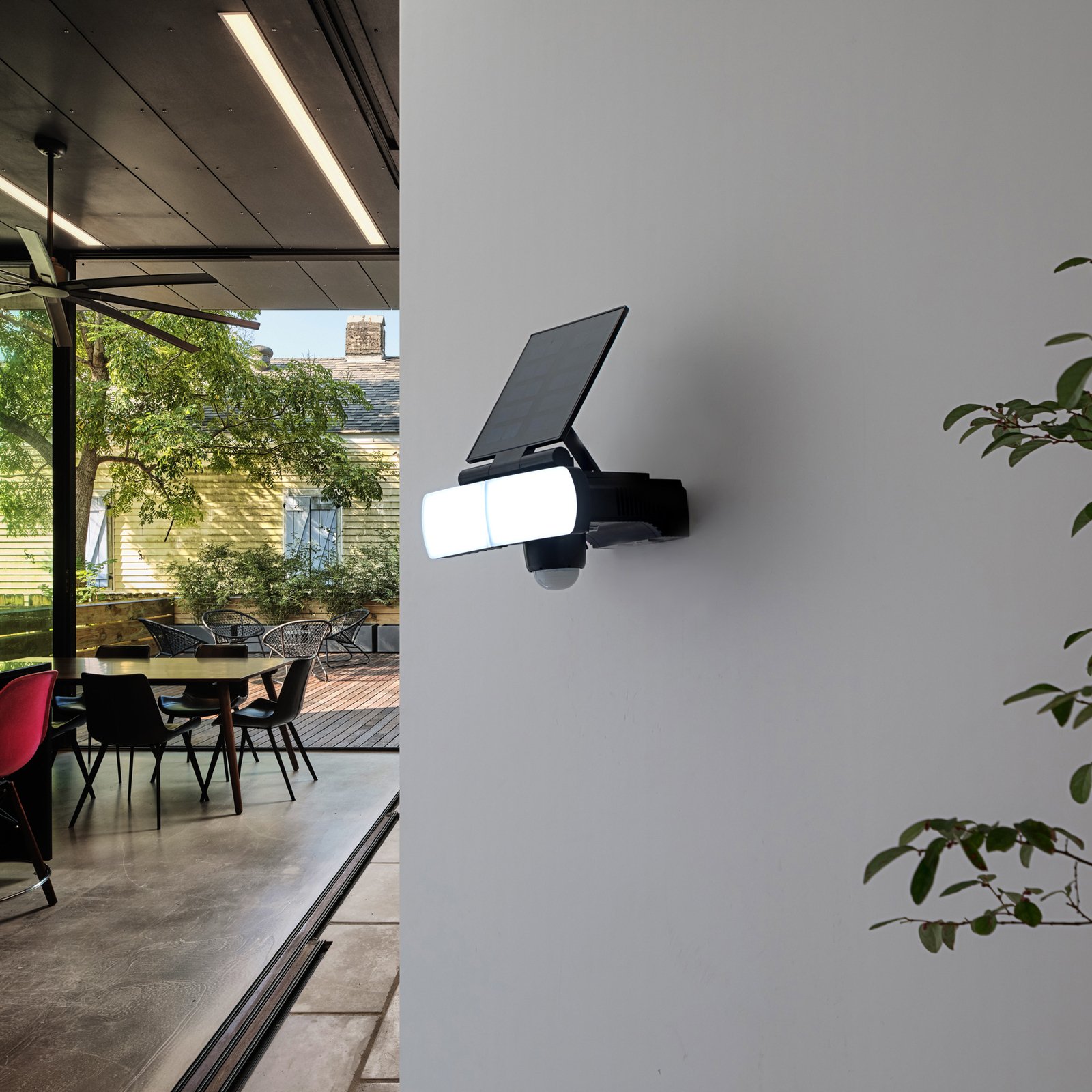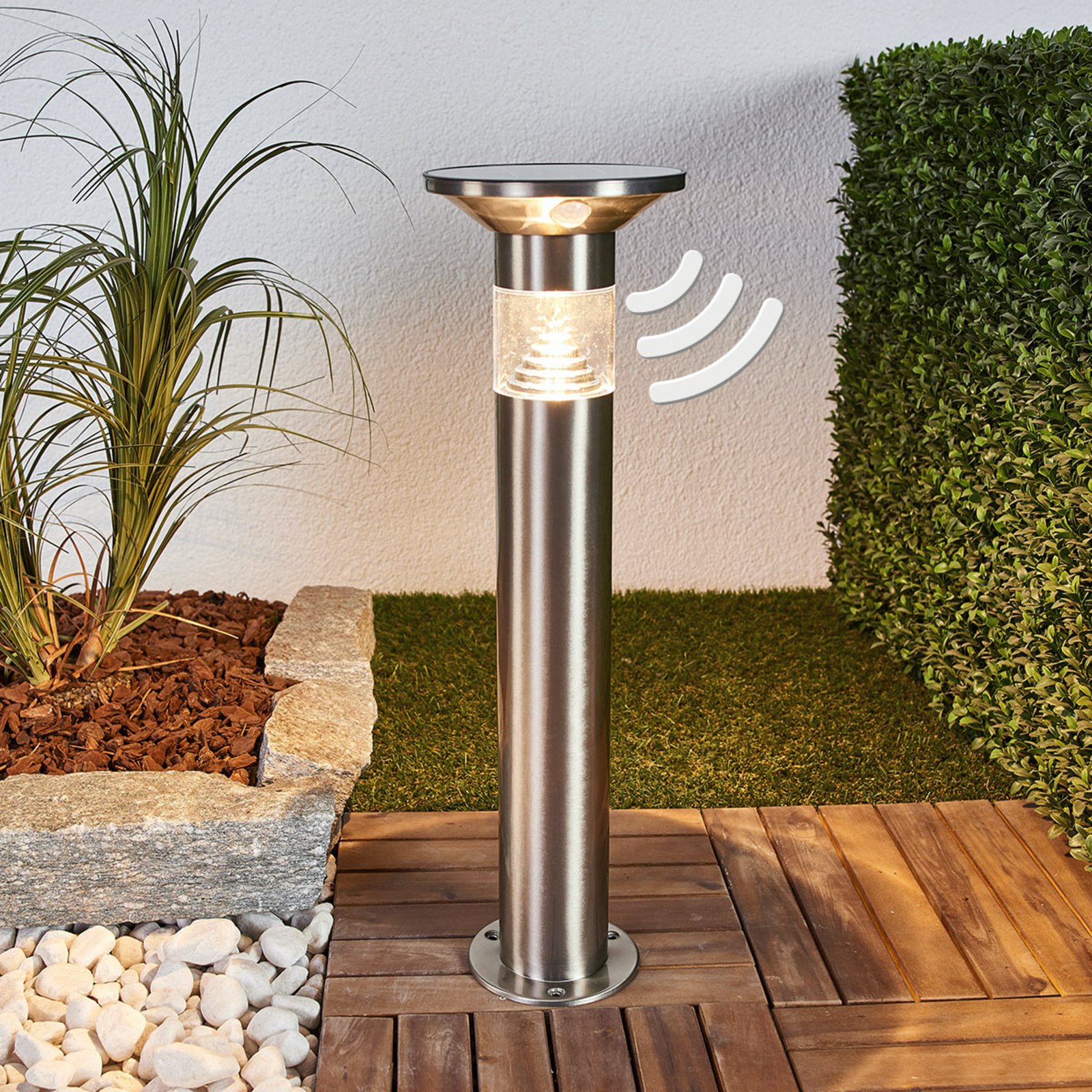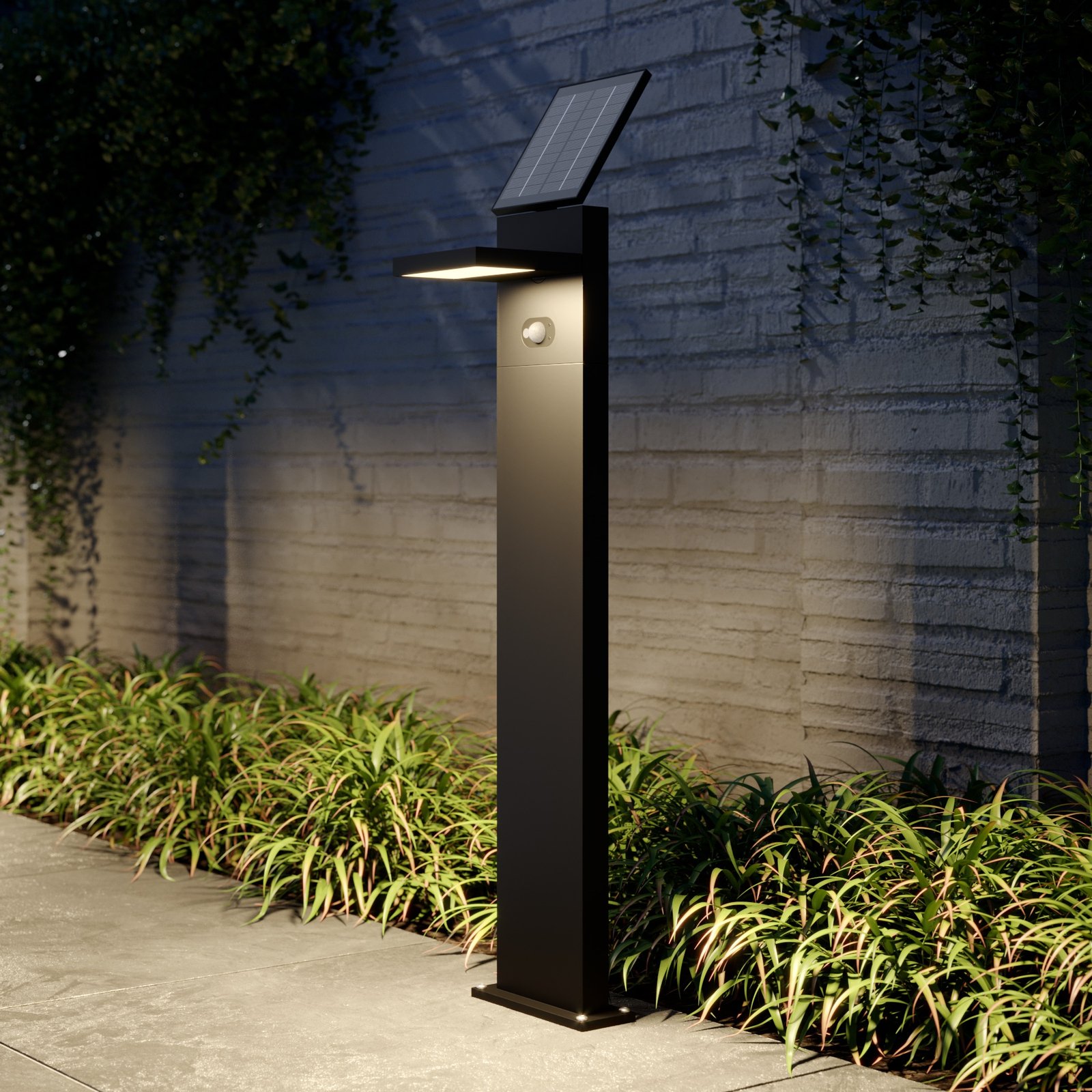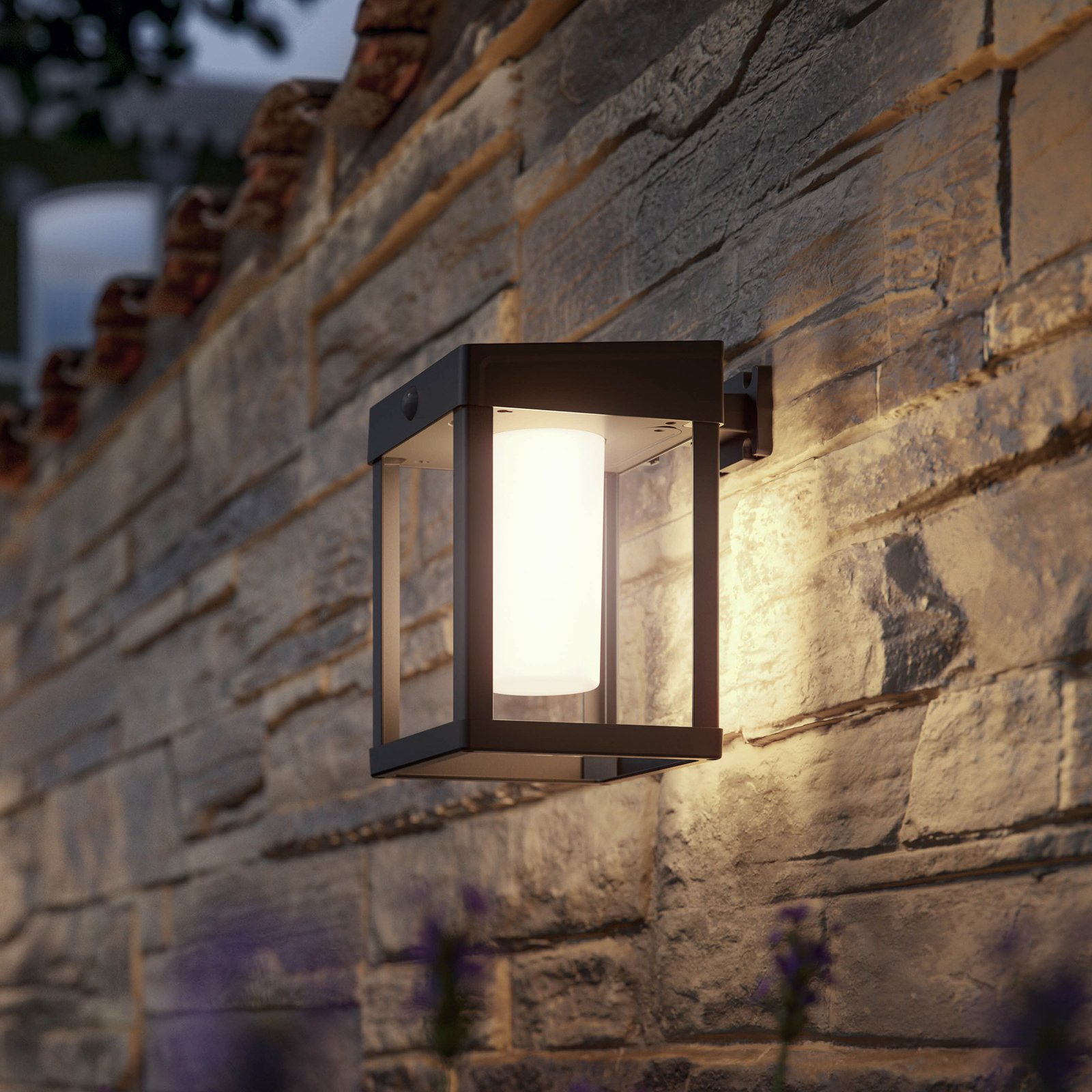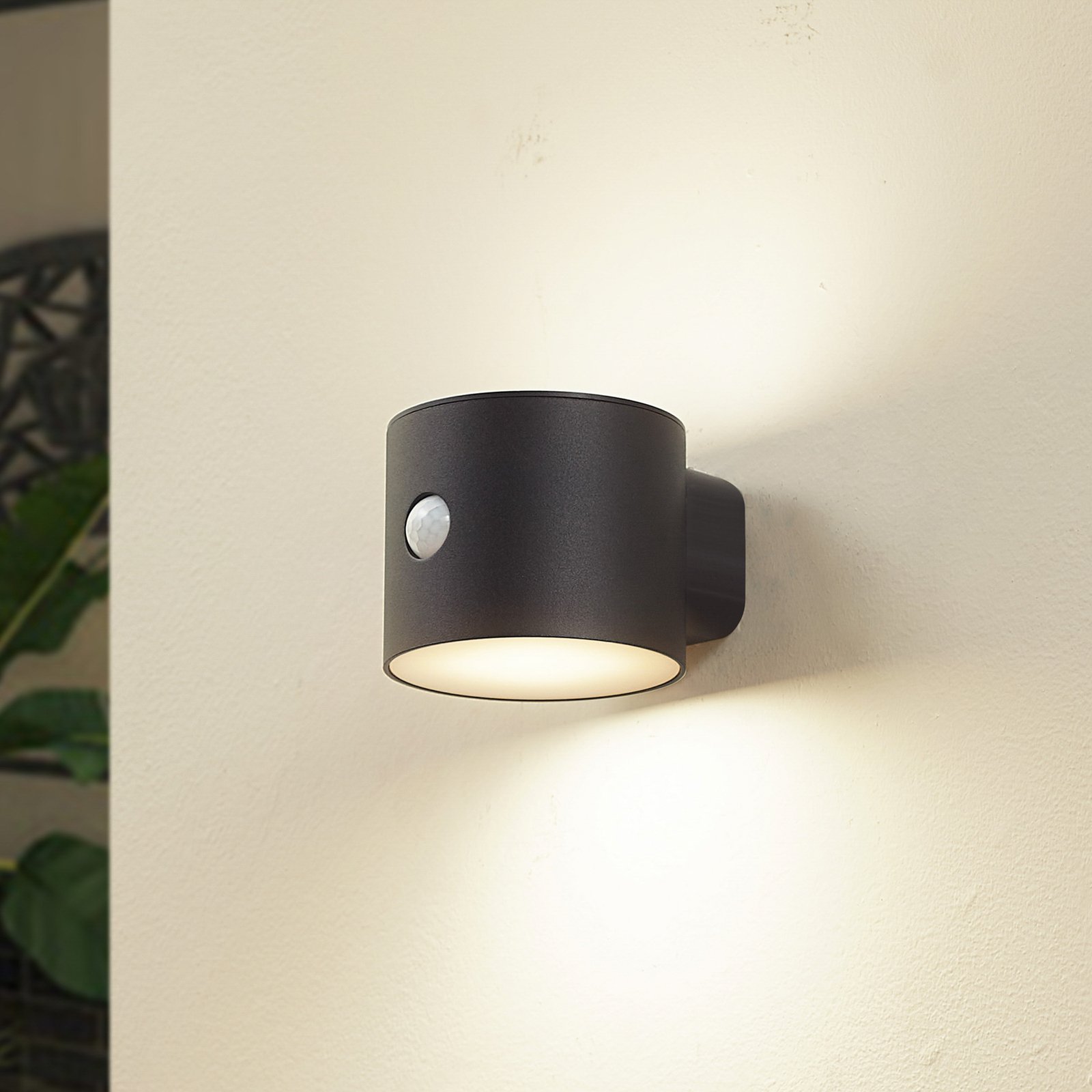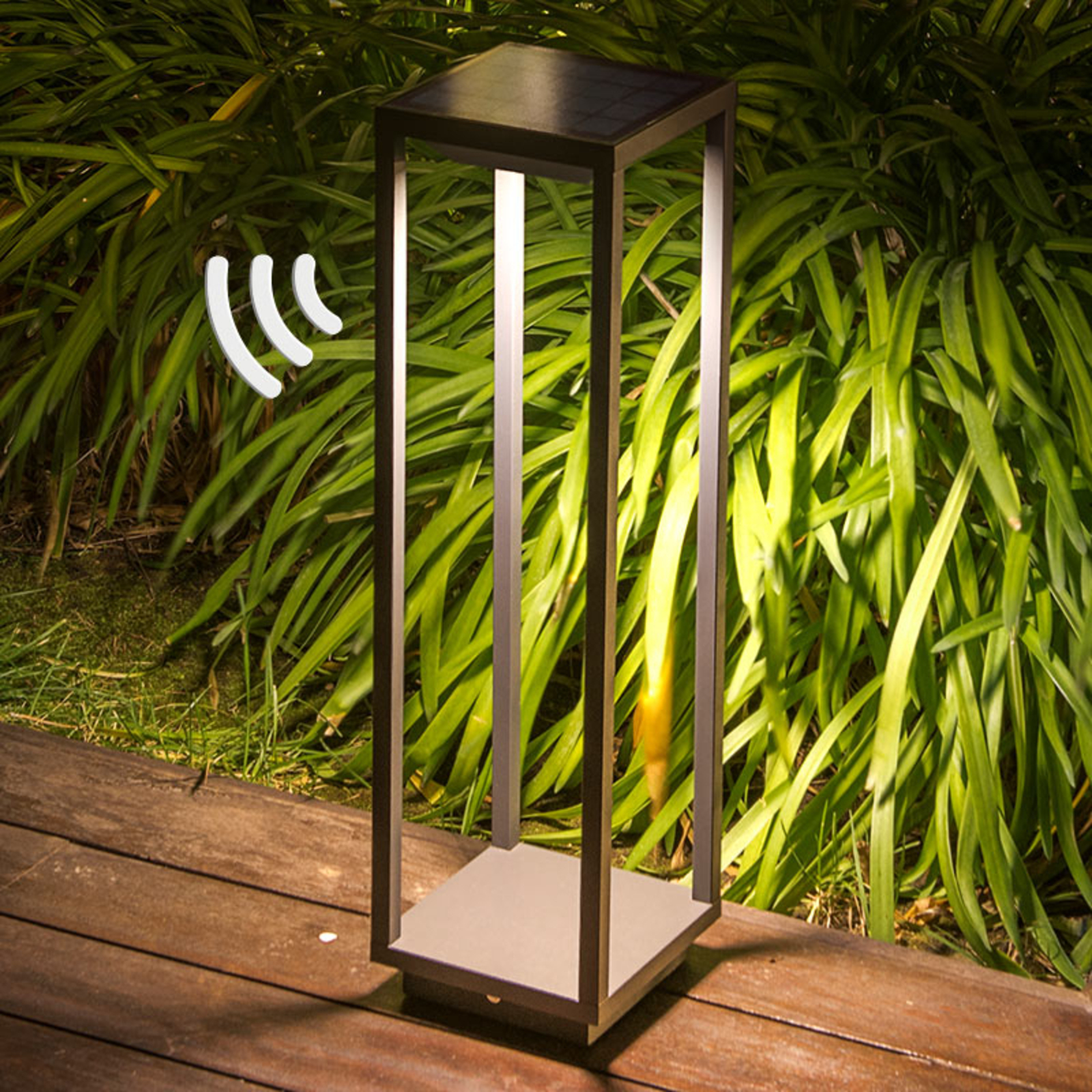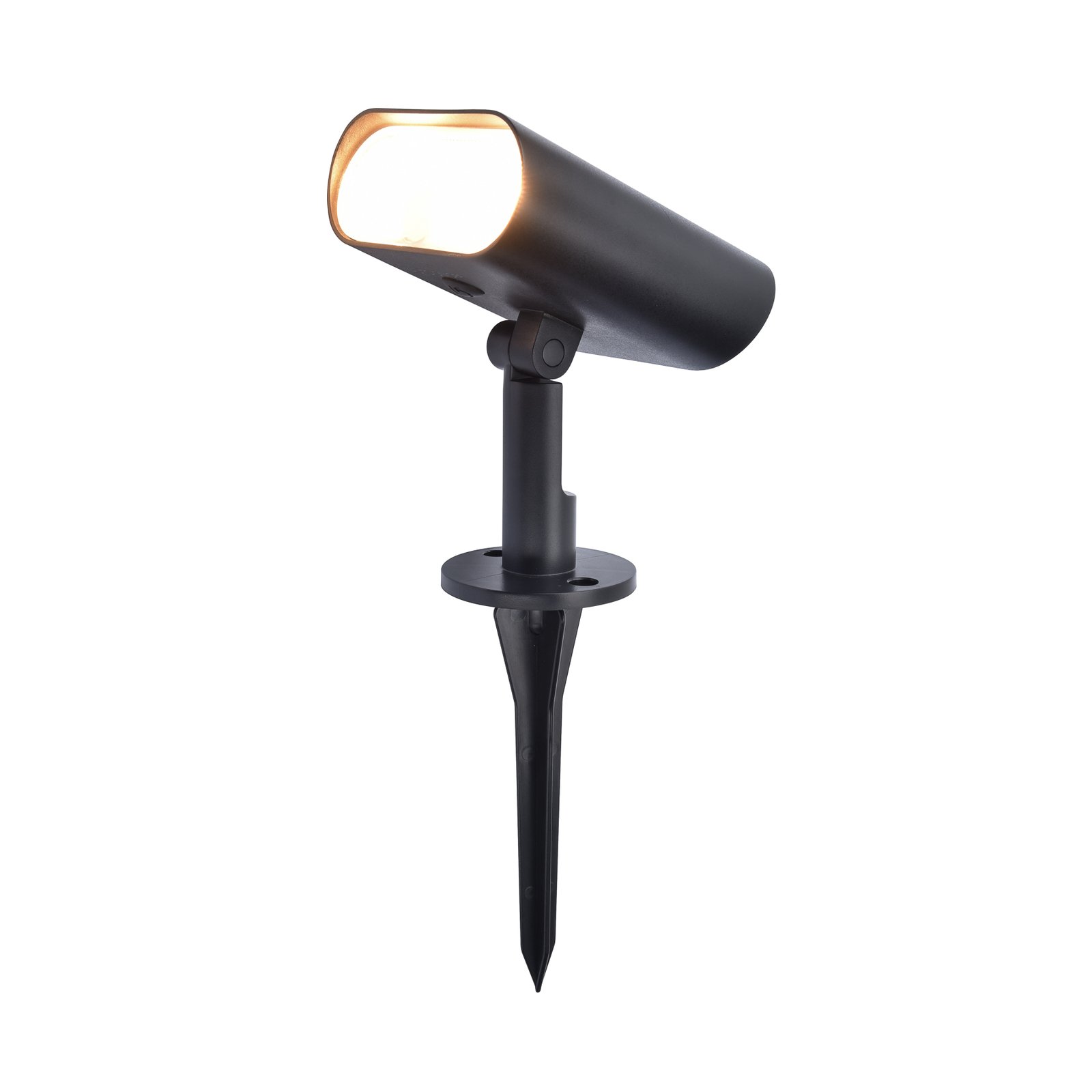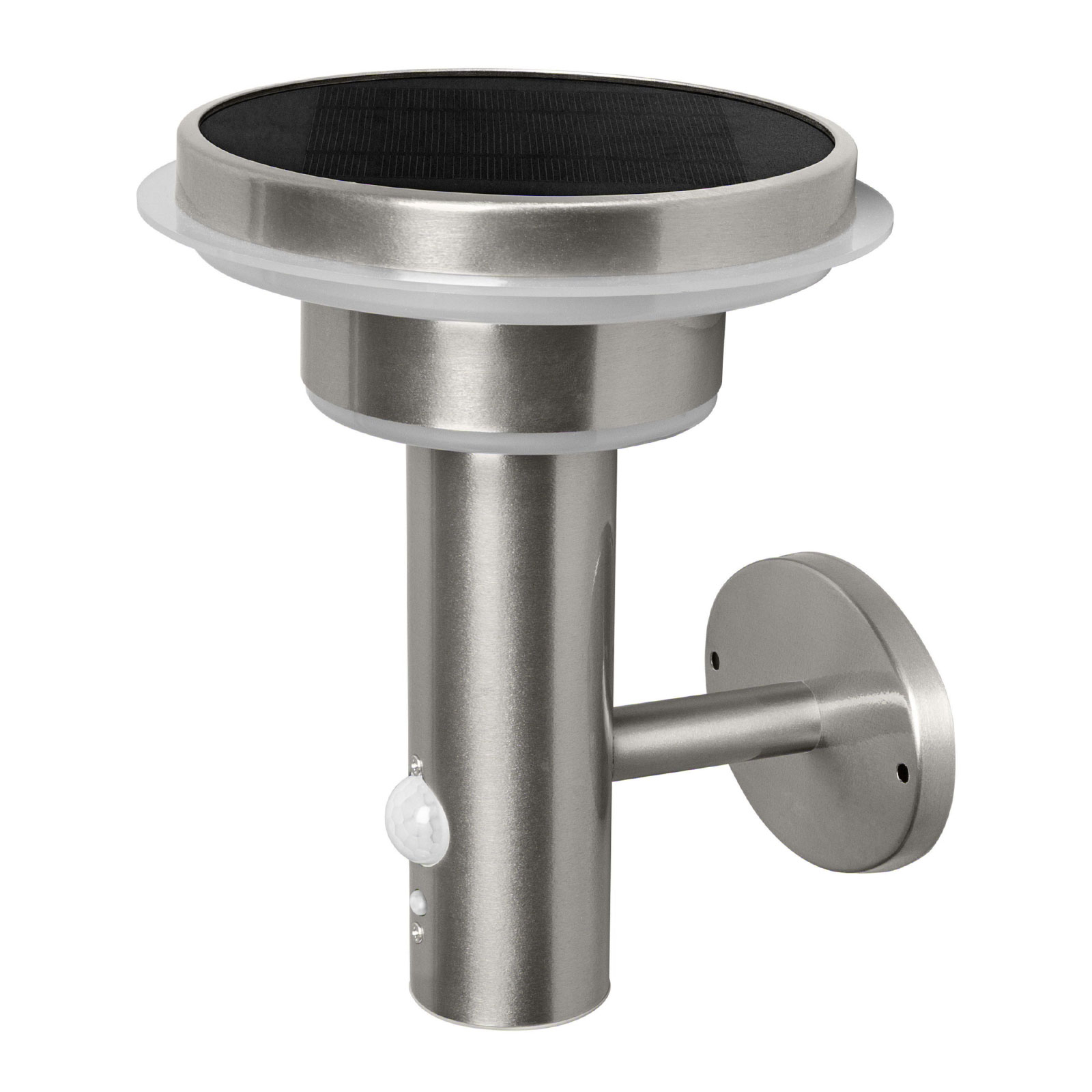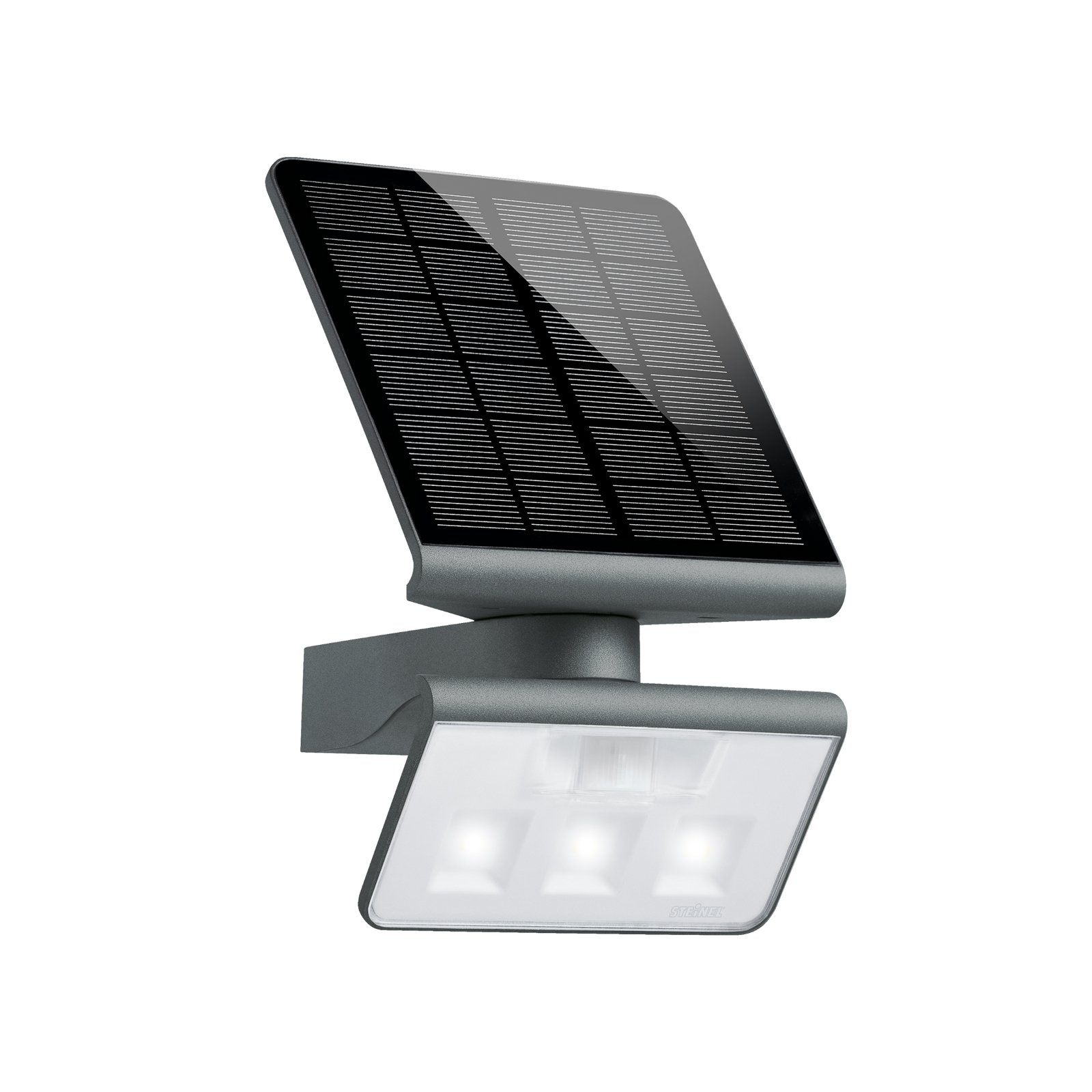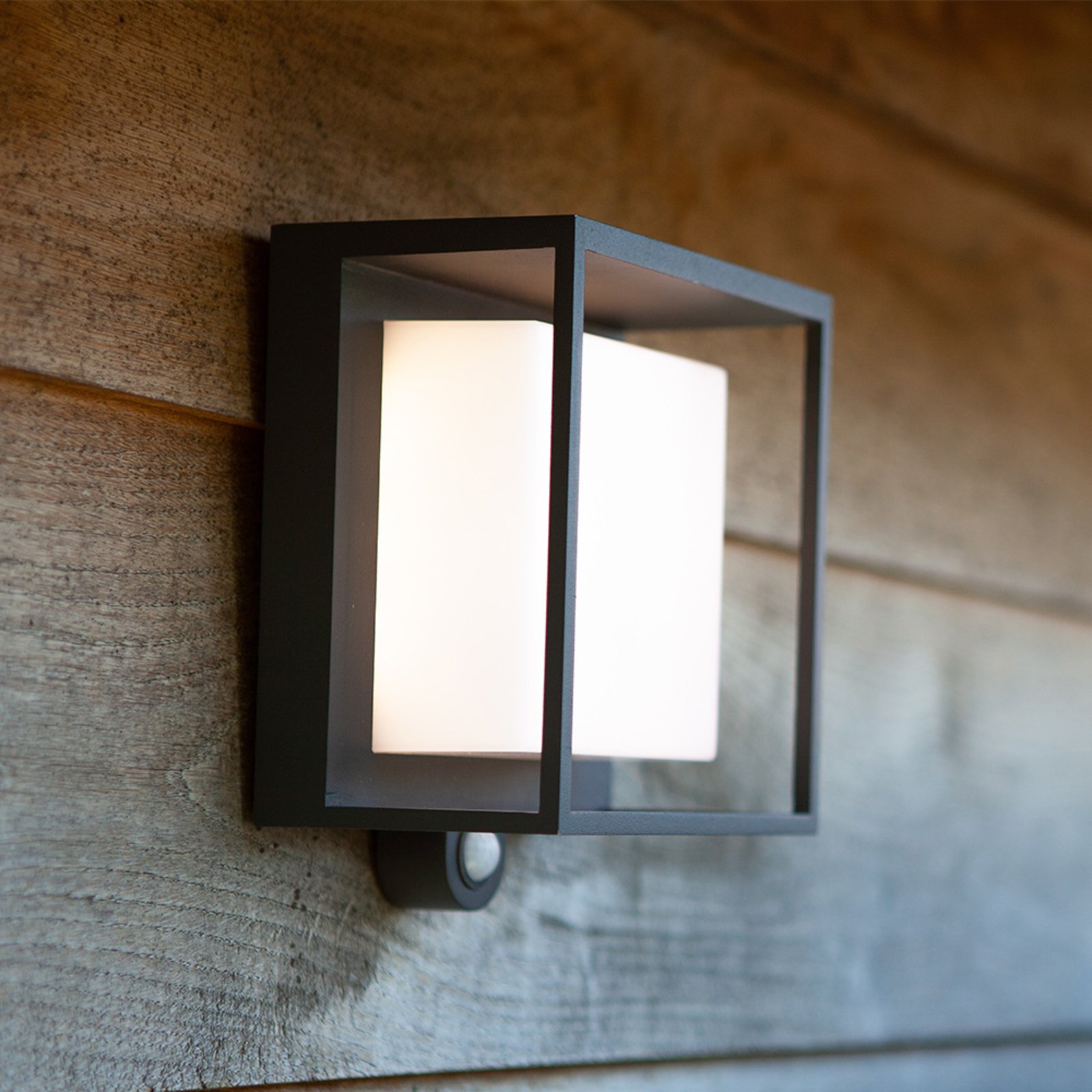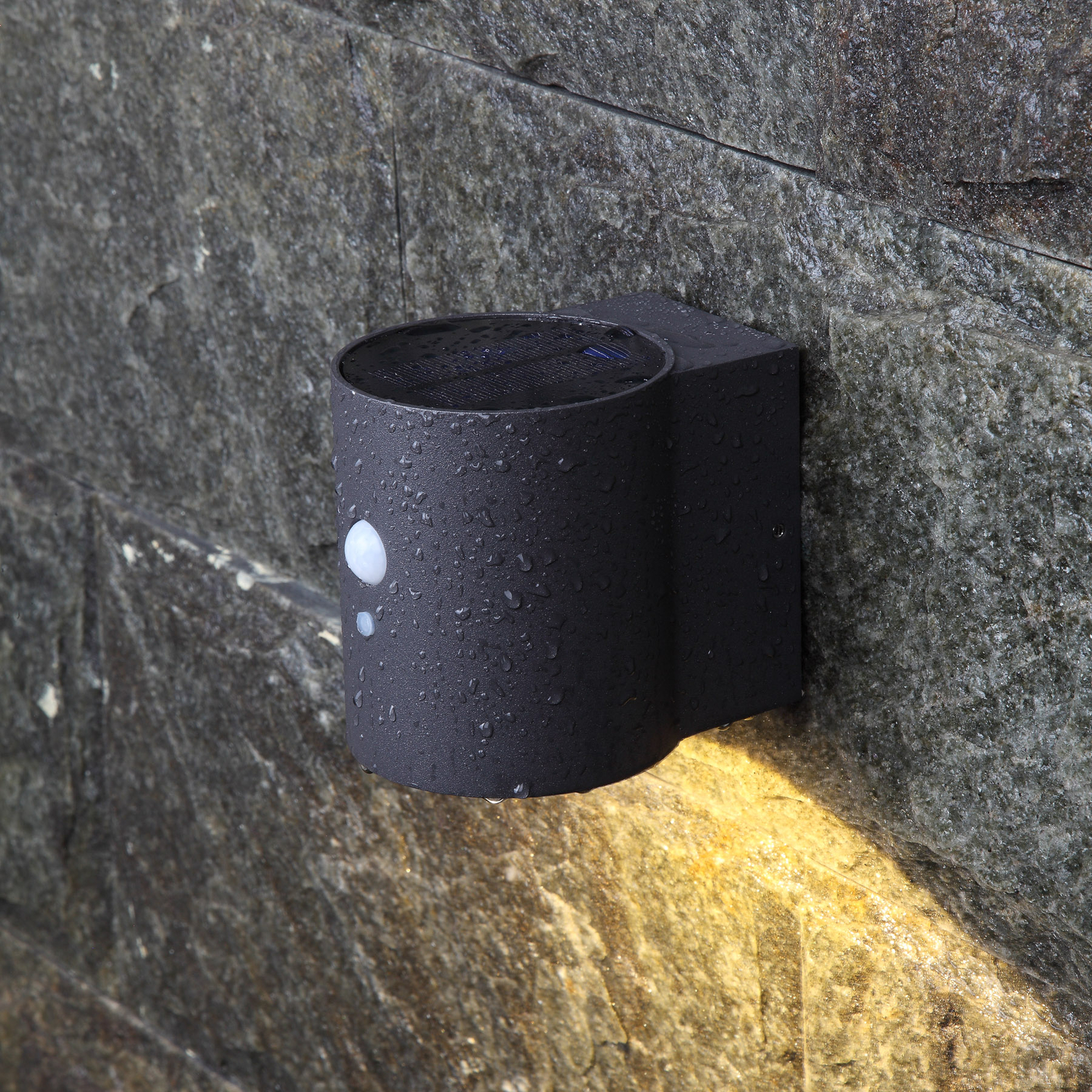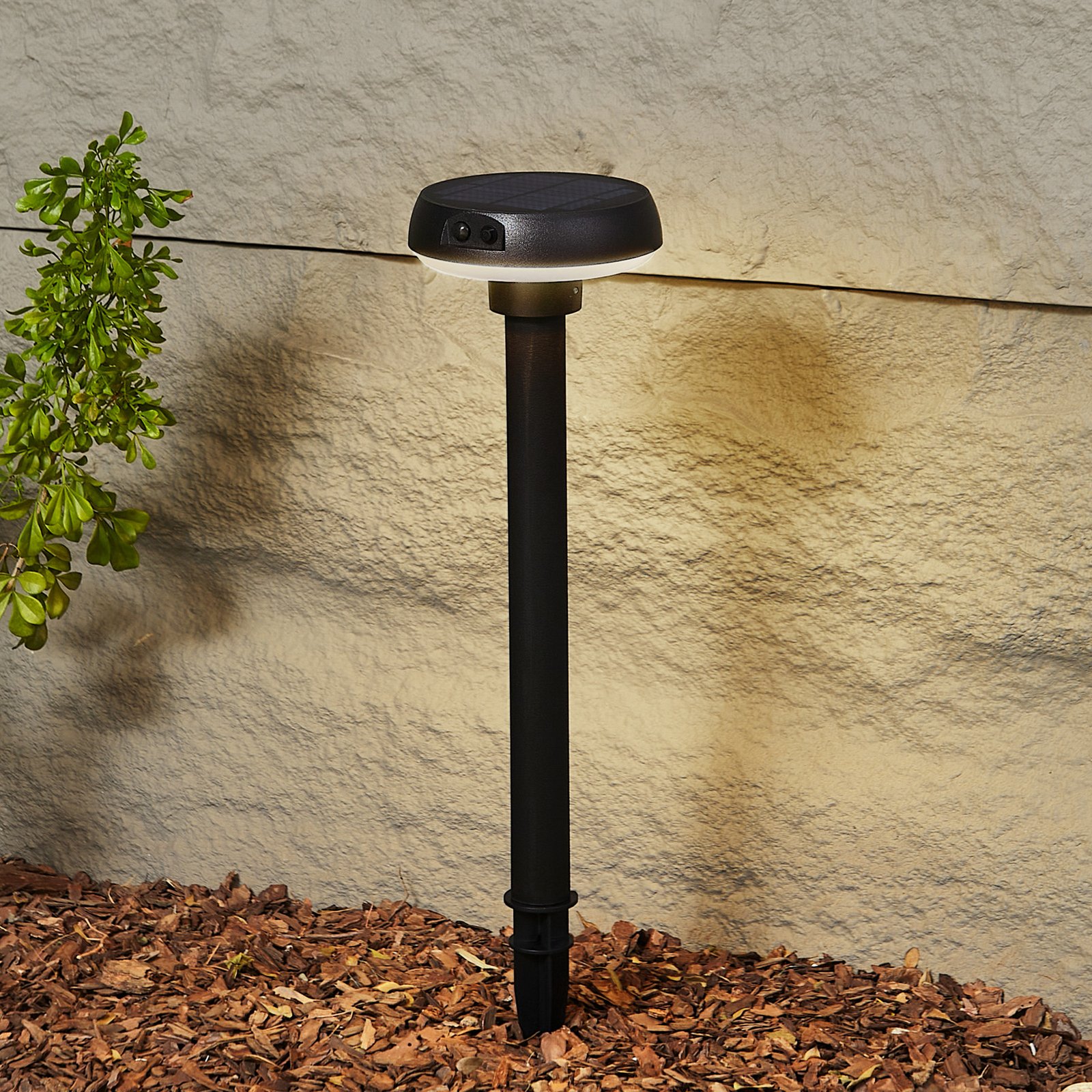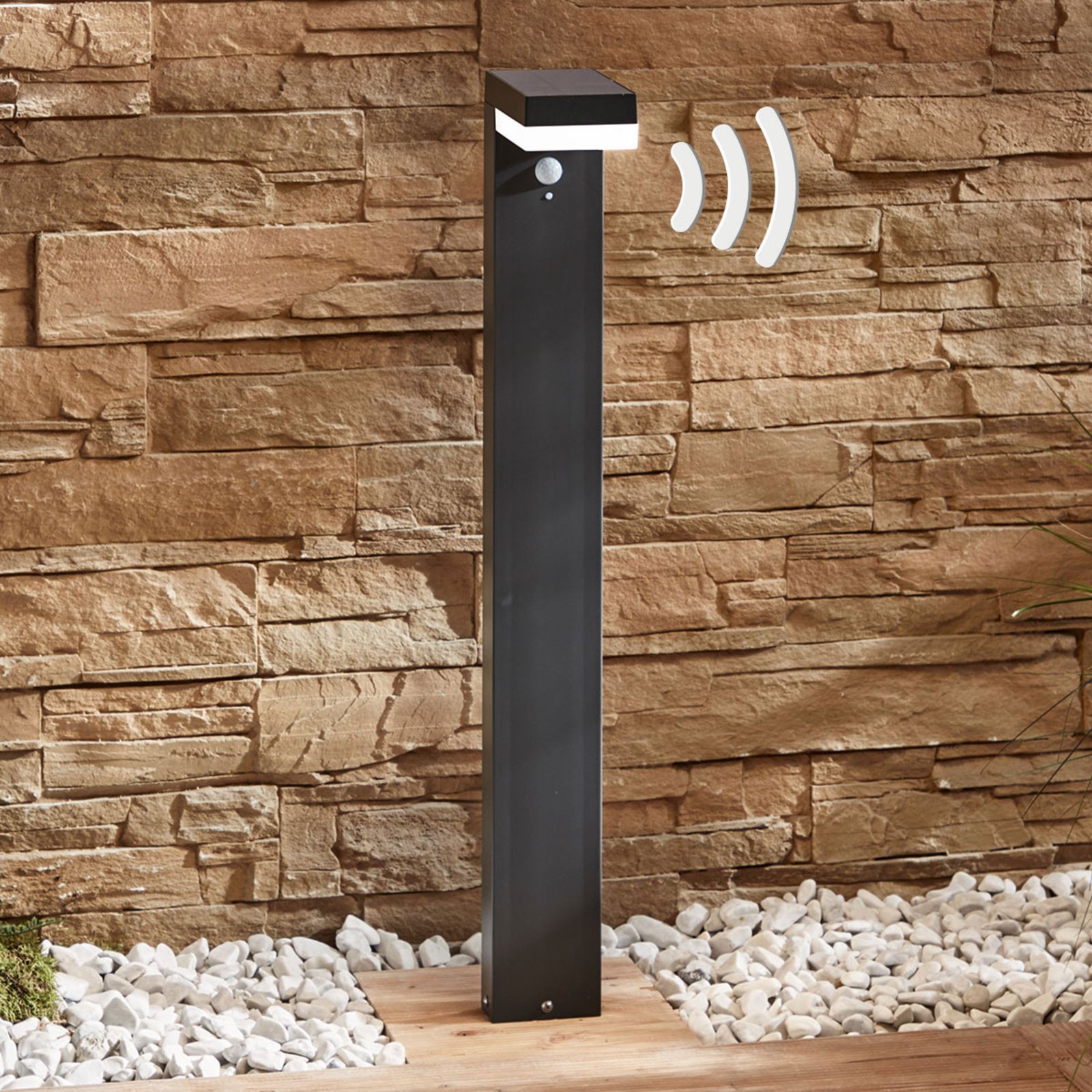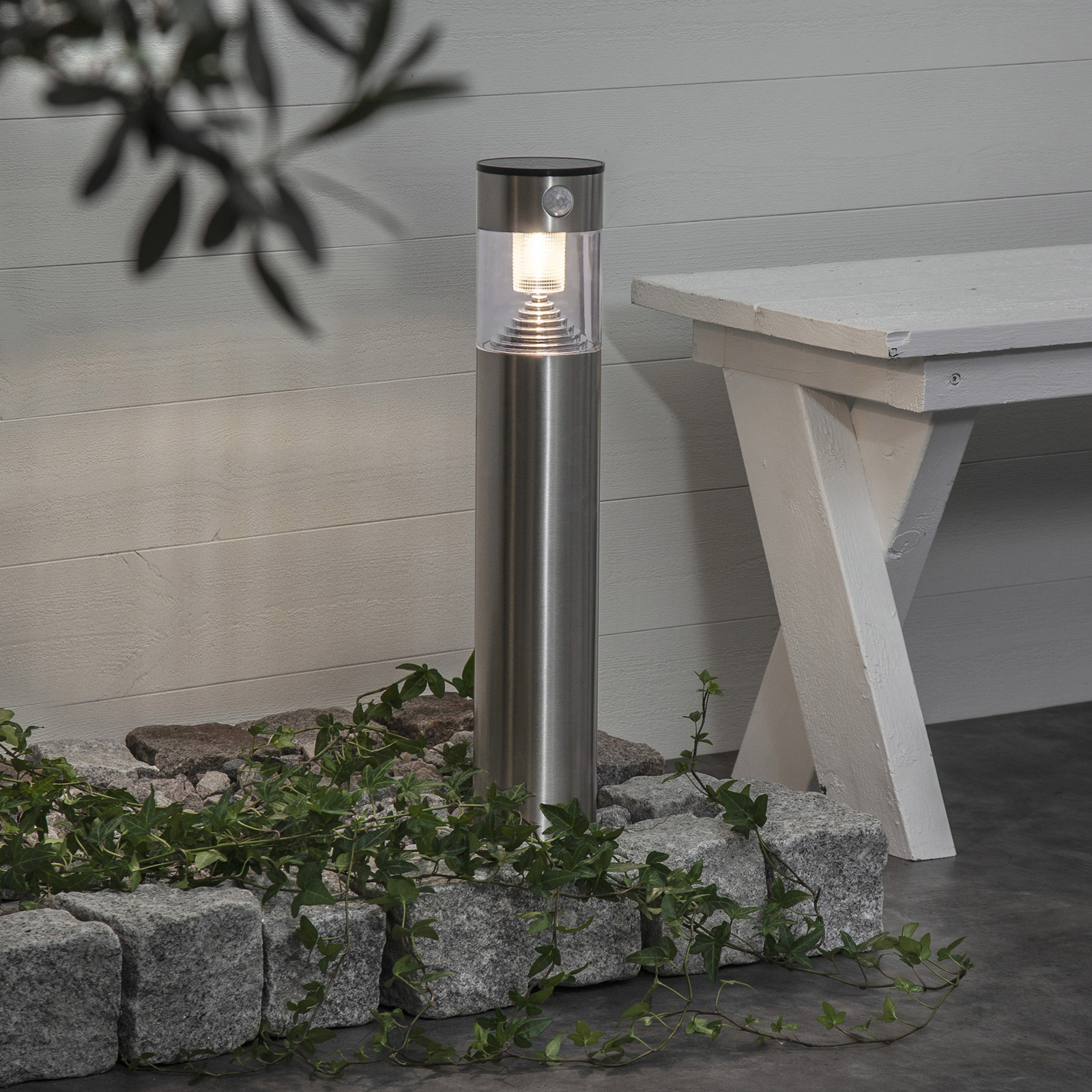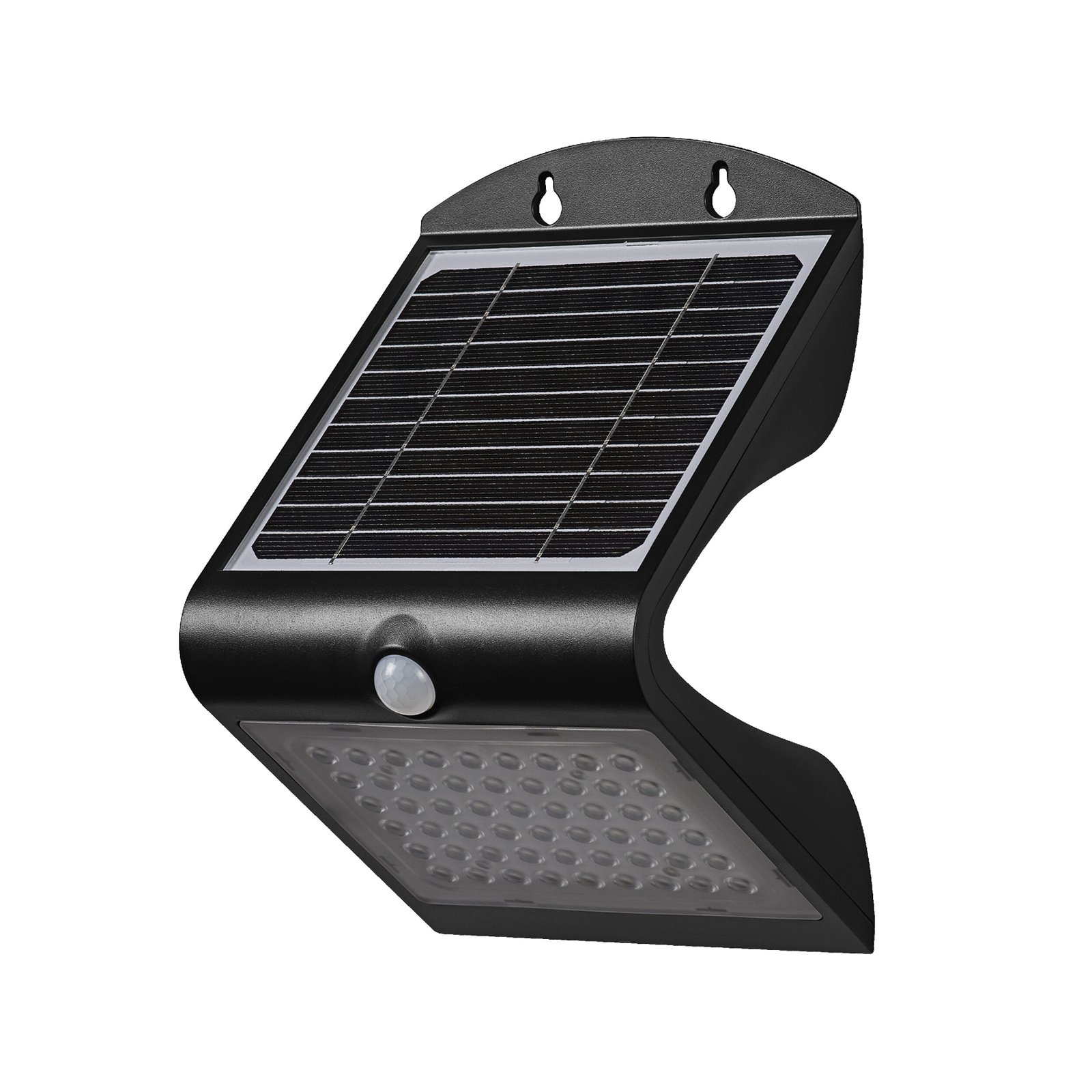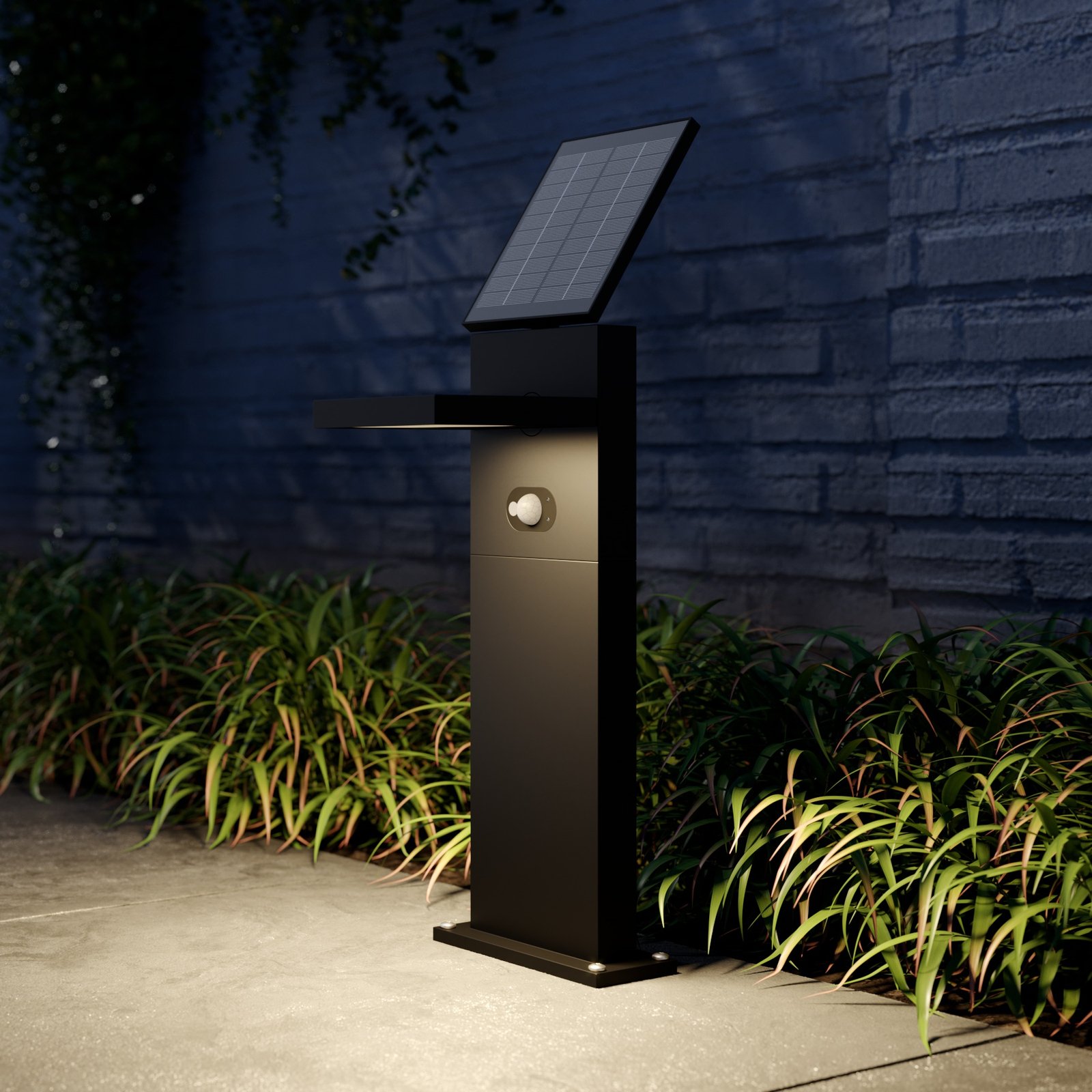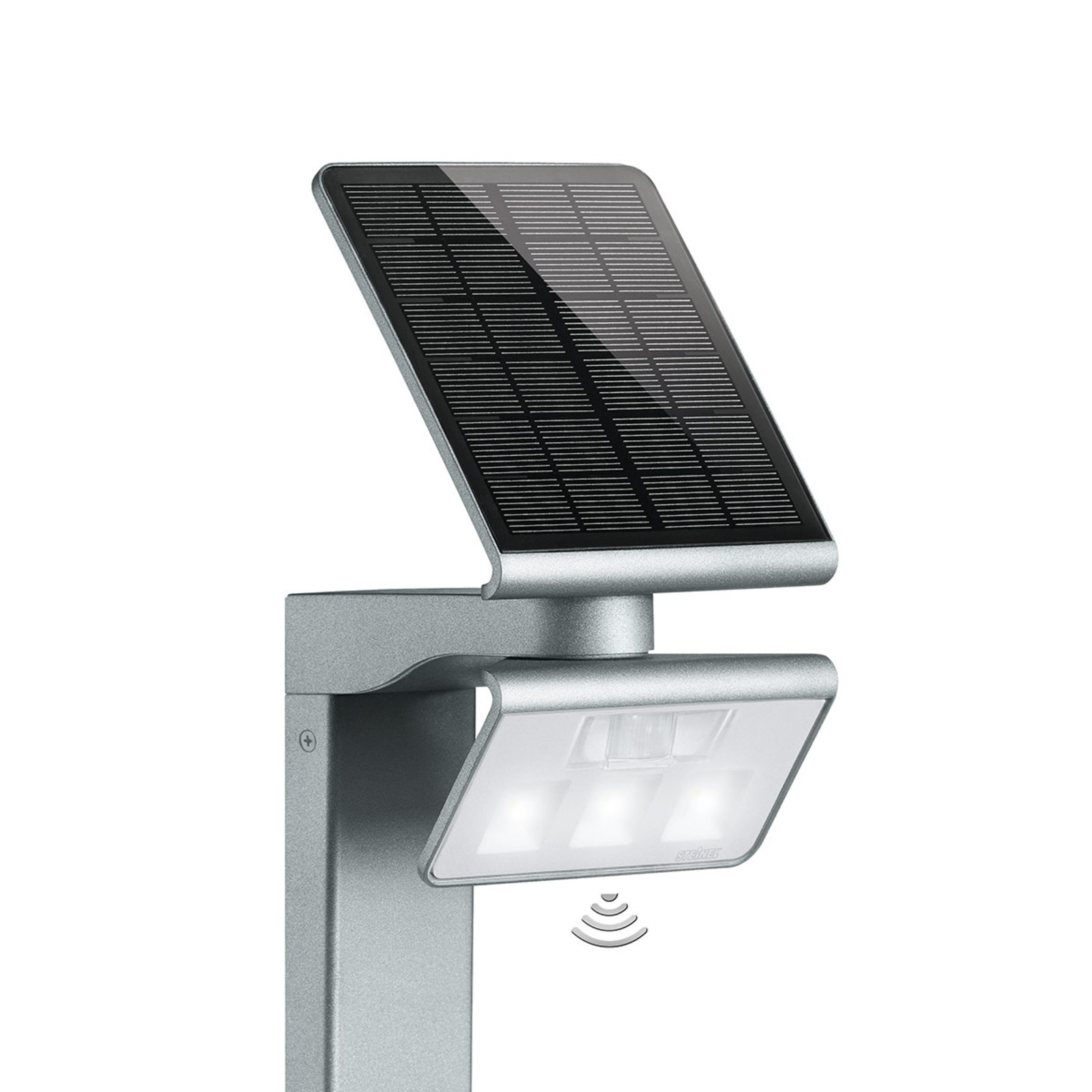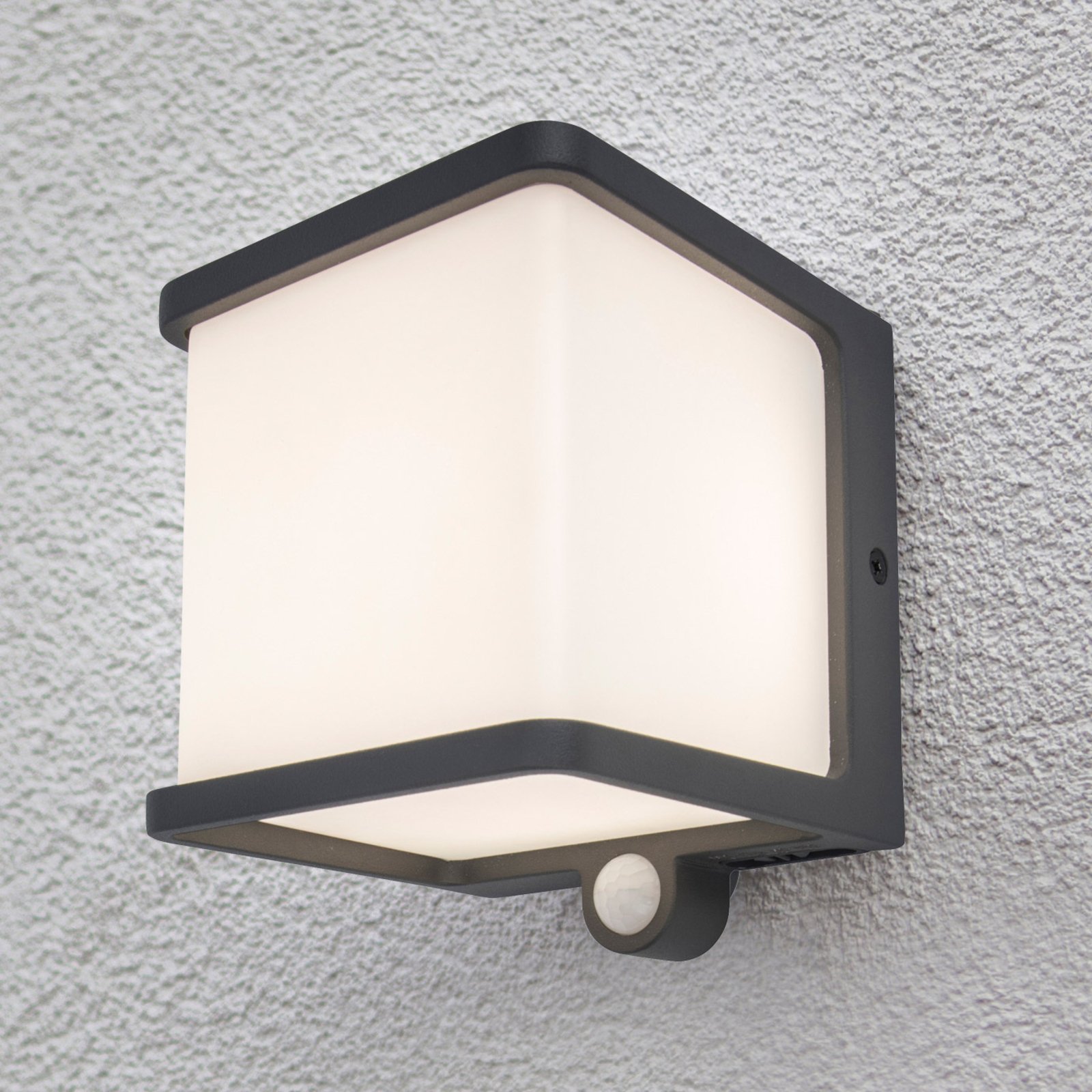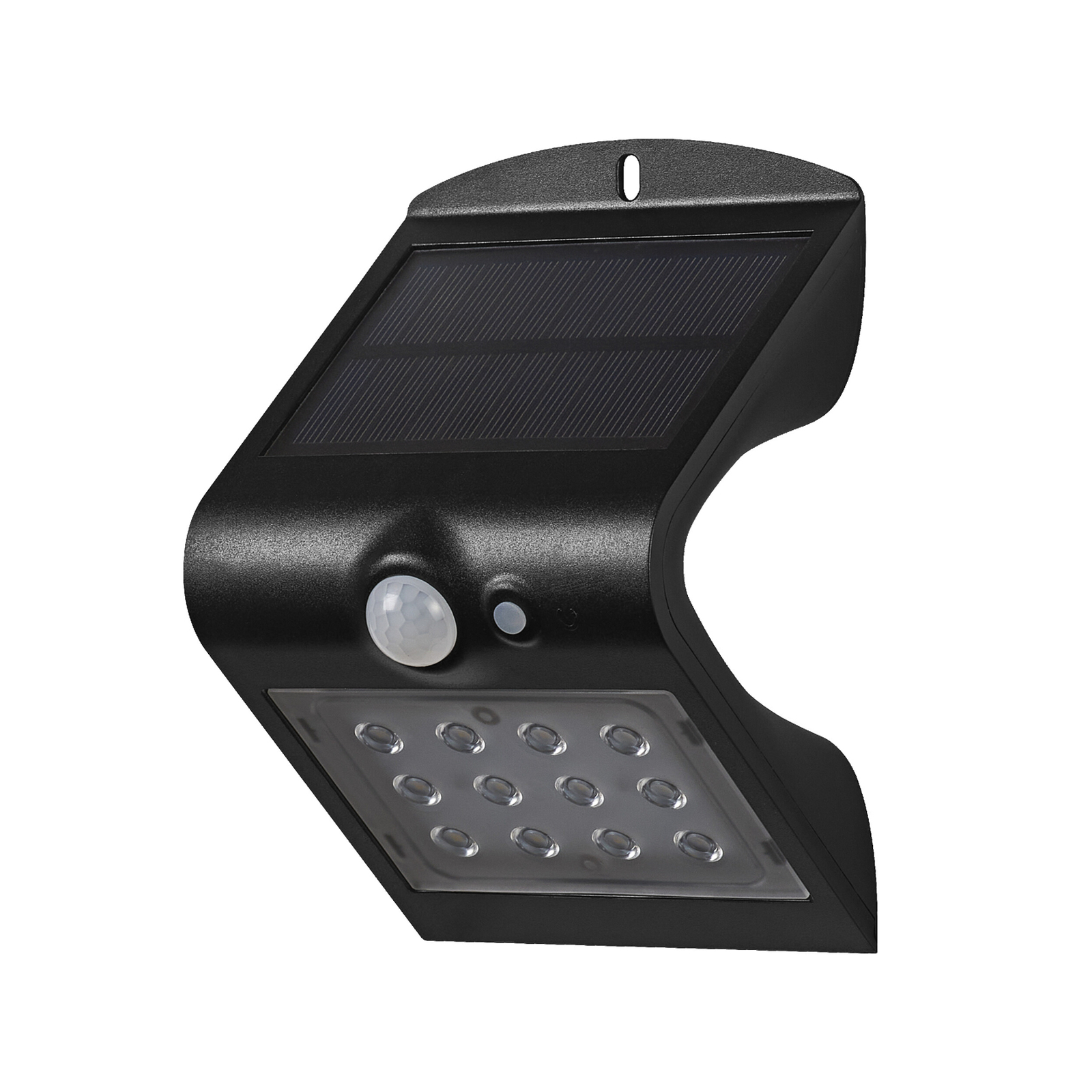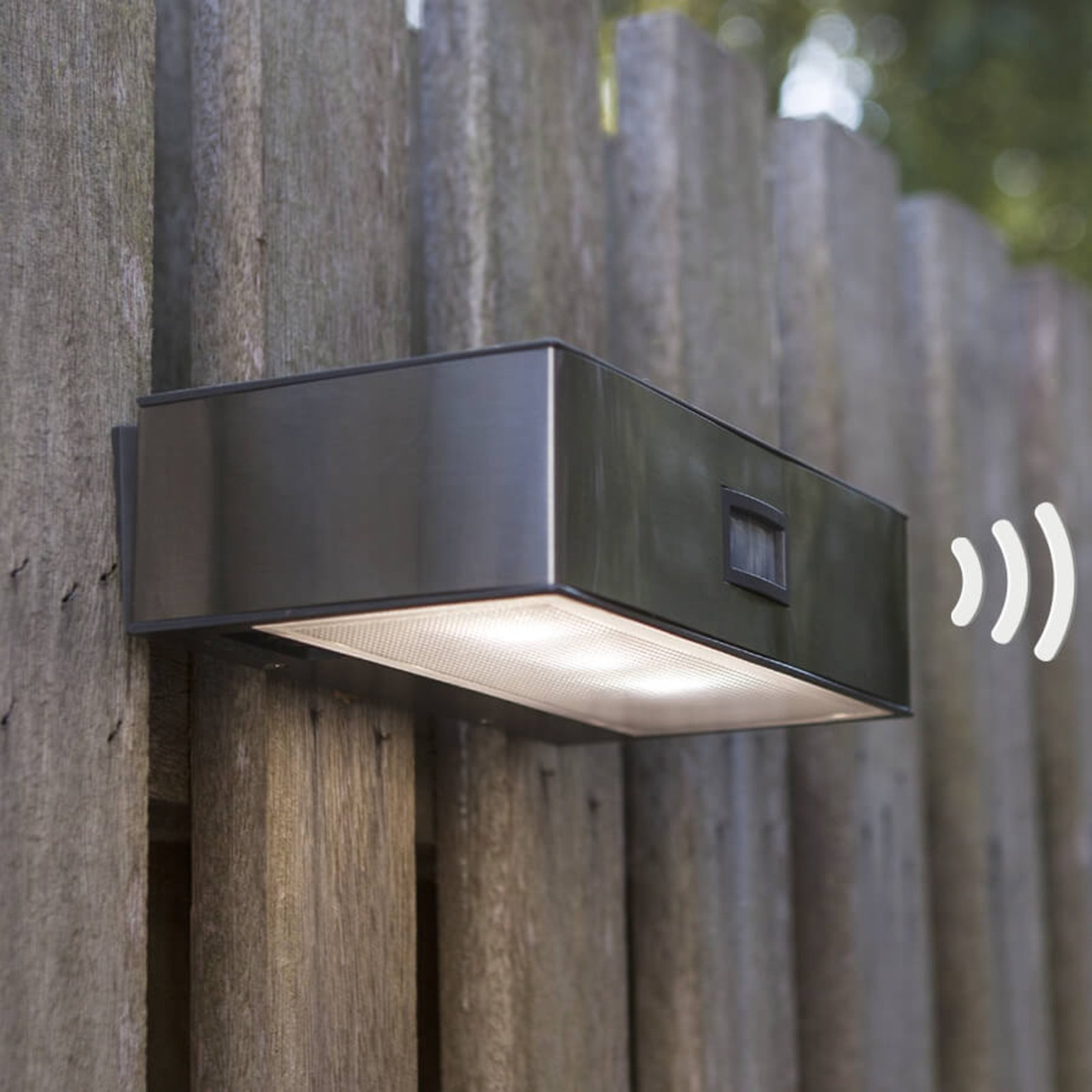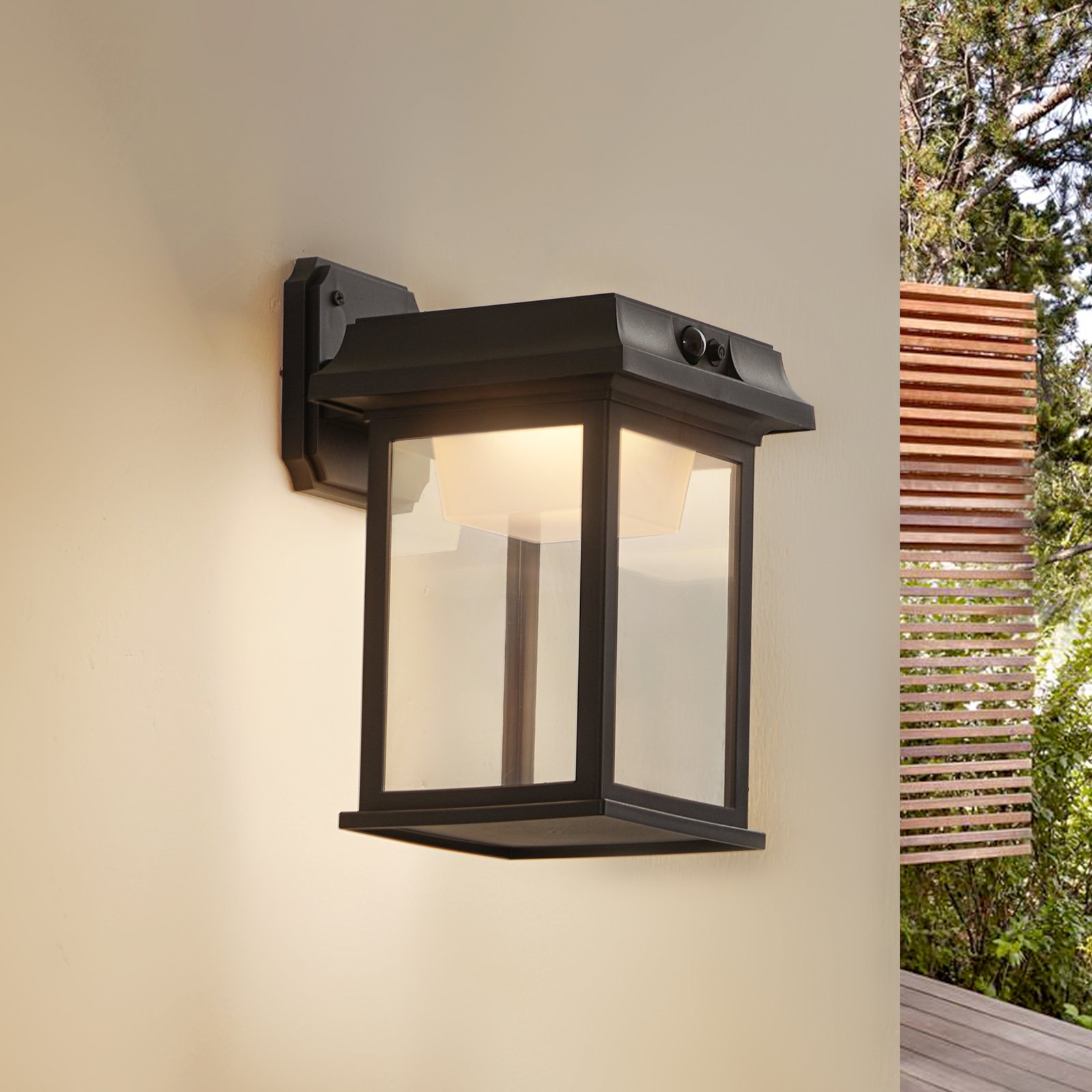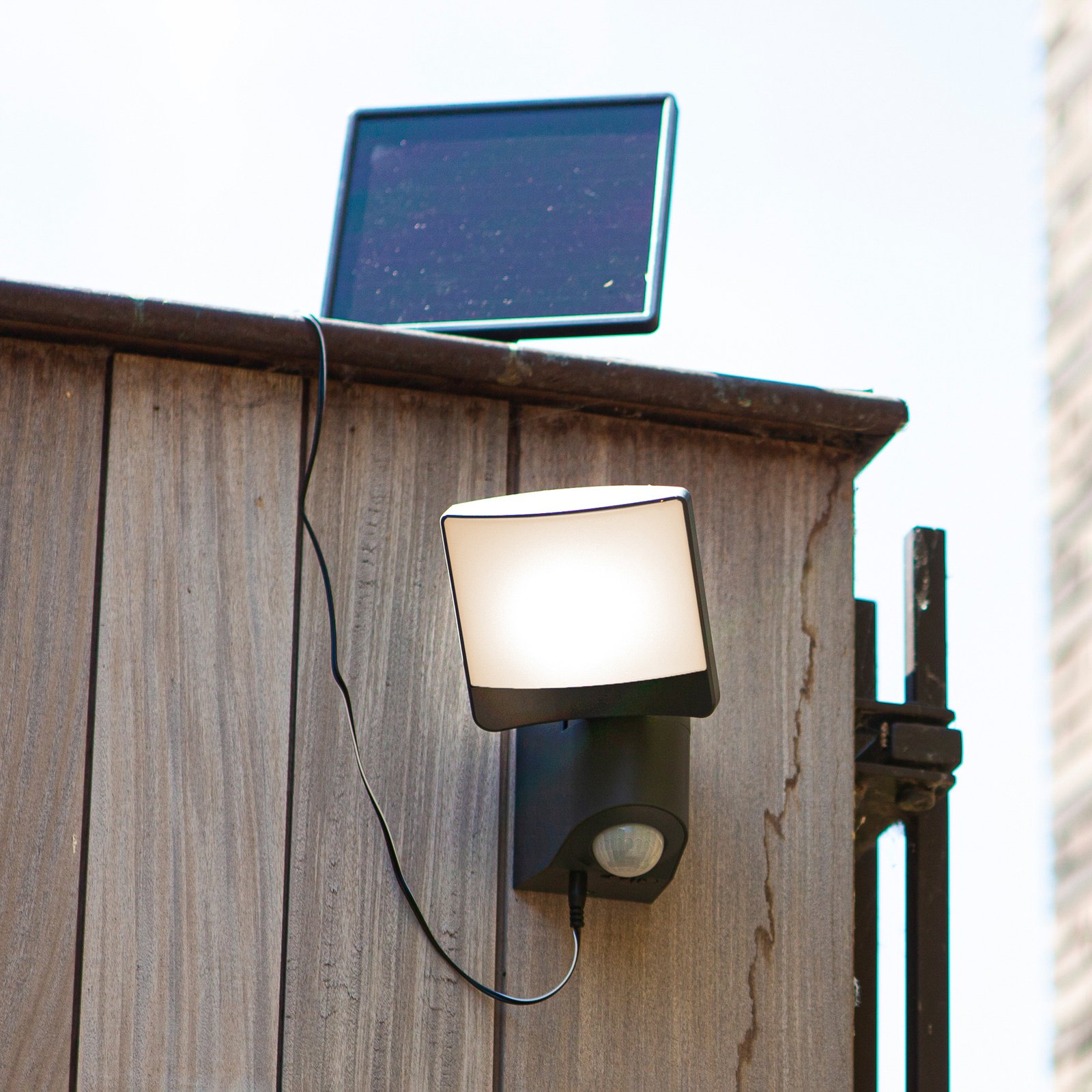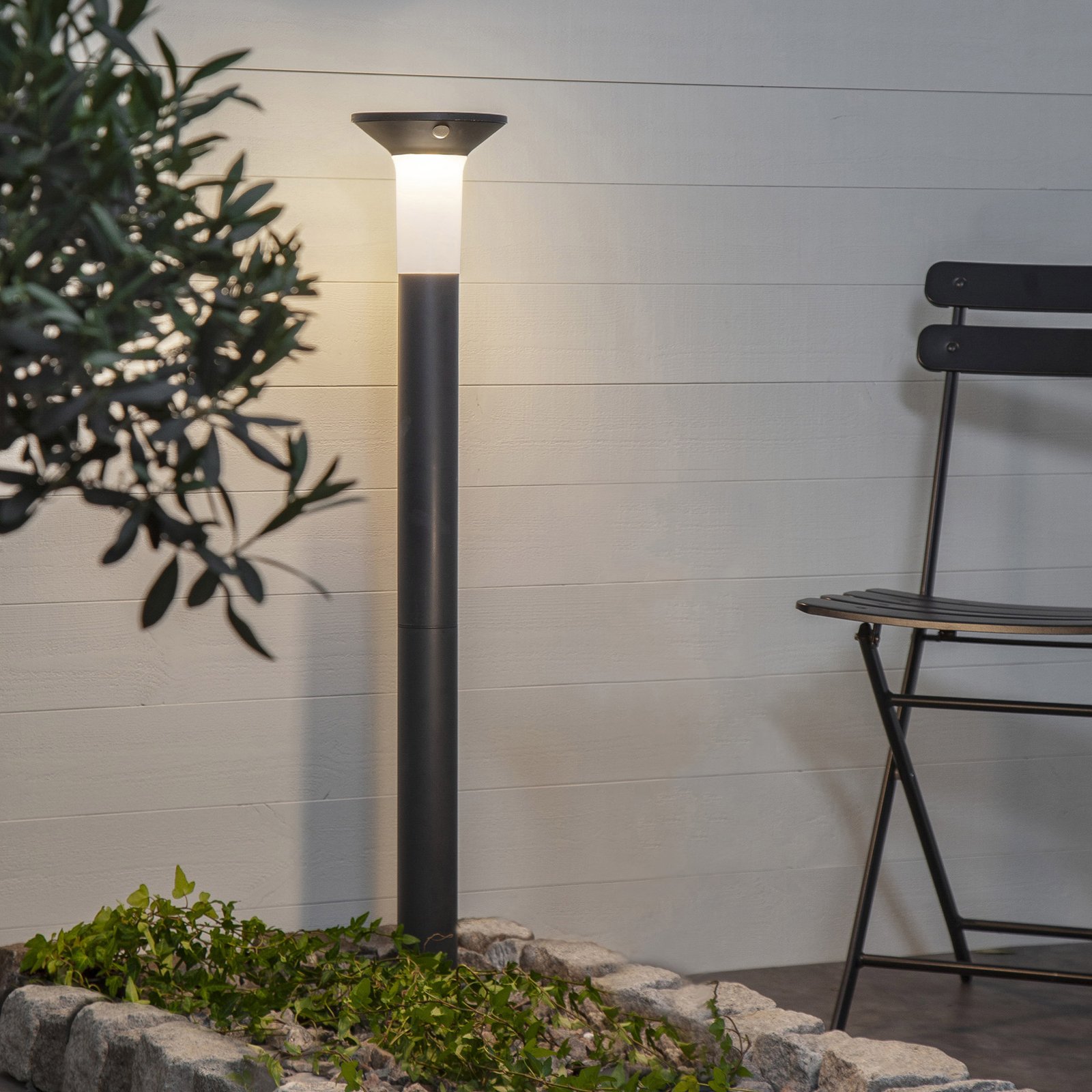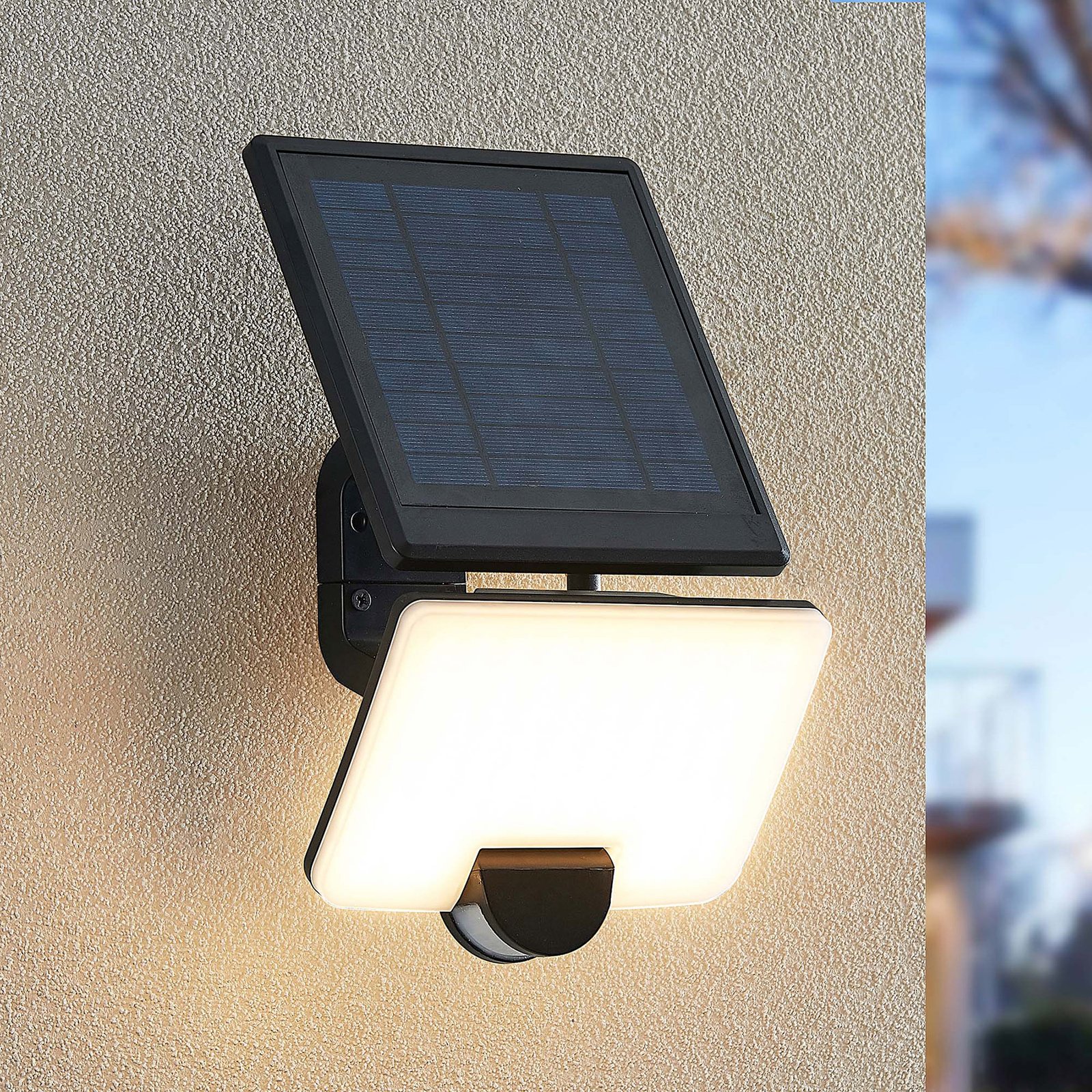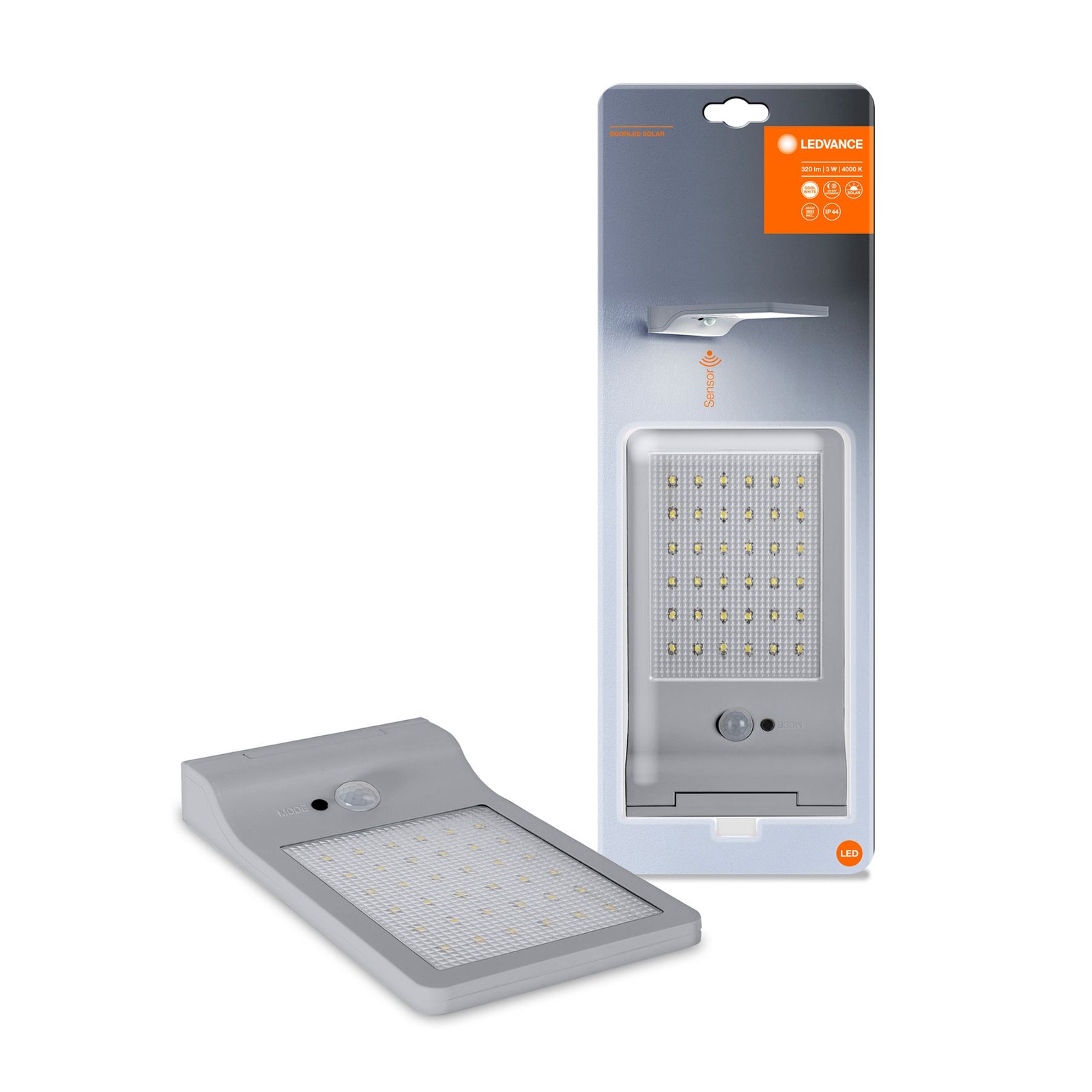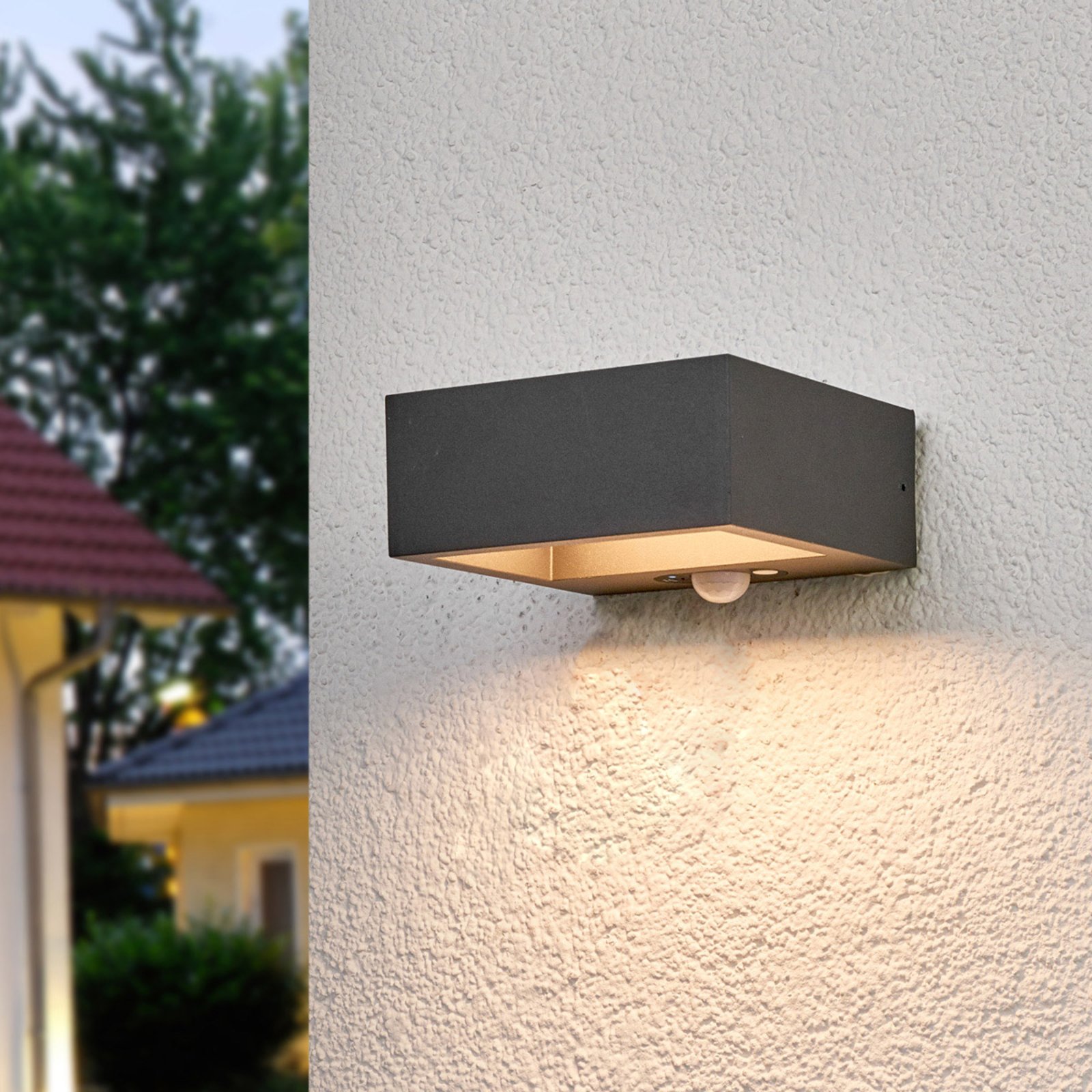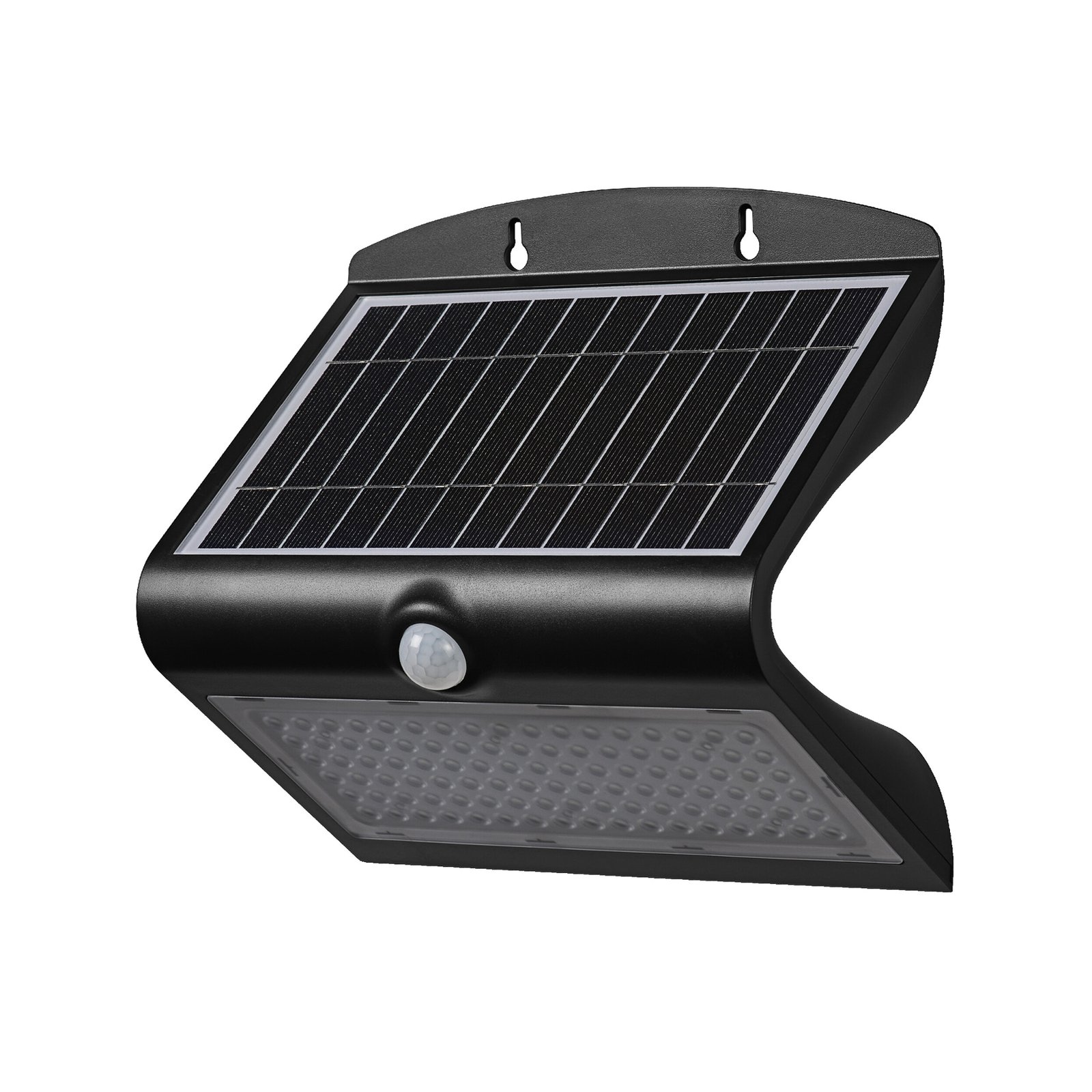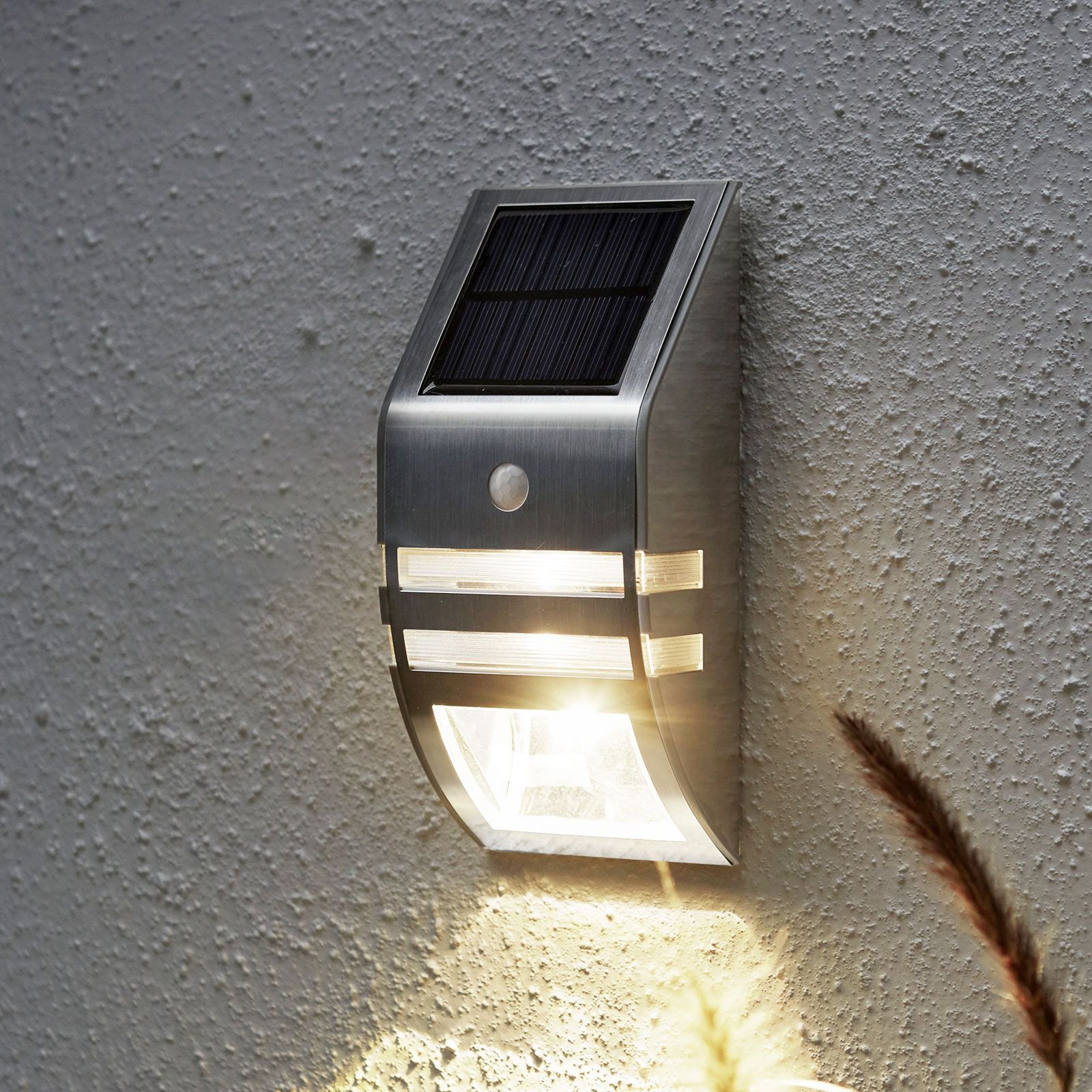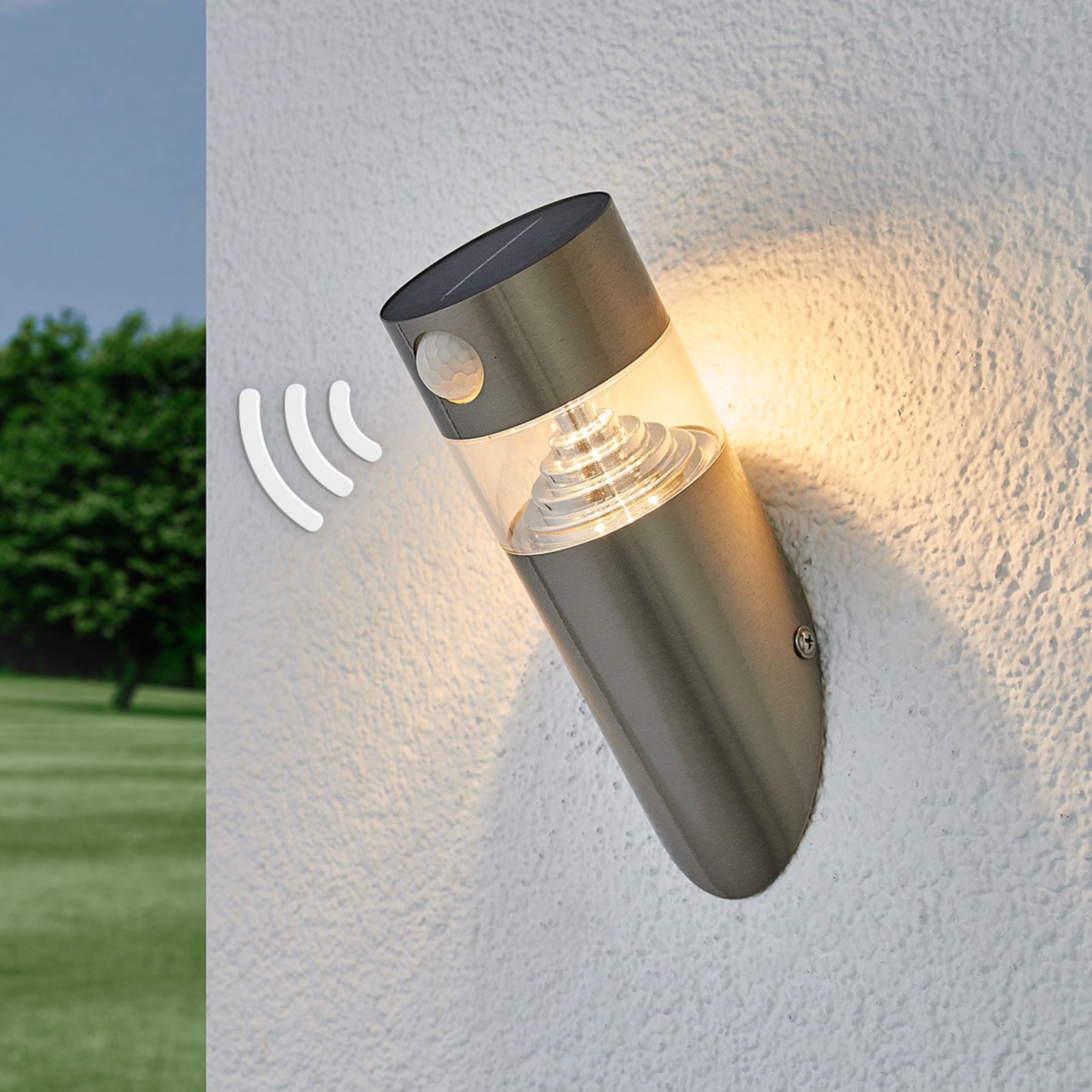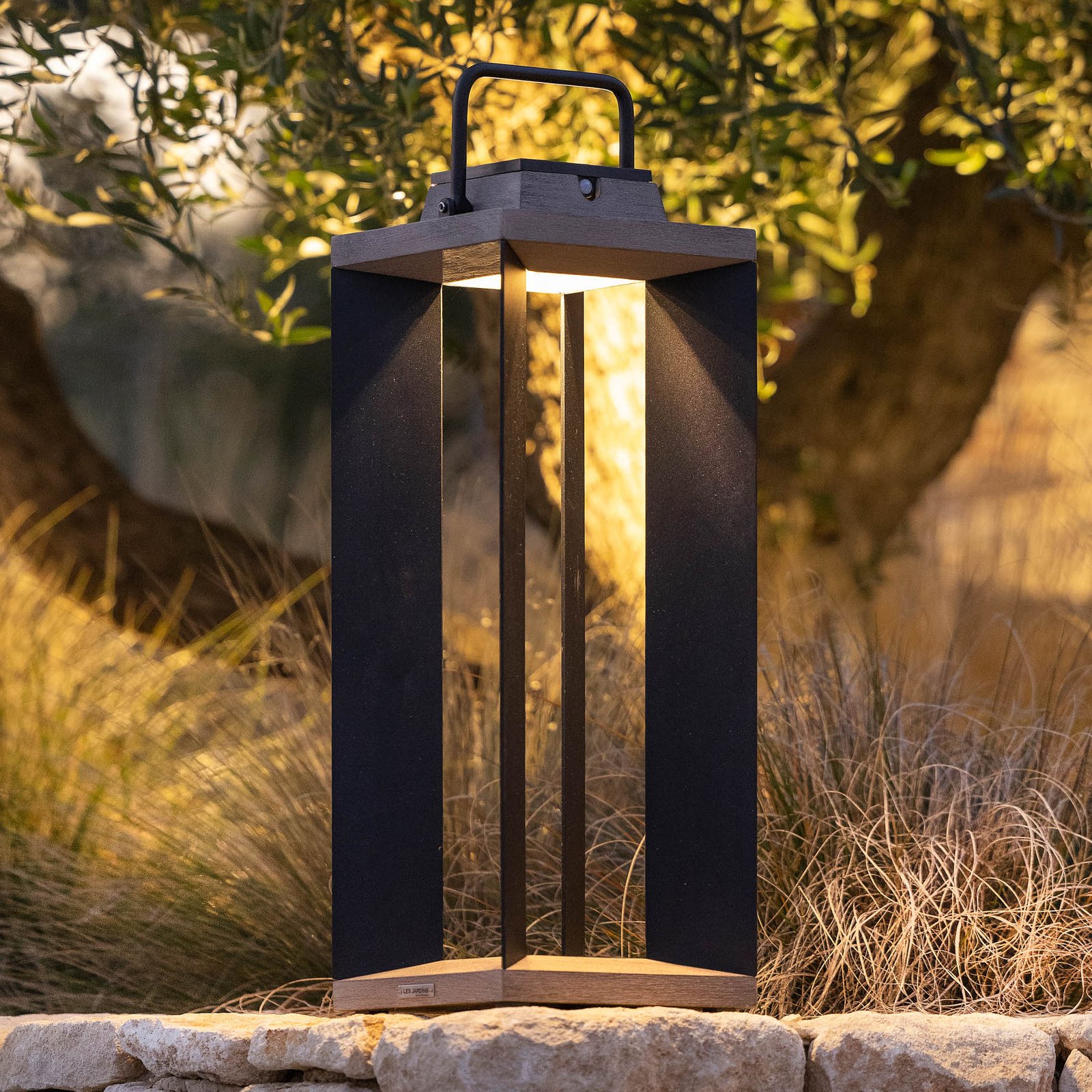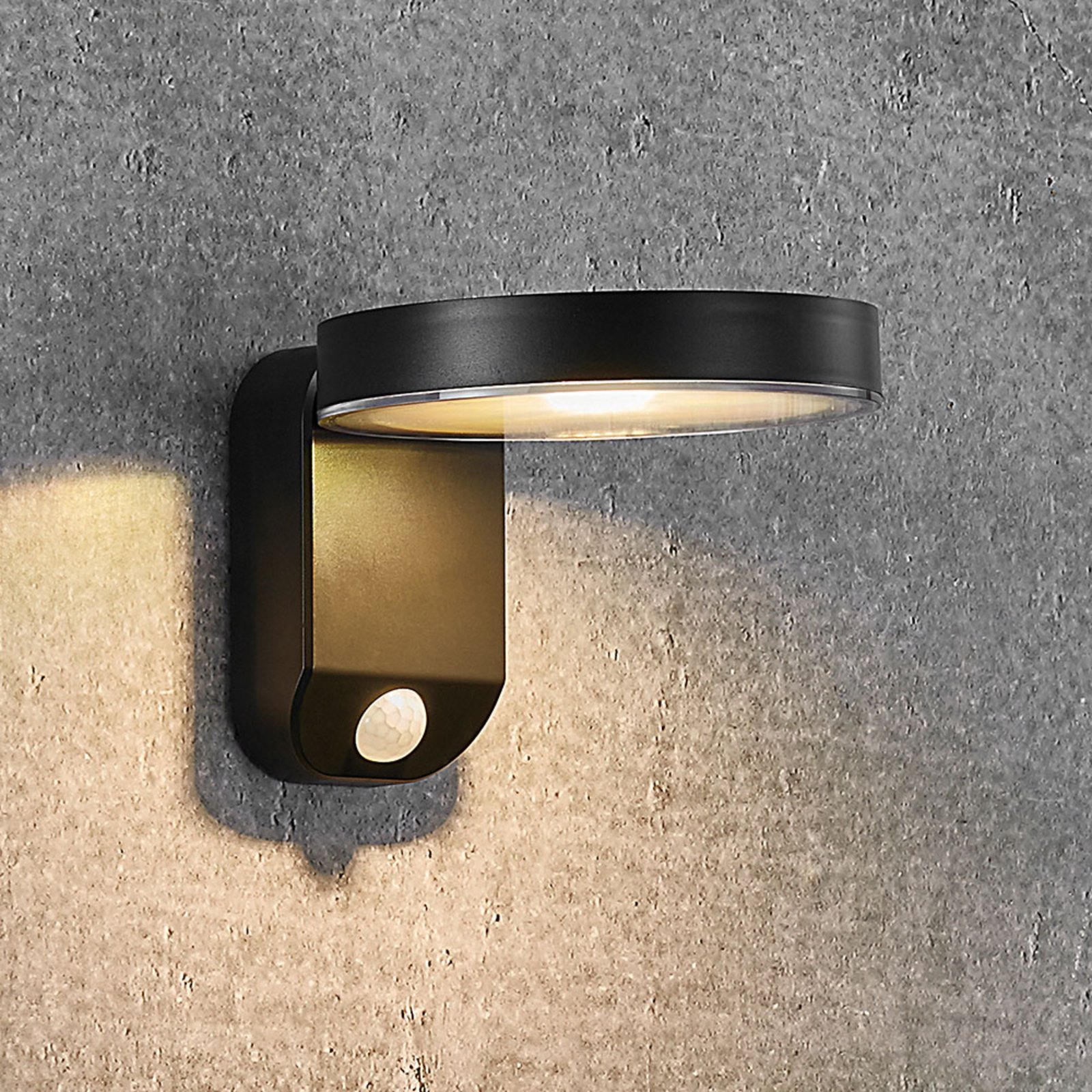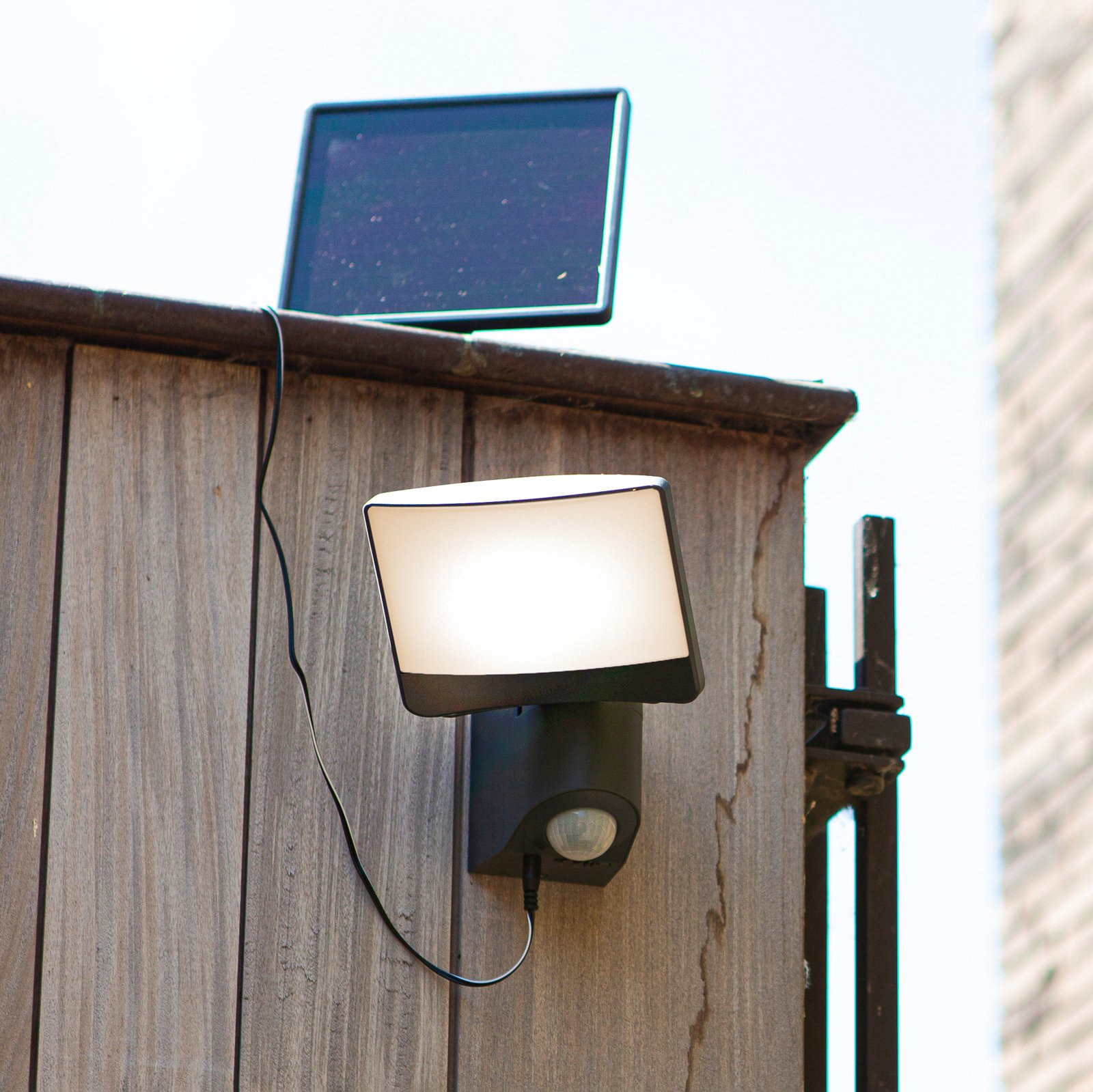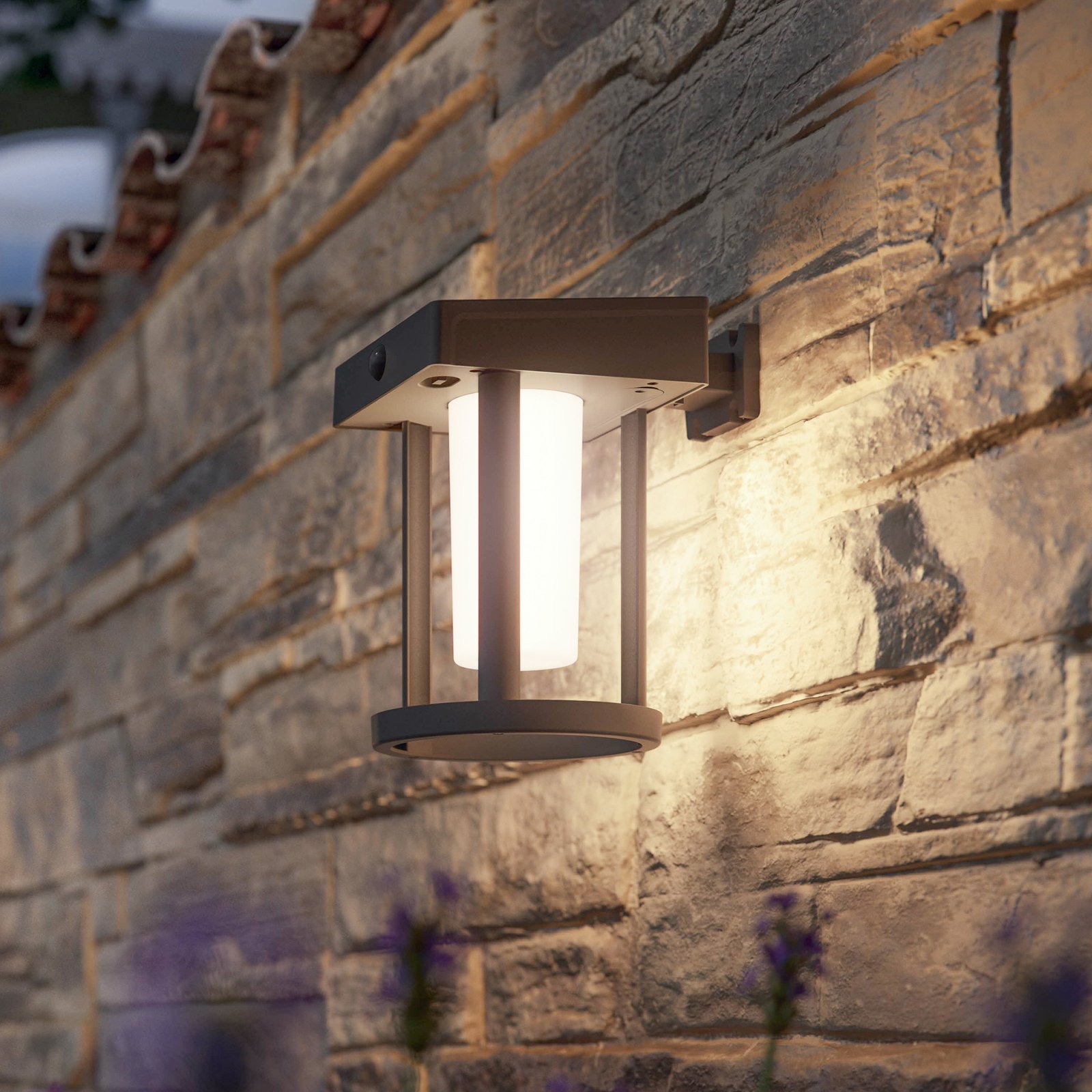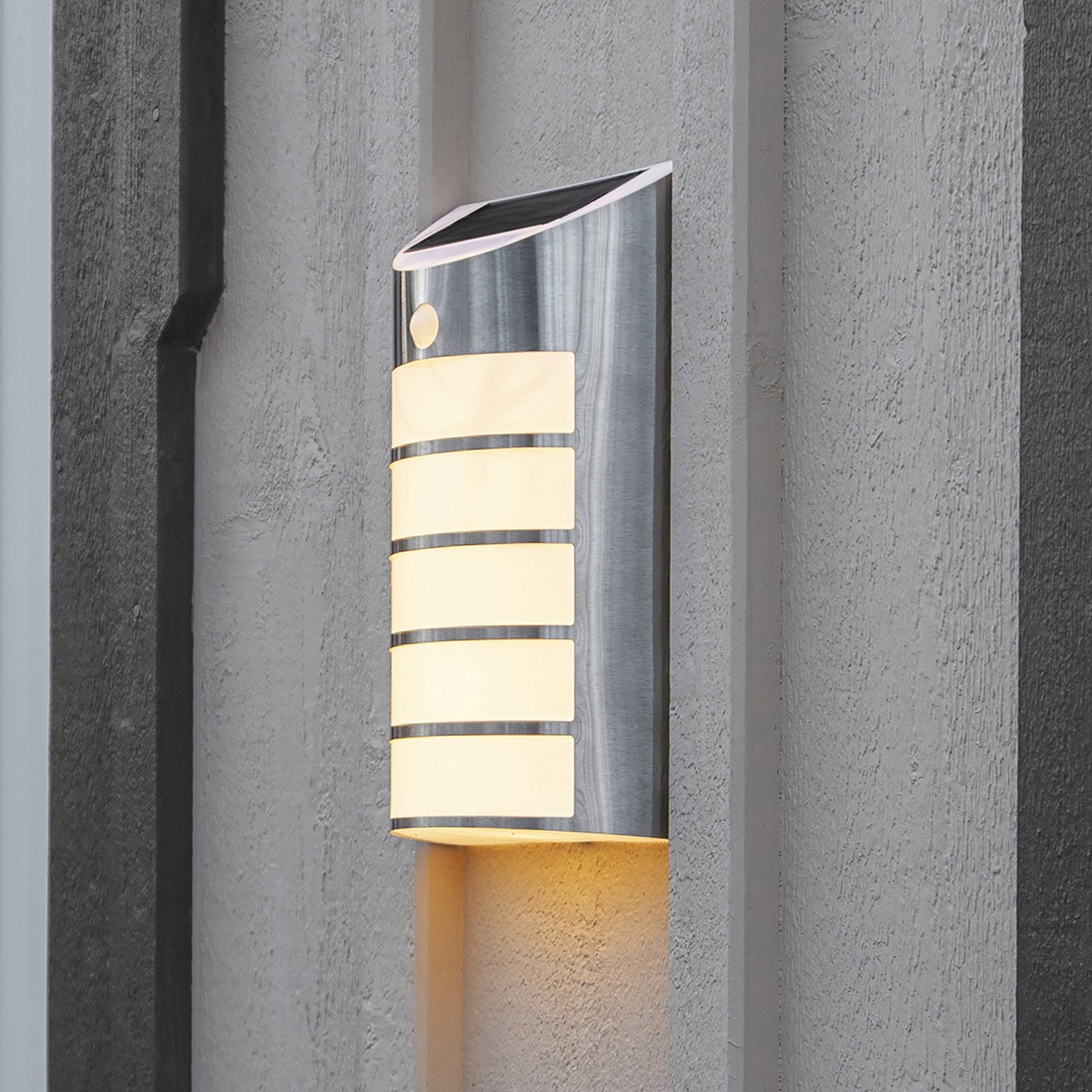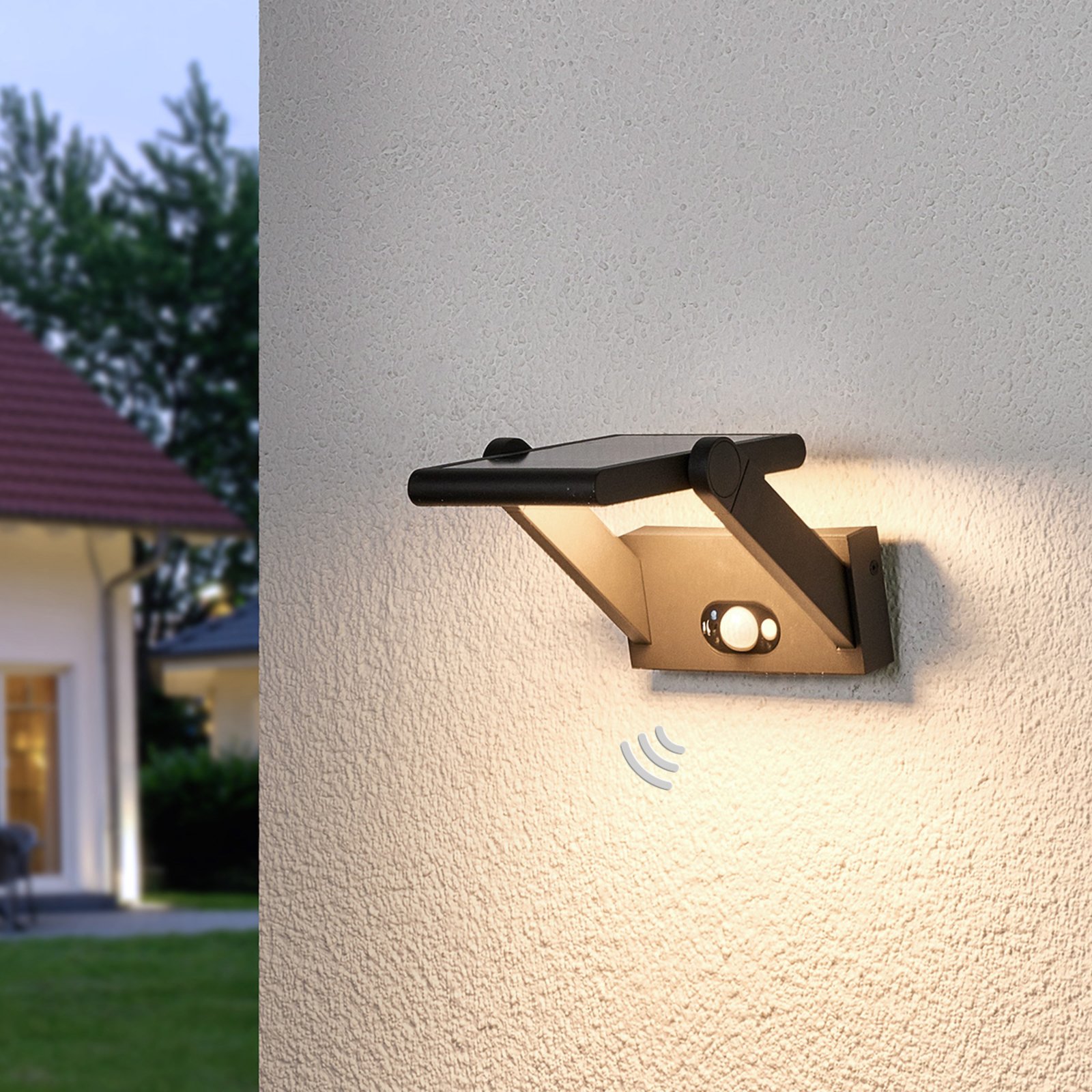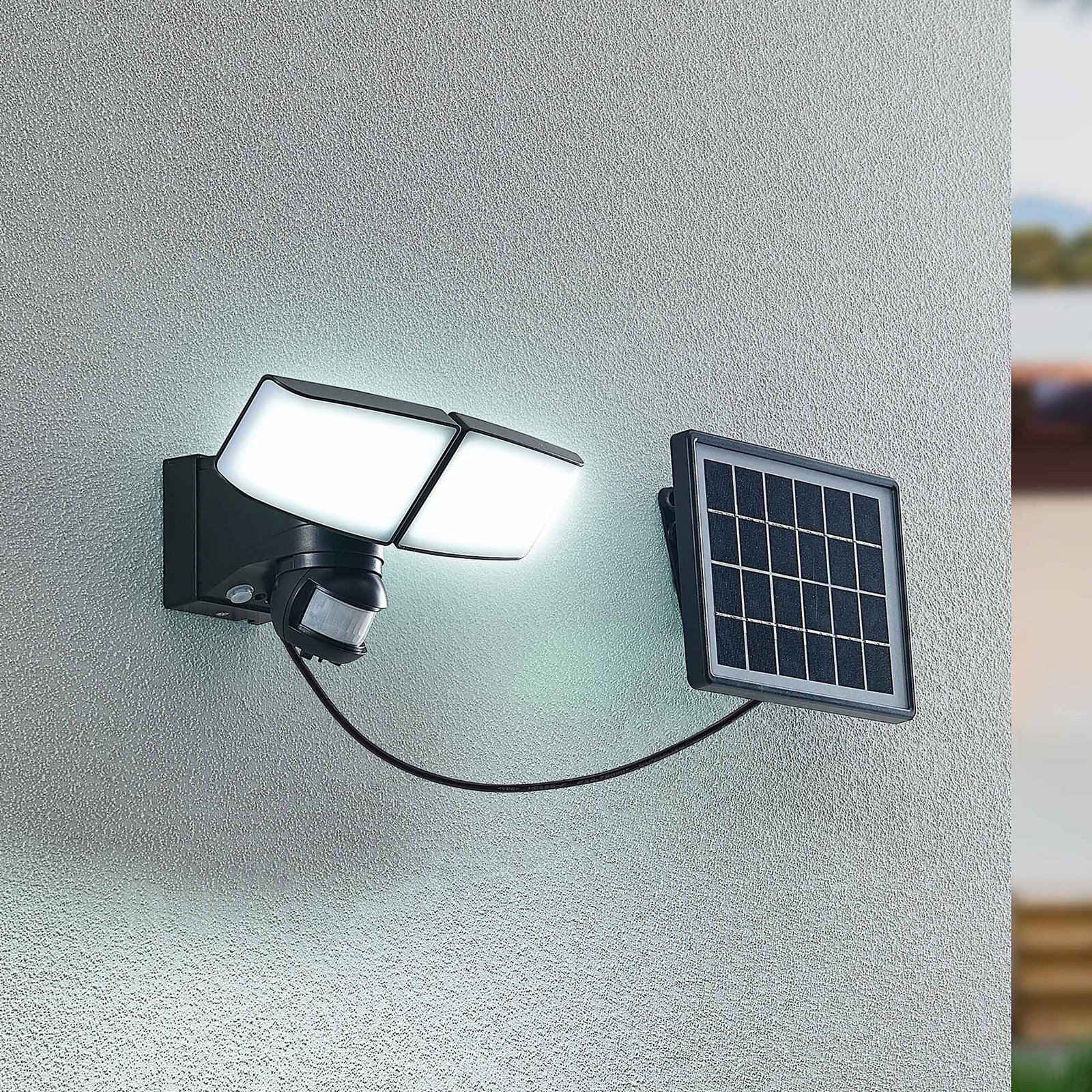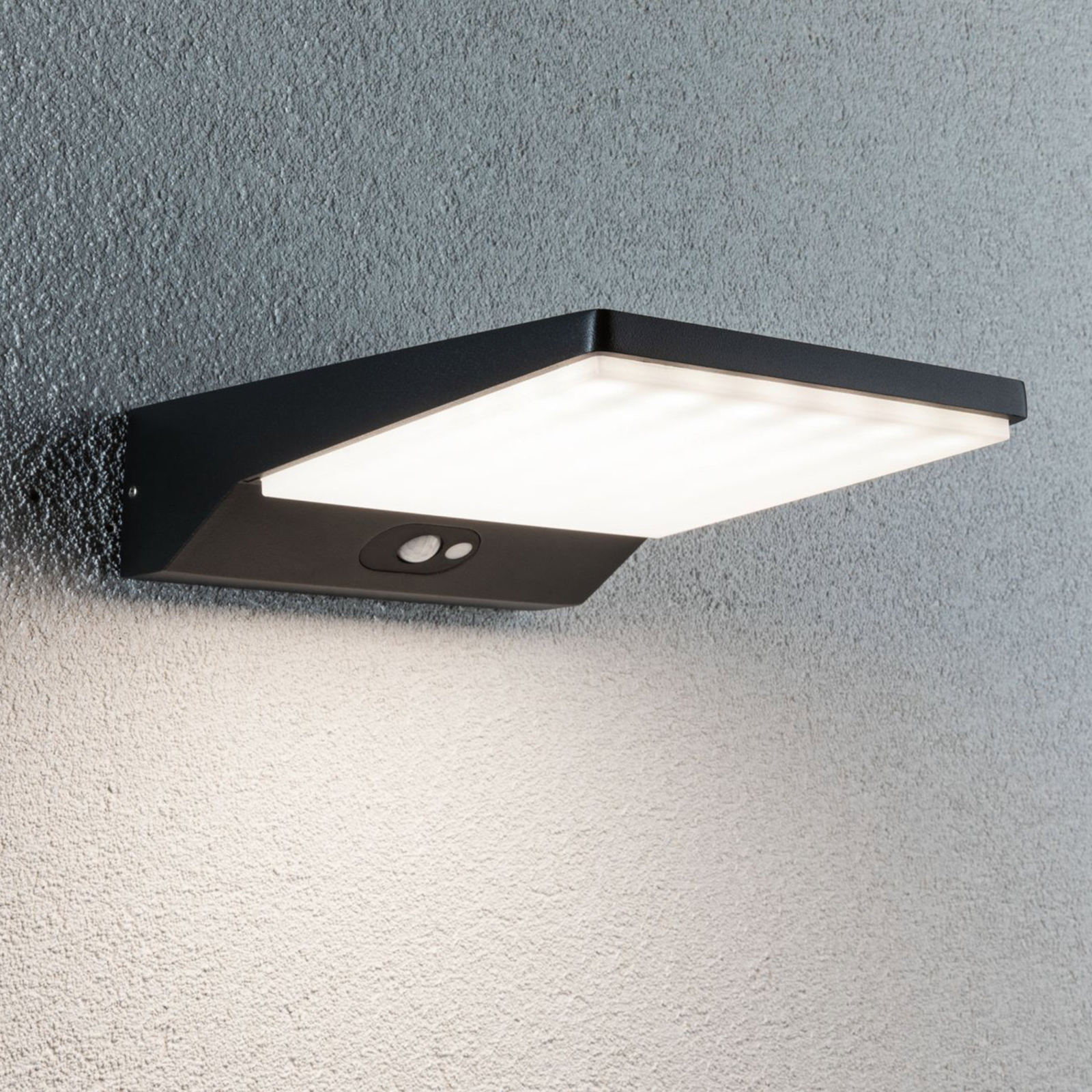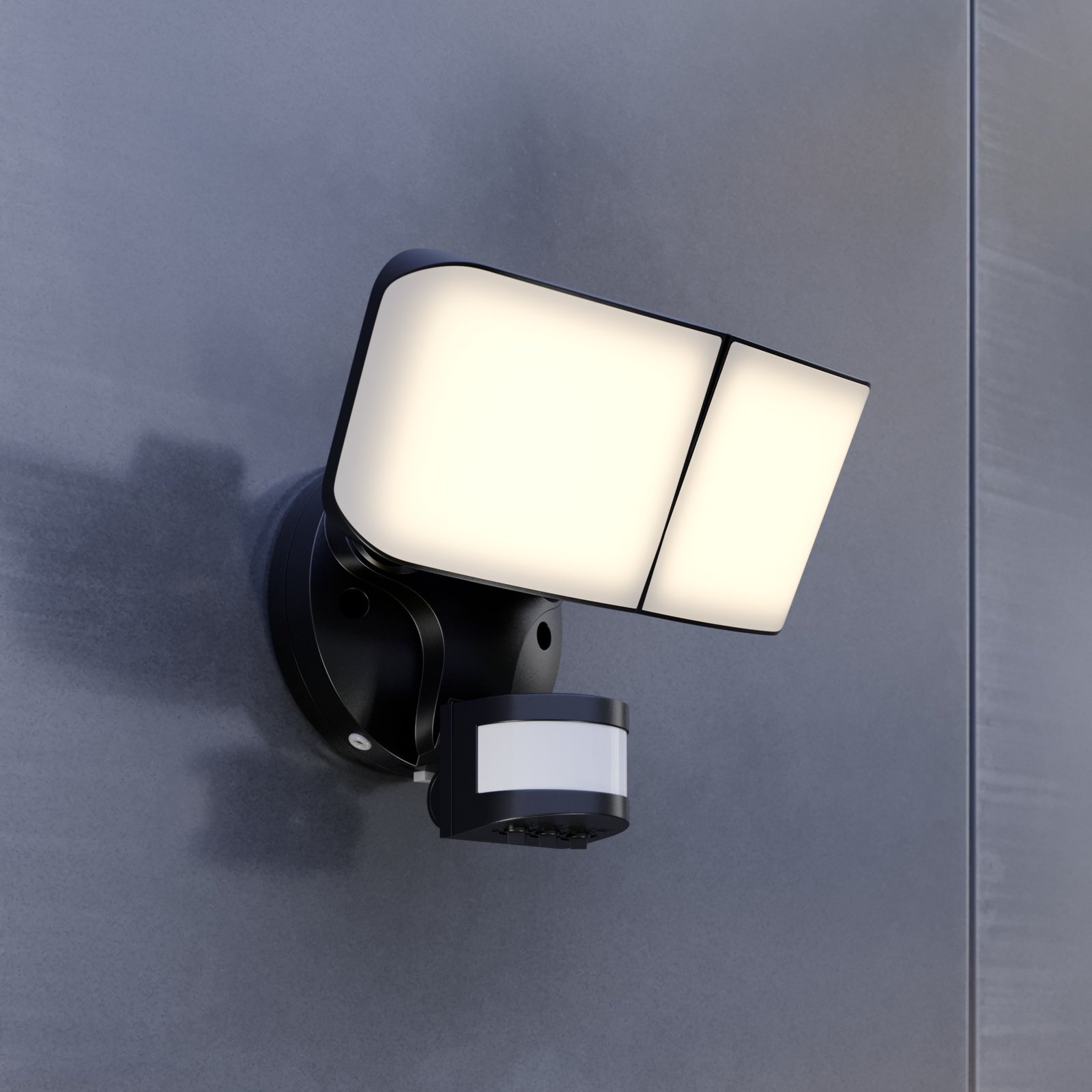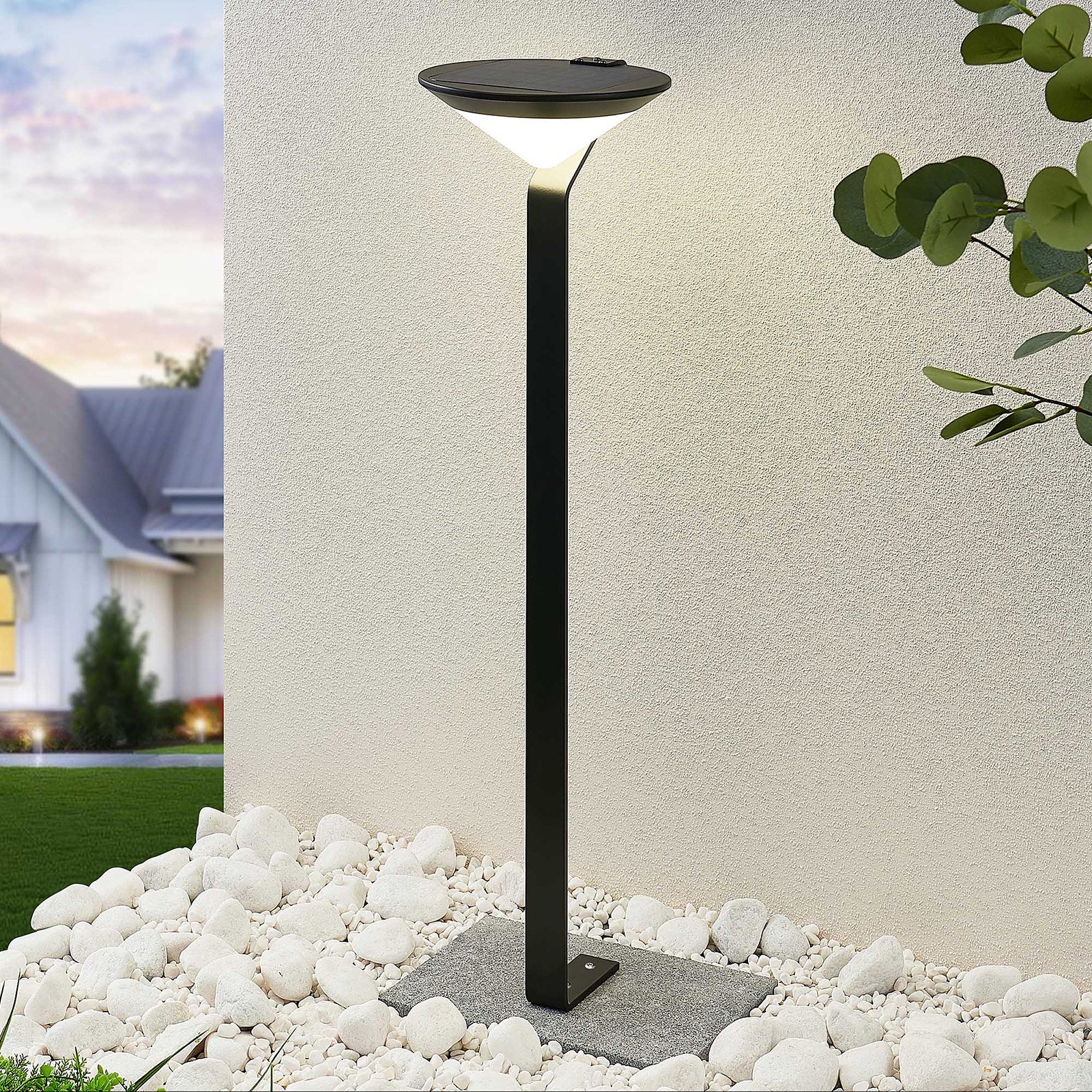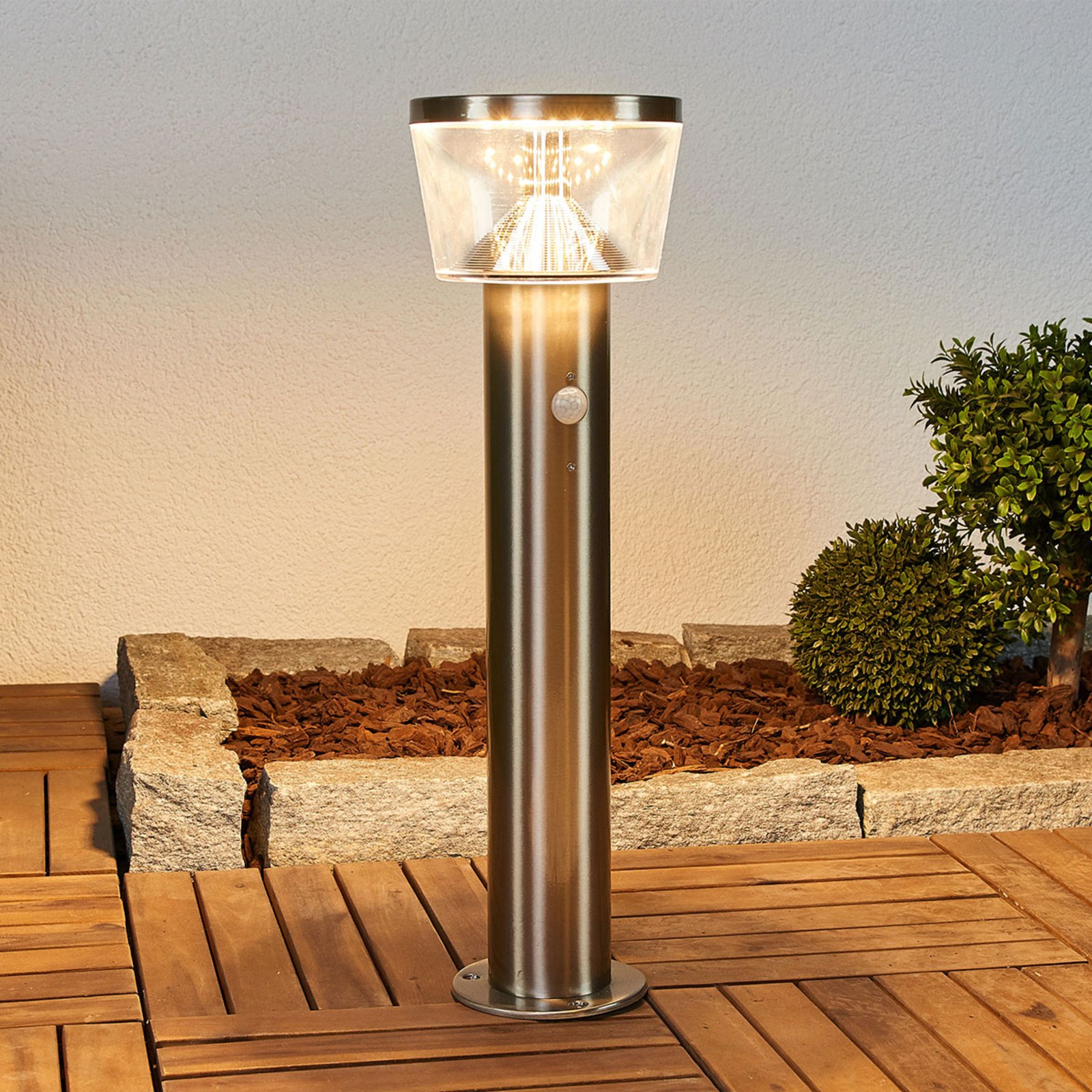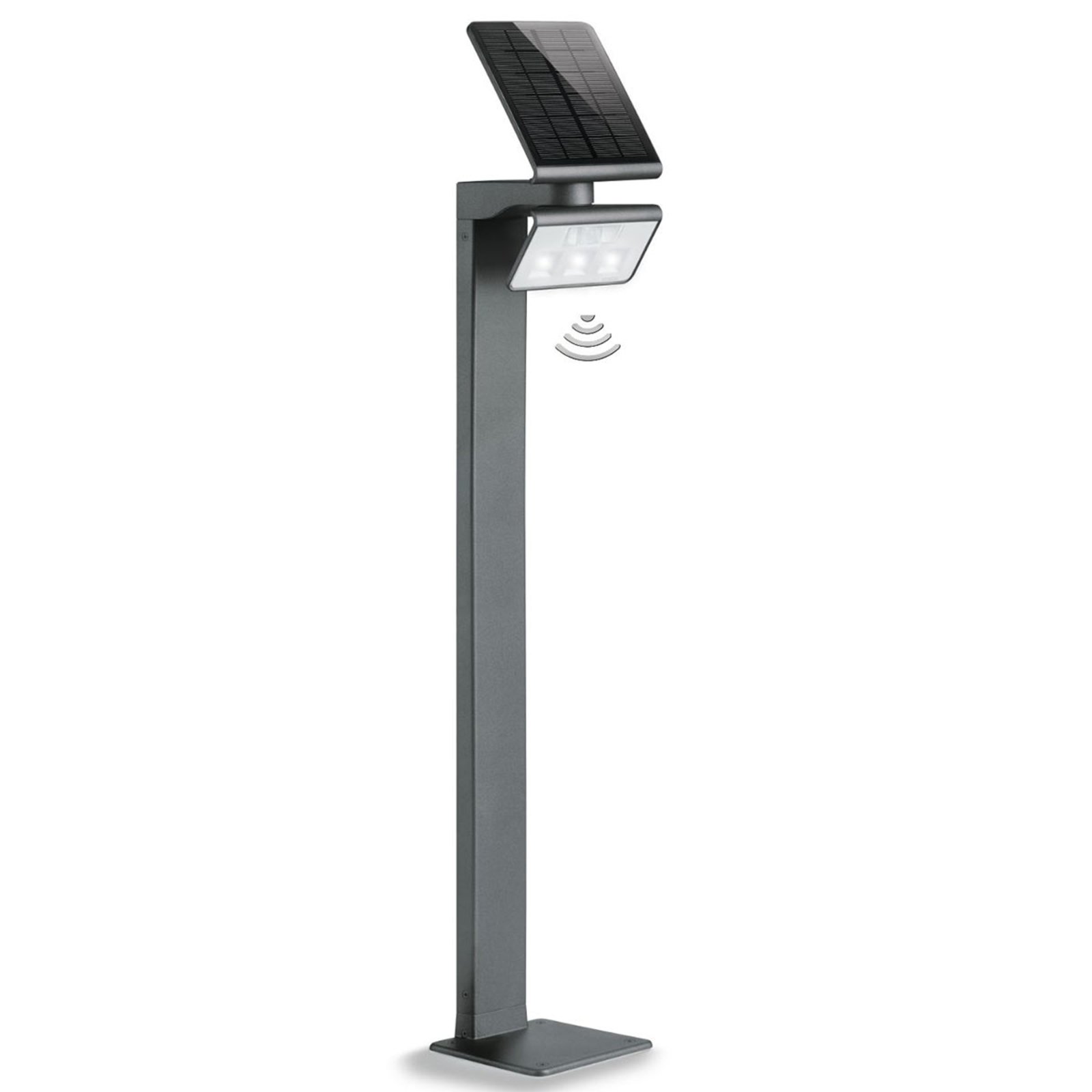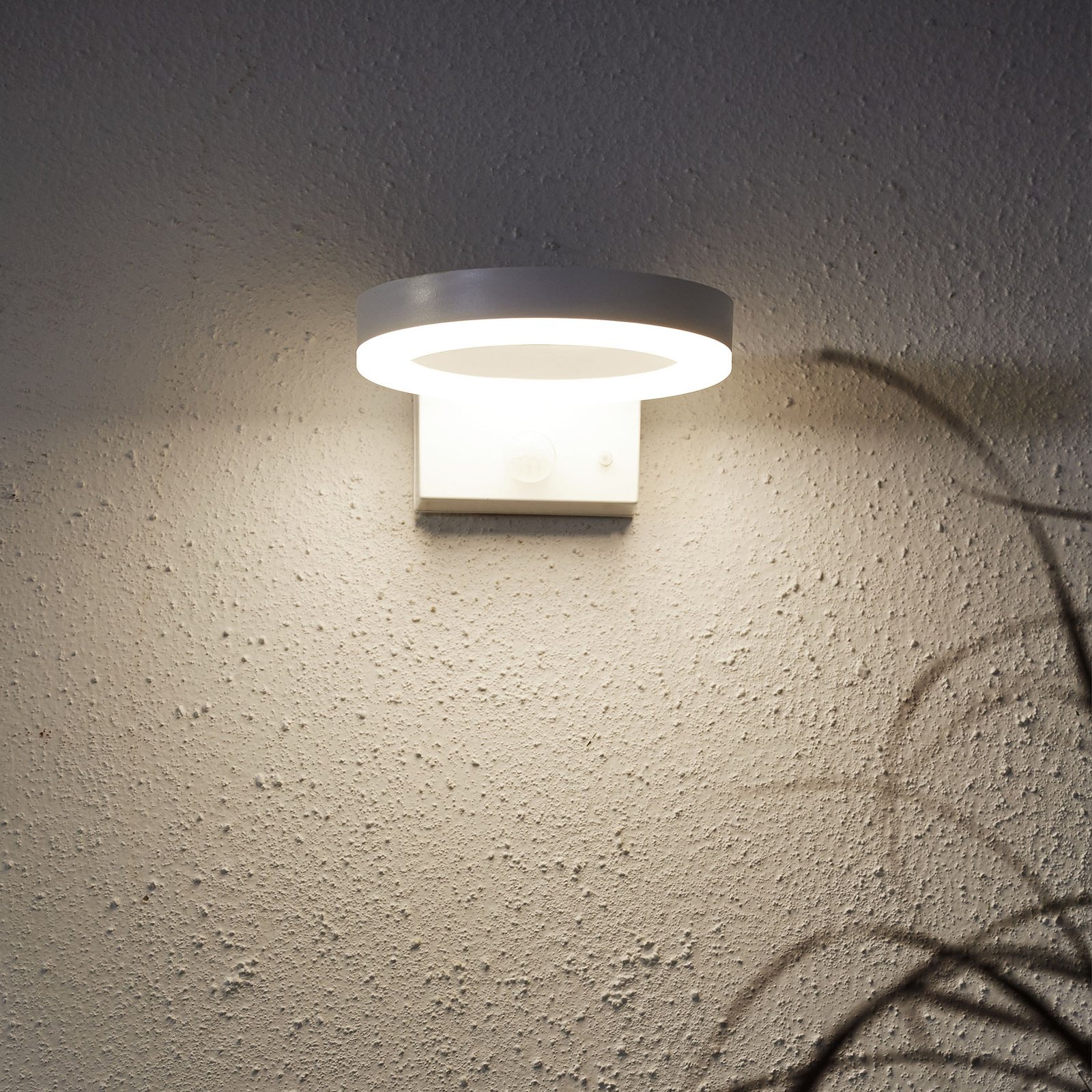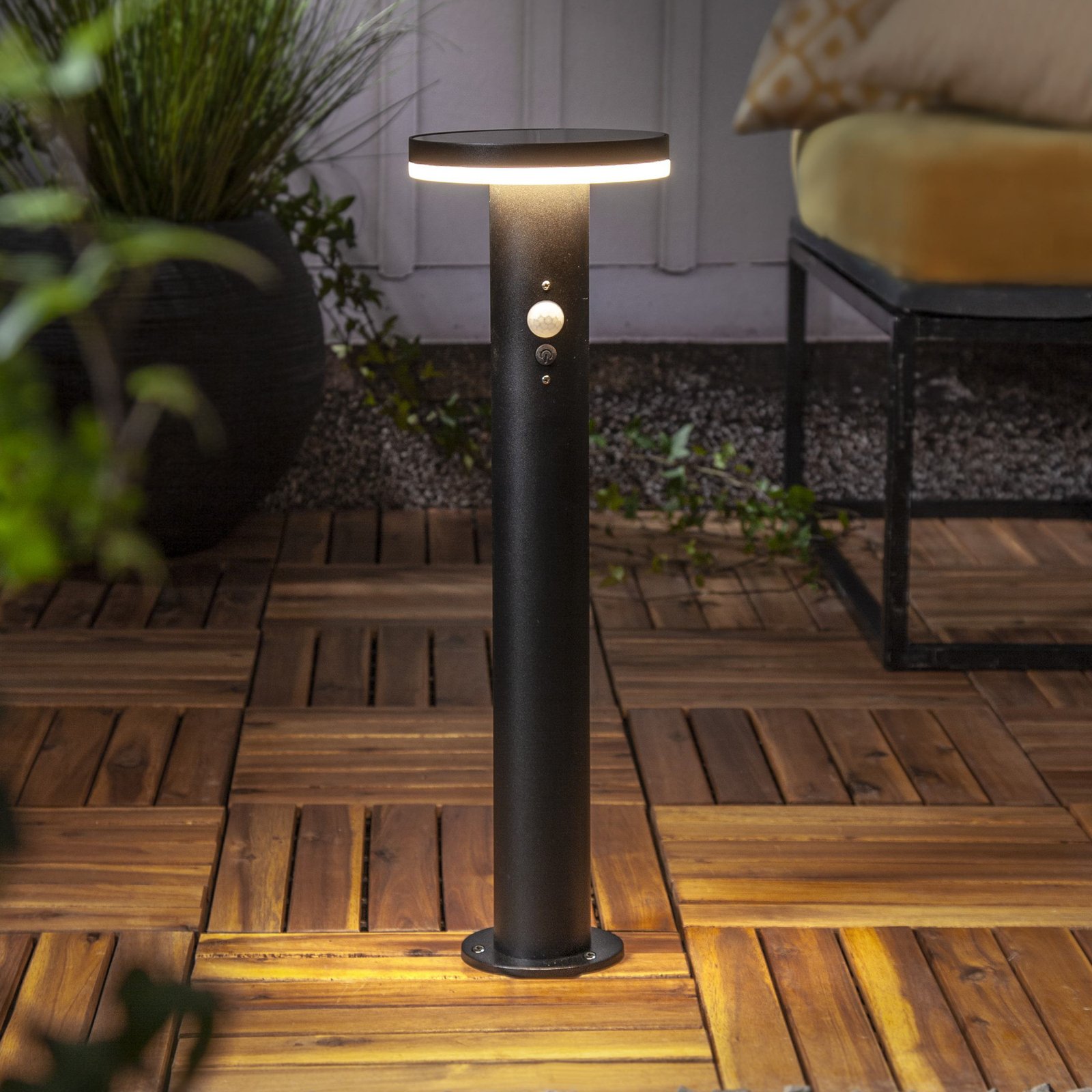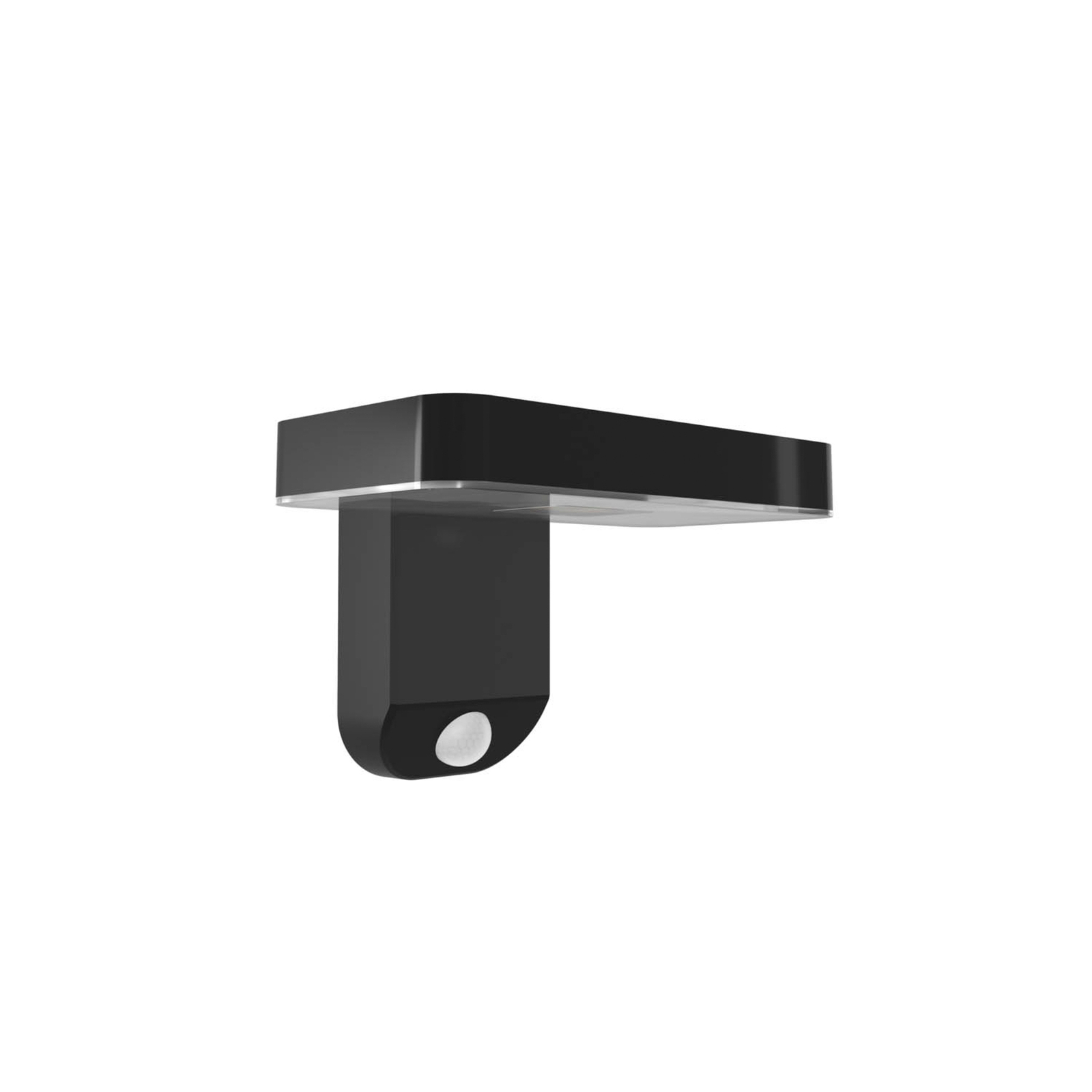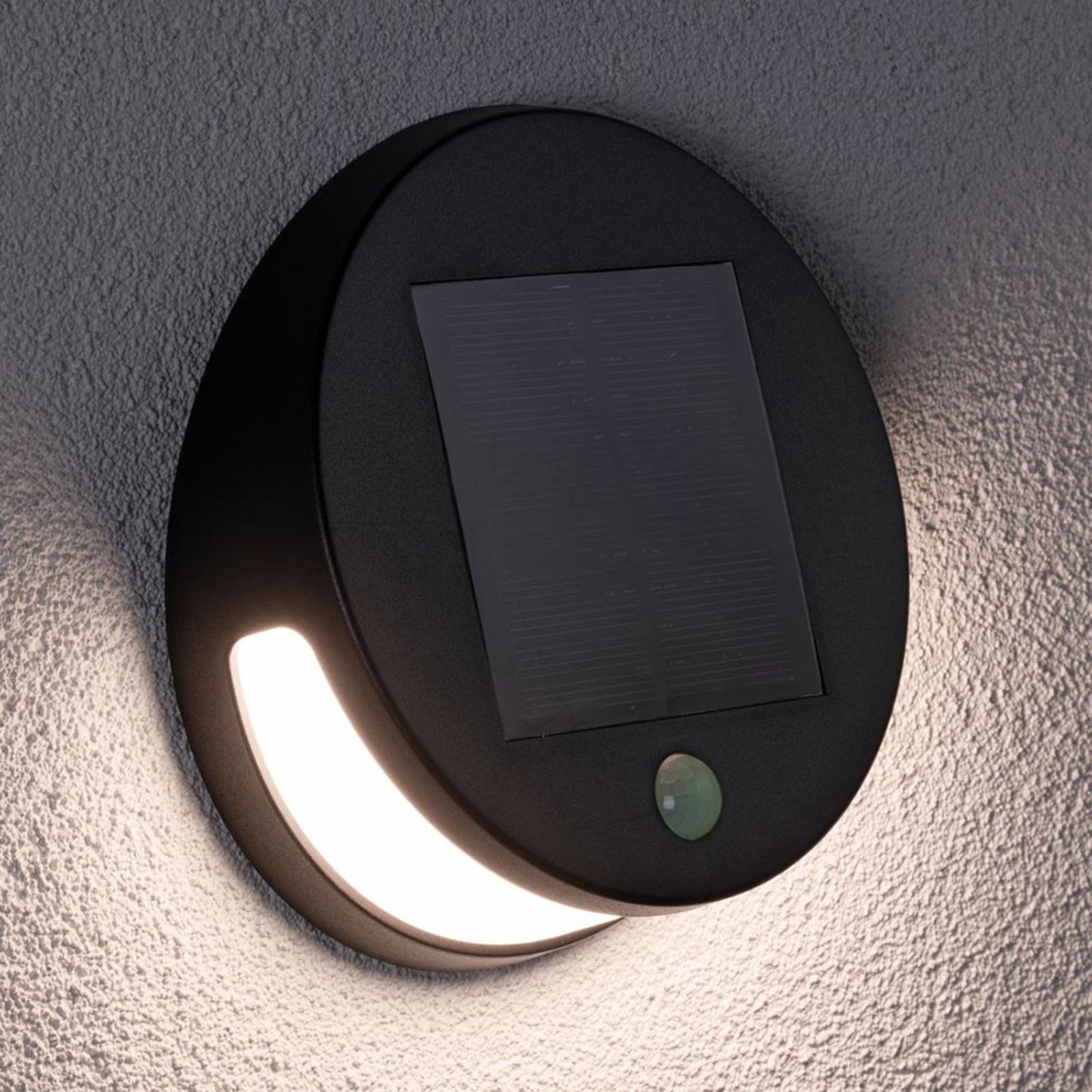- 50 days free returns
- Flexible payment options
- The UK's largest selection of brands
Extra 10% off over £89 & 13% off over £129
Solar Lights with Motion Sensors – Equally Beautiful, Twice as Practical
Solar lights are already a super practical, handy and, above all, an environmentally friendly way to ensure convenient lighting in your garden. They can safely illuminate garden paths, driveways or even entrances –solar lights can be as decorative as they are practical.
But does a motion detector really make a difference to these lights? Well, the answer is simple: they are a total dream team, because the motion sensor ensures that the lights only turn on when you need them – no sooner and no later.
:format(jpeg))
:format(jpeg))
:format(jpeg))
Where should the solar light with motion sensor be installed?
First, be sure to check that the area where you want to place your light gets enough sun – after all, if there is no sun, there’s no energy for your solar light. Of course, you need to make sure that the sun can reach the right part of your light. Ideally, the solar panels on your solar light should face south which will ensure that your light receives as much sun as possible.
:format(jpeg))
Our tip: Are you having trouble finding sun where you want your solar light to be? Don’t worry. The solar module doesn’t have to be built into the solar lamp; instead it can be connected by a cable. This means that you can install the light where you need it and can place the solar module around the corner where there is enough daylight.
Remember: Always choose the appropriate IP code for your solar light which can be easily found in the product details. This is important because, no matter where the new solar lights are installed, they will be exposed to the weather and all other environmental influences. Some lights more so, others less. An initial overview of which IP code offers what kind of protection is available in our table:
| Digit IPX4 | Solid particle protection |
|---|---|
| 0 | No protection |
| 1 | Effective against solid foreign objects ≥ 50 mm |
| 2 | Effective against solid foreign objects ≥ 12,5 mm |
| 3 | Effective against solid foreign objects ≥ 2,5 mm |
| 4 | Effective against solid foreign objects ≥ 1 mm |
| 5 | Dust protected |
| 6 | Dust tight |
| Digit IP4X | Liquid ingress protection |
|---|---|
| 0 | No protection |
| 1 | Protection against dripping water (vertically falling drops) |
| 2 | Protection against dripping water when tilted at 15° |
| 3 | Protection against spraying water |
| 4 | Protection against splashing of water |
| 5 | Protection against water jets |
| 6 | Protection against powerful water jets |
| 7 | Protection against temporary immersion |
| 8 | Protection against continuous immersion |
What kinds of motion sensors are there and how do I set them up correctly?
First of all, motion sensors are actually quite different from each other, even though each one is intended to make your life a little easier by automatically turning your lights on and off as you need them. The general term motion sensor encompasses a range of different technologies. The best-known type of motion sensor – used outside in the garden and therefore in solar lamps – is infrared technology (also called PIR -passive infrared - sensors). This motion detector uses a pyrosensor to react to changes in heat radiation within the specified detection range.
This detection range can vary from light to light. It’s best to check the detection range and angle in the product description to find the one that is best for your garden. For example, a detection angle of 120 degrees is usually enough for path lights. Furthermore, it is easy to customise the angle of motion sensors lights with covers.
Do solar lights with motion sensors also use modern LED technology?
Of course! Do you want a reminder of the advantages of LEDs? Here they are:
Modern LEDs...
Save 90% electricity in comparison to traditional light bulbs and 60% in comparison to halogen bulbs
Provide 100% brightness as soon as they are switched on
Have excellent light quality in colour rendering and colour temperature
Are very compact and enable slim designs
:format(jpeg))
:format(jpeg))
Can you get stainless steel solar lights with motion sensors?
There are solar lamps with motion sensors available in various materials and one of those is, of course, stainless steel which is an ideal material for outdoor use:
Stainless steel is very stable
It’s less susceptible to corrosion
Stainless steel is temperature-resistant
Stainless steel is easy to clean
:format(jpeg))
:format(jpeg))
:format(jpeg))
How long will the battery last?
Battery life varies greatly from model to model. How long the solar light can shine depends not just on the type of solar light, but also on the quality of the battery and the bulbs as well as on the solar energy that is absorbed during the day.
Are there solar lights with a motion sensor and a ground spike?
Have light not just when you need it, but also exactly where you need it - even if this means changing its location often. You think that’s not possible? Well, we’re telling you it is. You just need a solar light with a motion sensor and a ground spike.
Did you already know this? For lights with motion sensors, you should always use LEDs as they immediately shine at 100% brightness. Of course, traditional bulbs and halogen bulbs can do this too, but they are no longer an option because they’re banned. Compact fluorescent lamps are no good either because they have a start-up time and no one wants a motion detector that only lights up when it’s too late!
Do you still have questions about solar lights with motion sensors? Then just use our contact form to send us a message. Or if you’d prefer to discuss your questions one-on-one with one of our specialist consultants, please call us at 020 3514 3658.
The strike-through prices correspond to the manufacturer's RRP.
All prices include 20% VAT, delivery costs excluded.










































